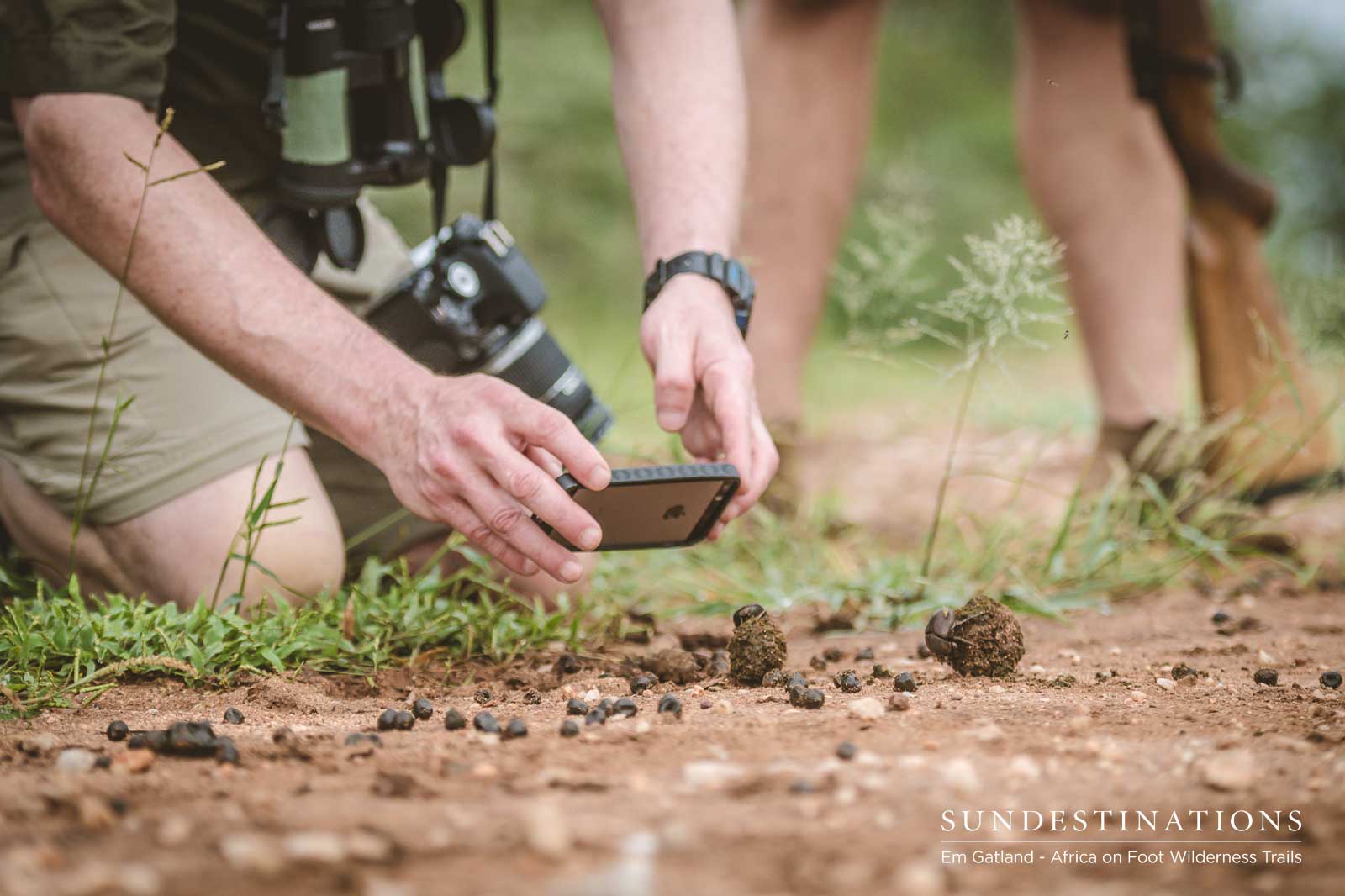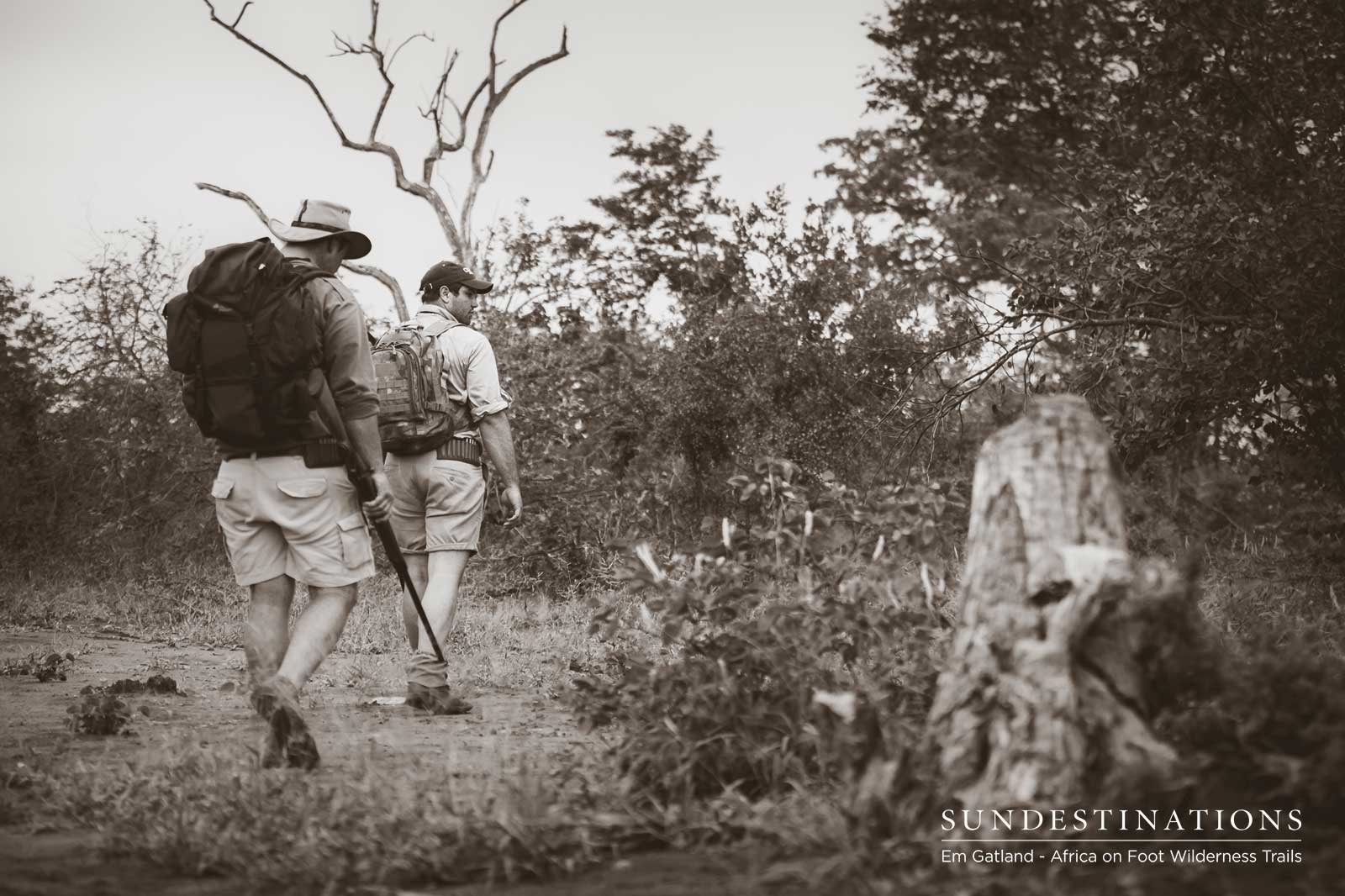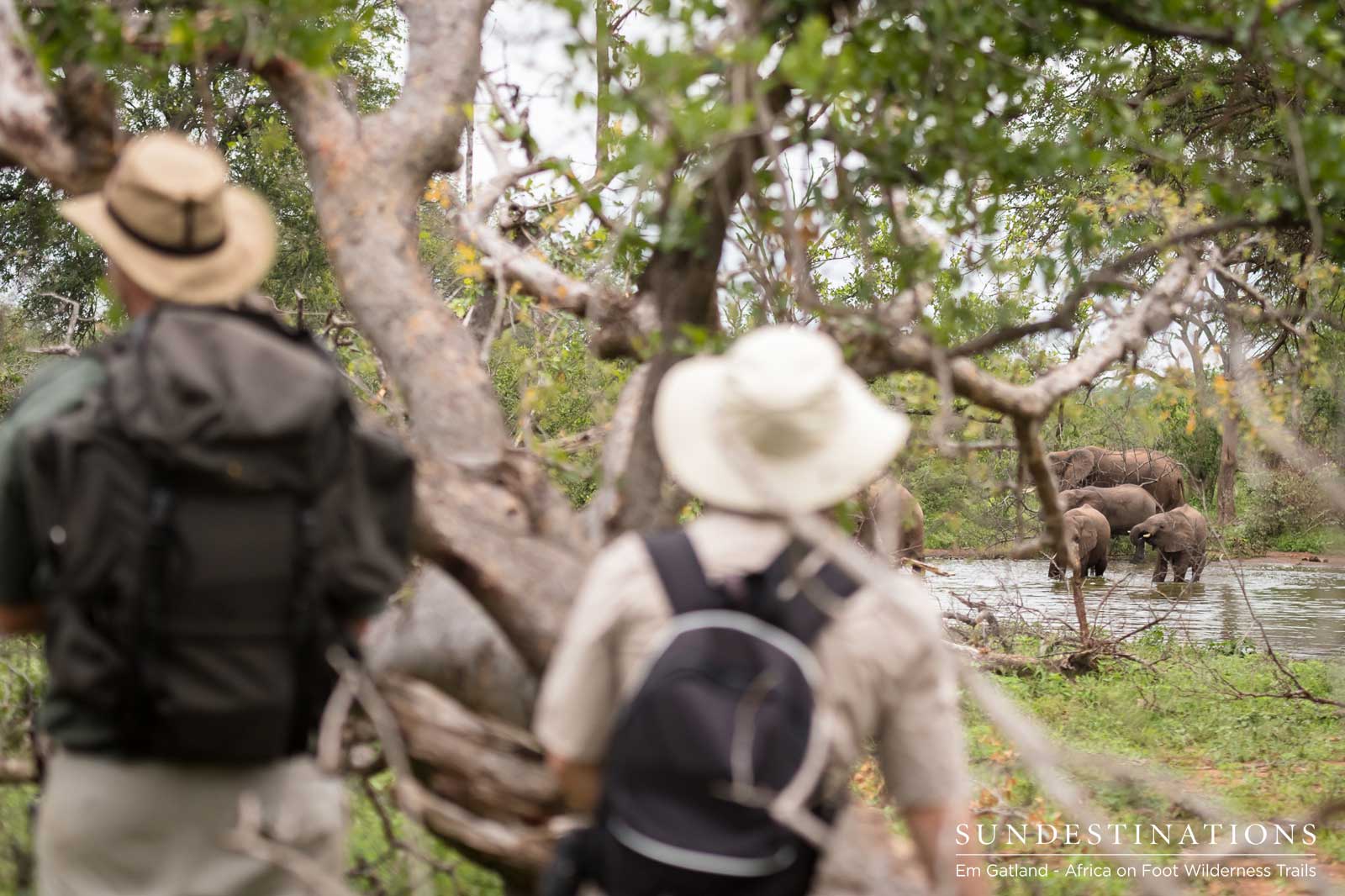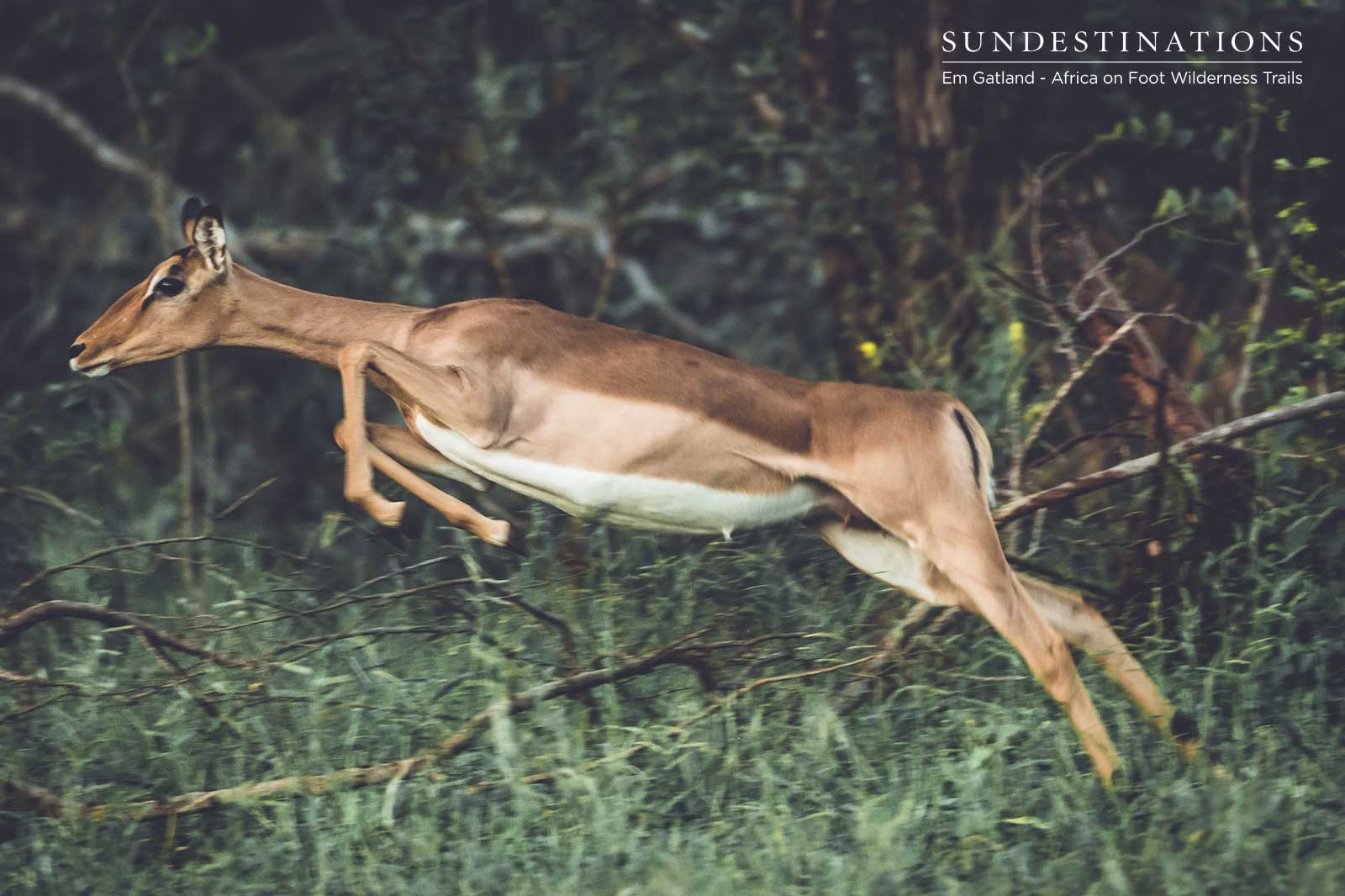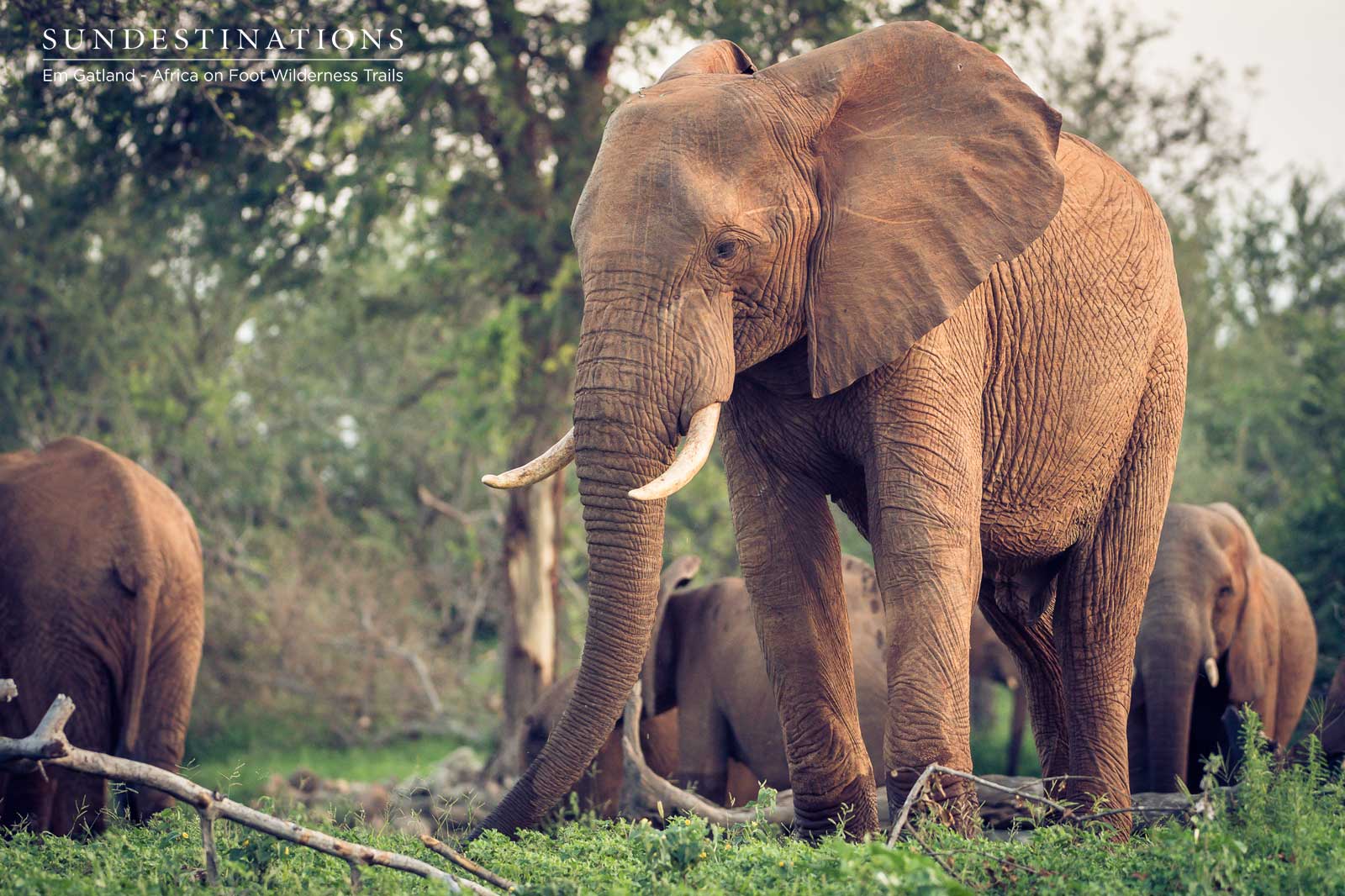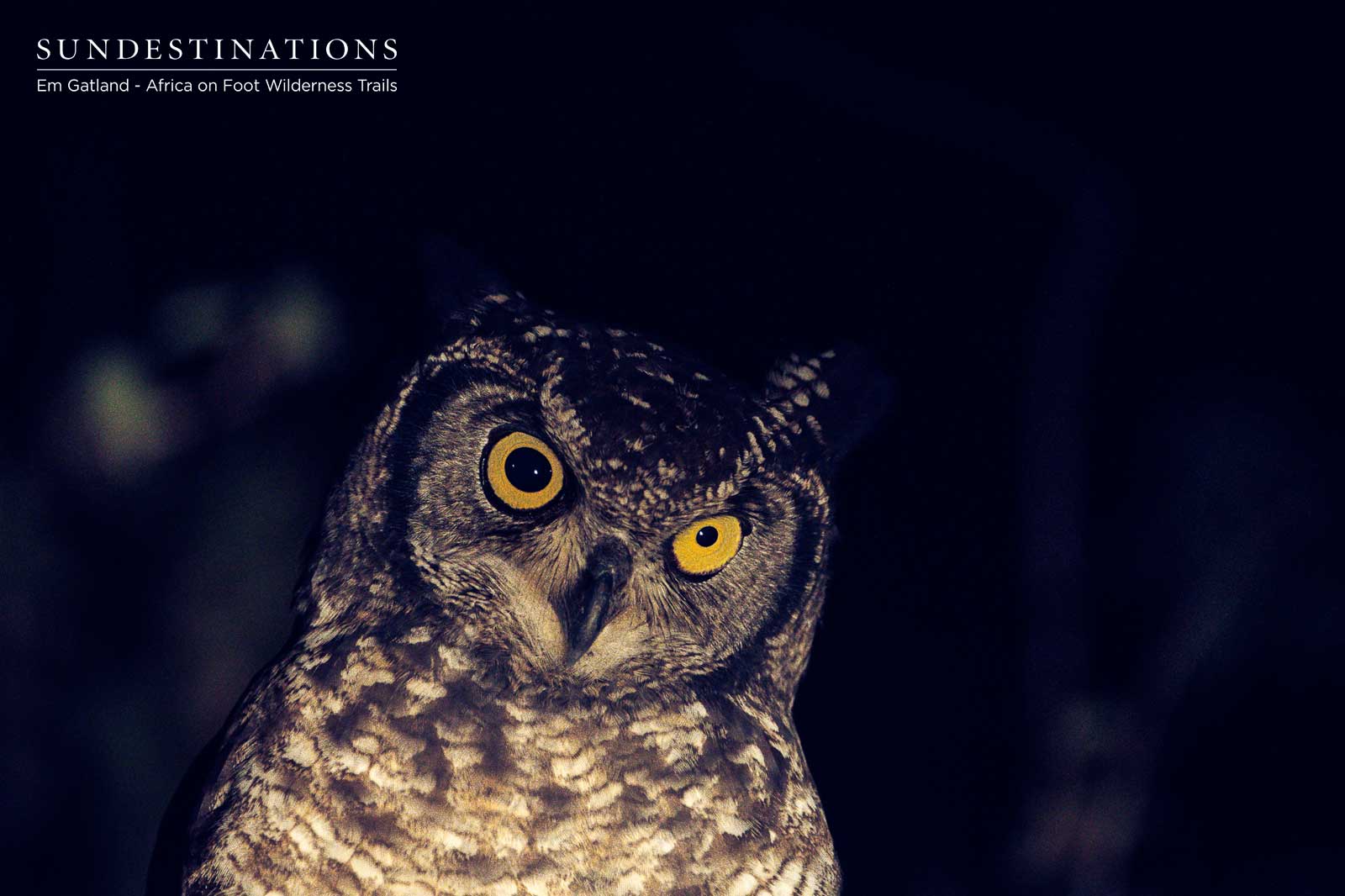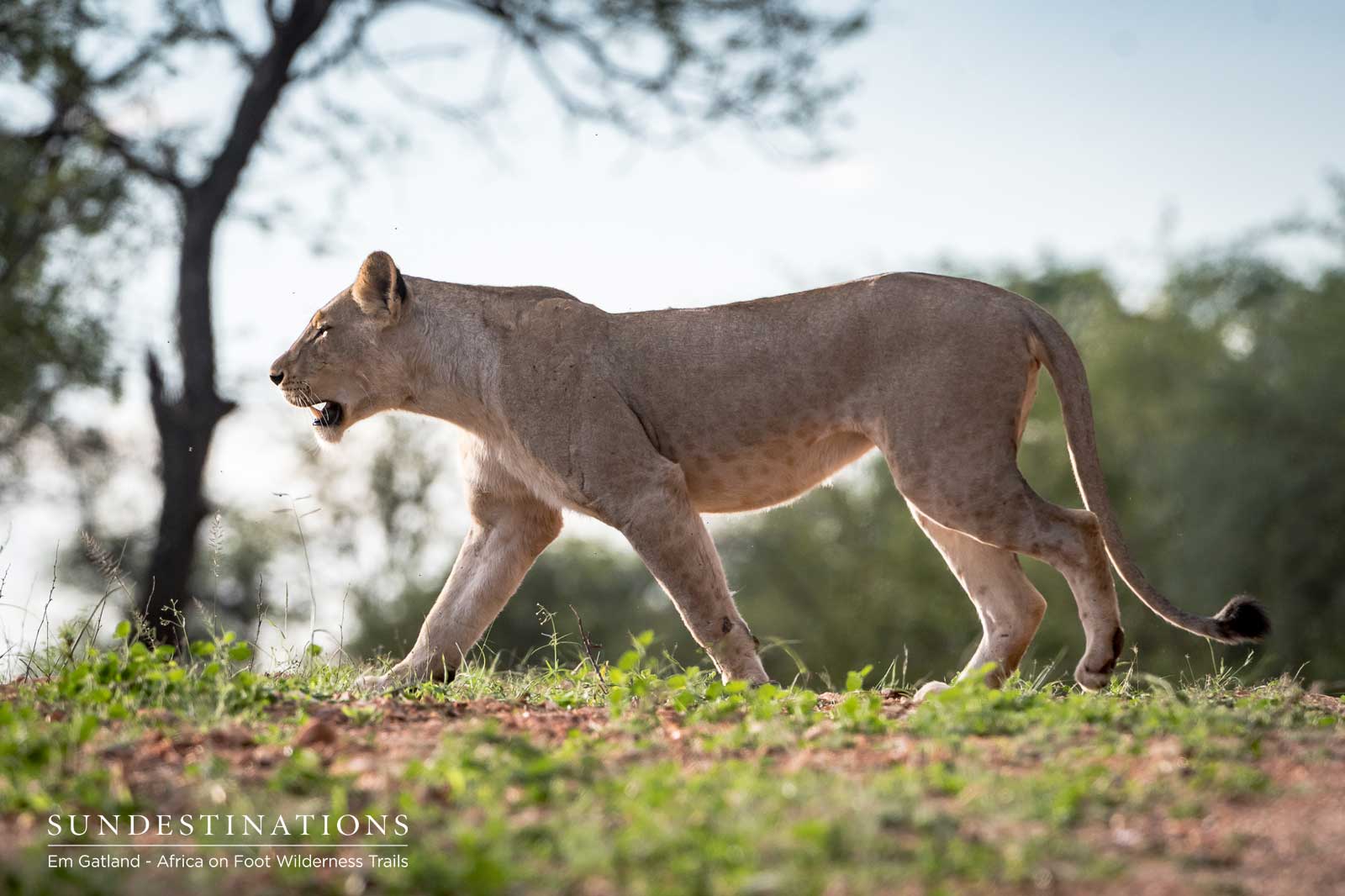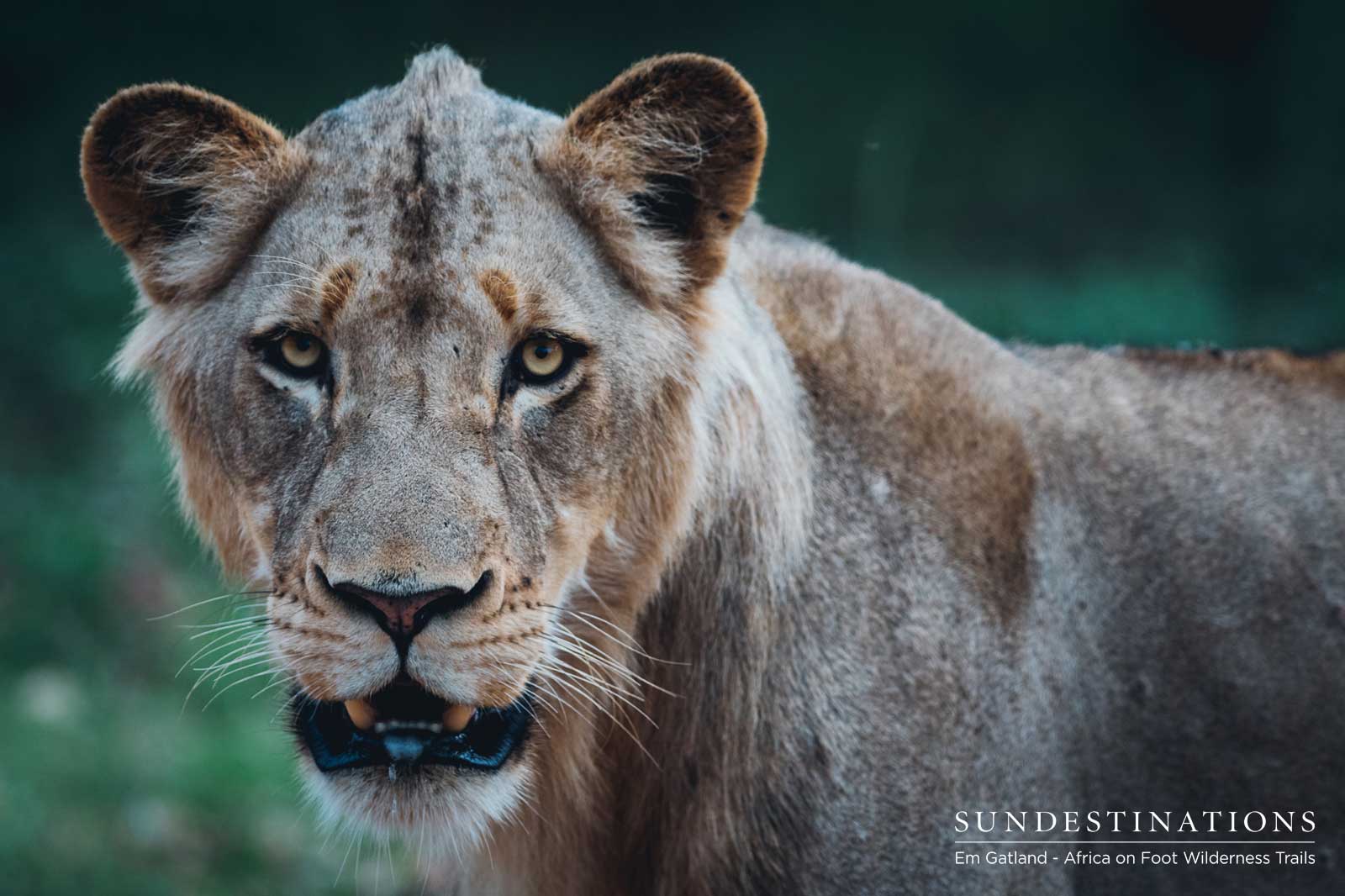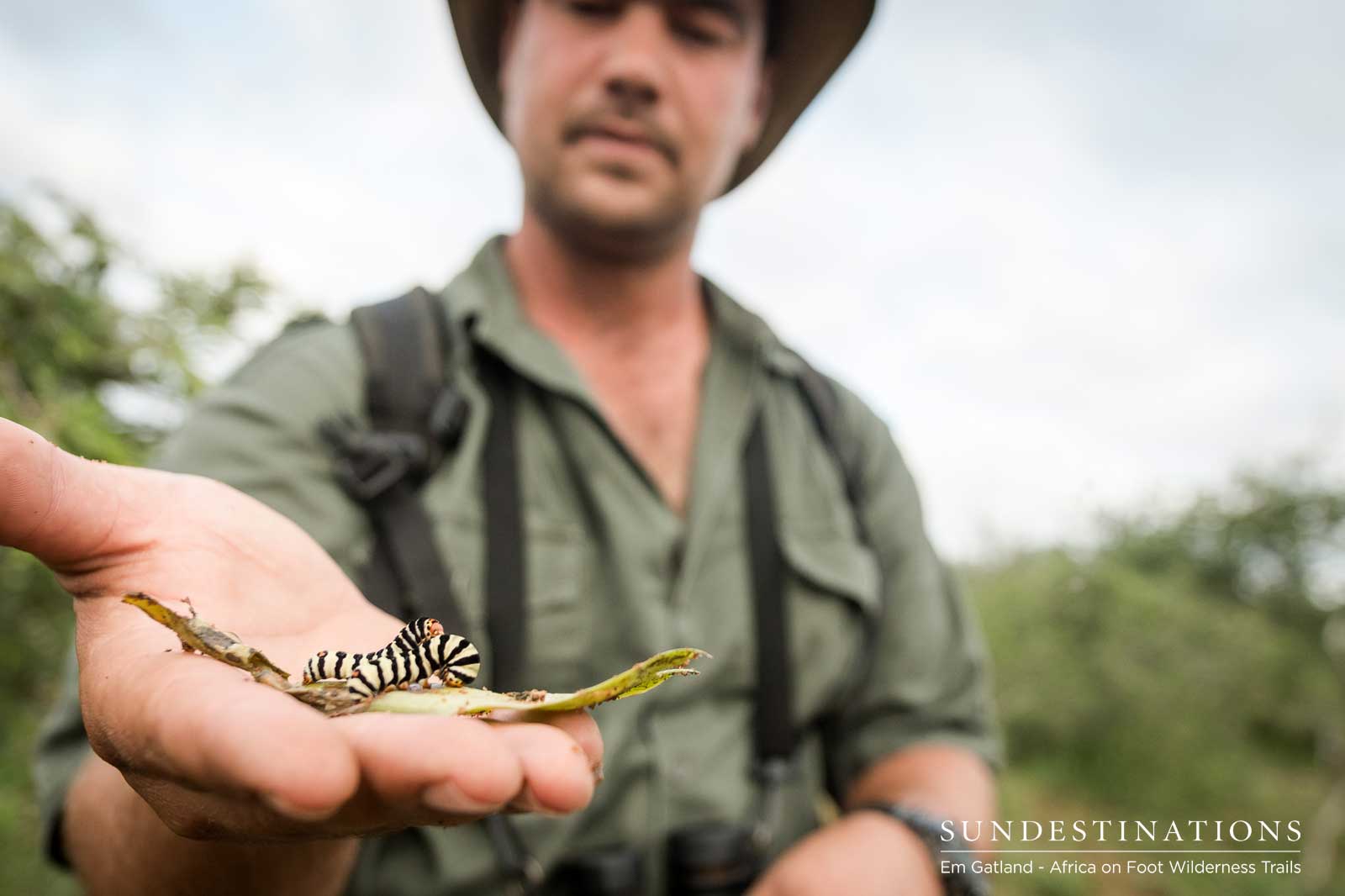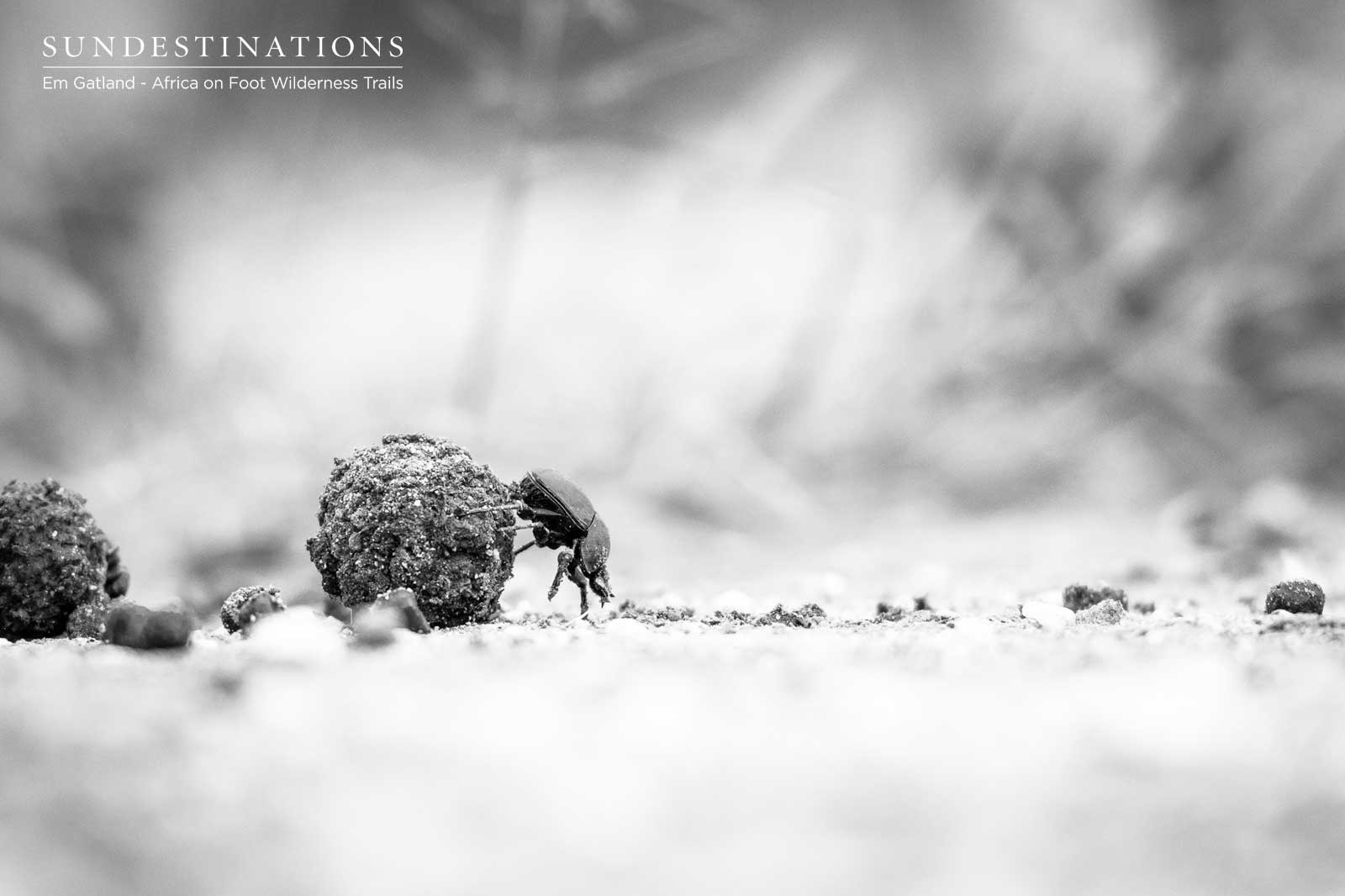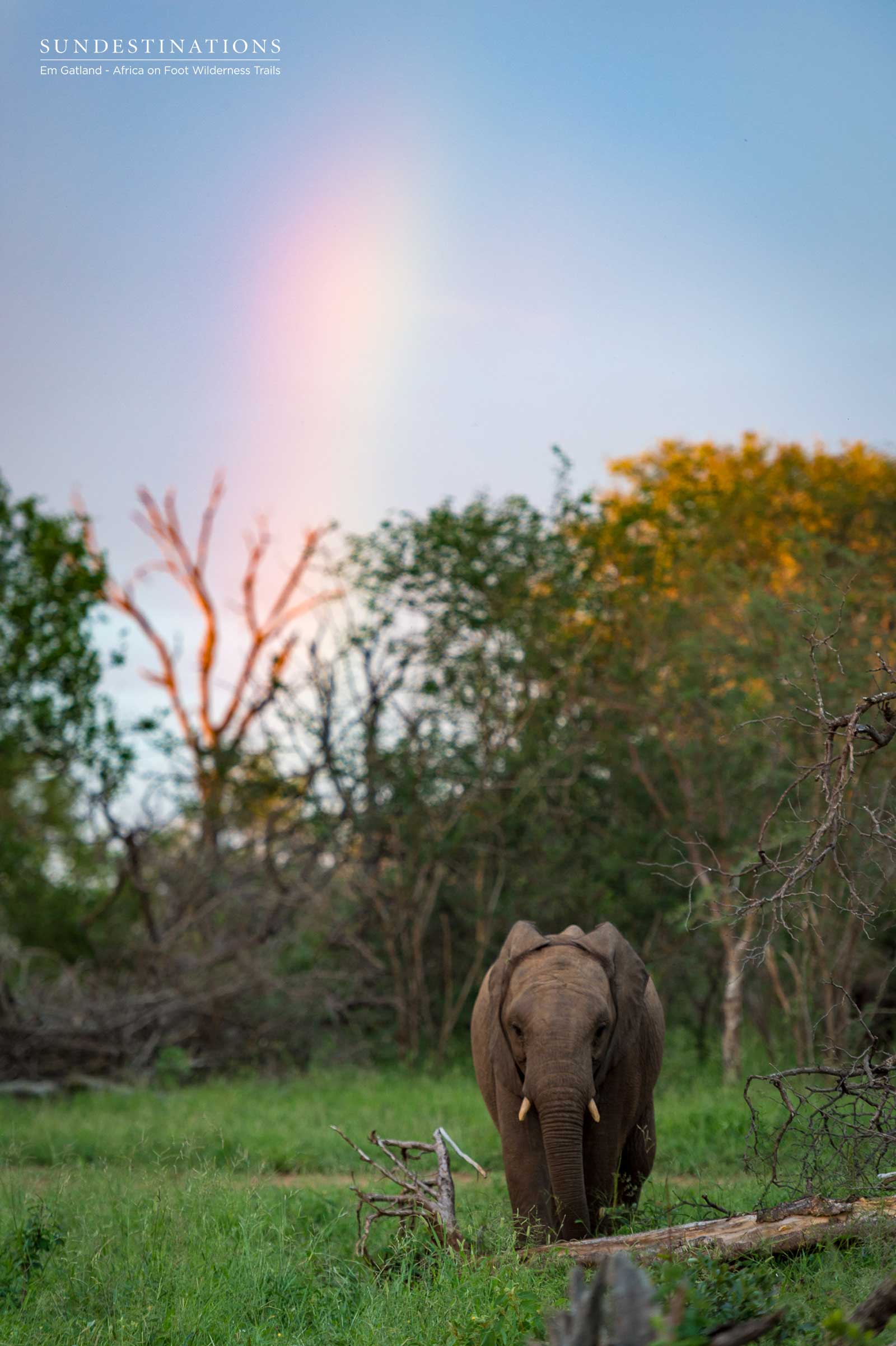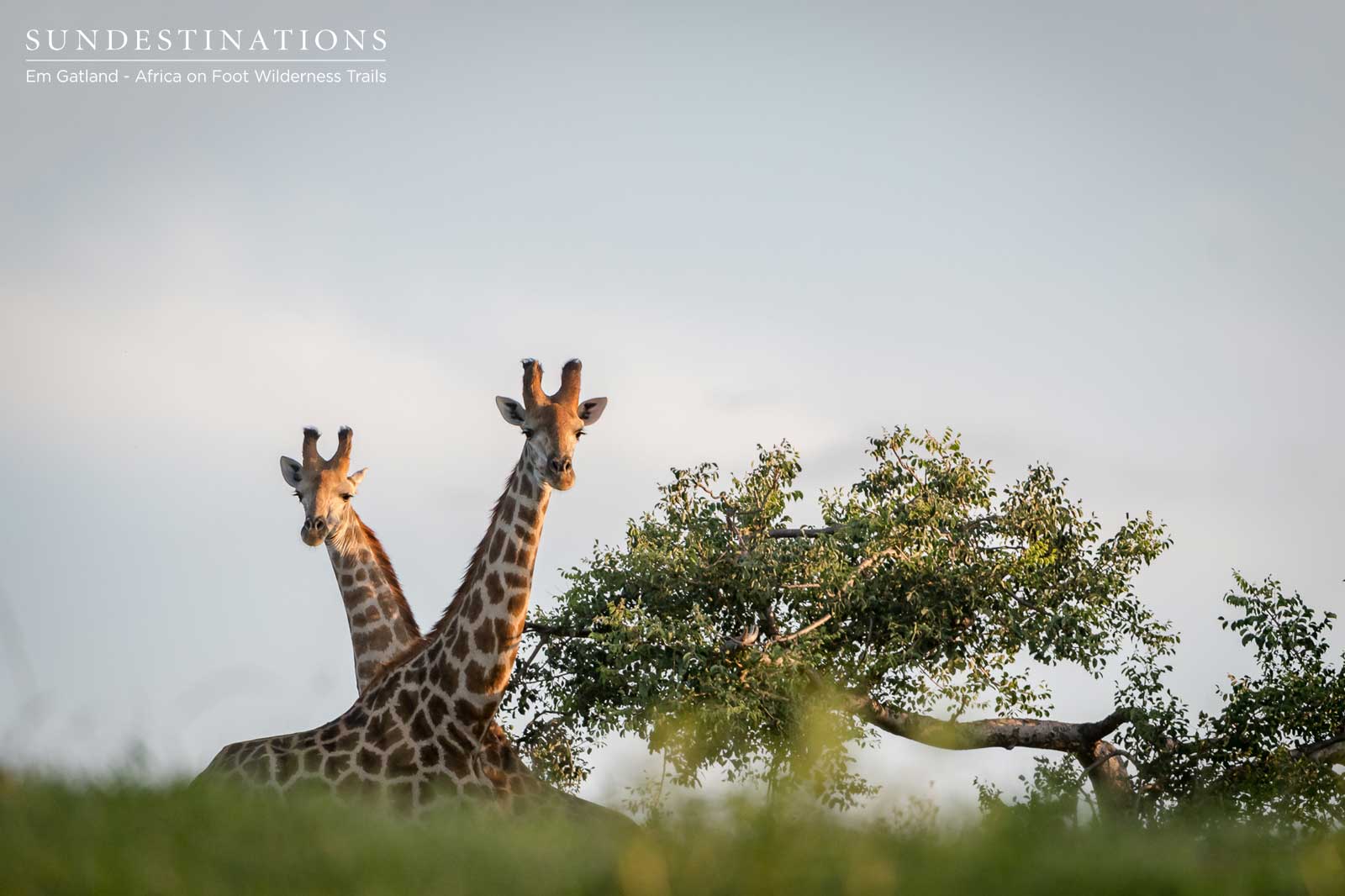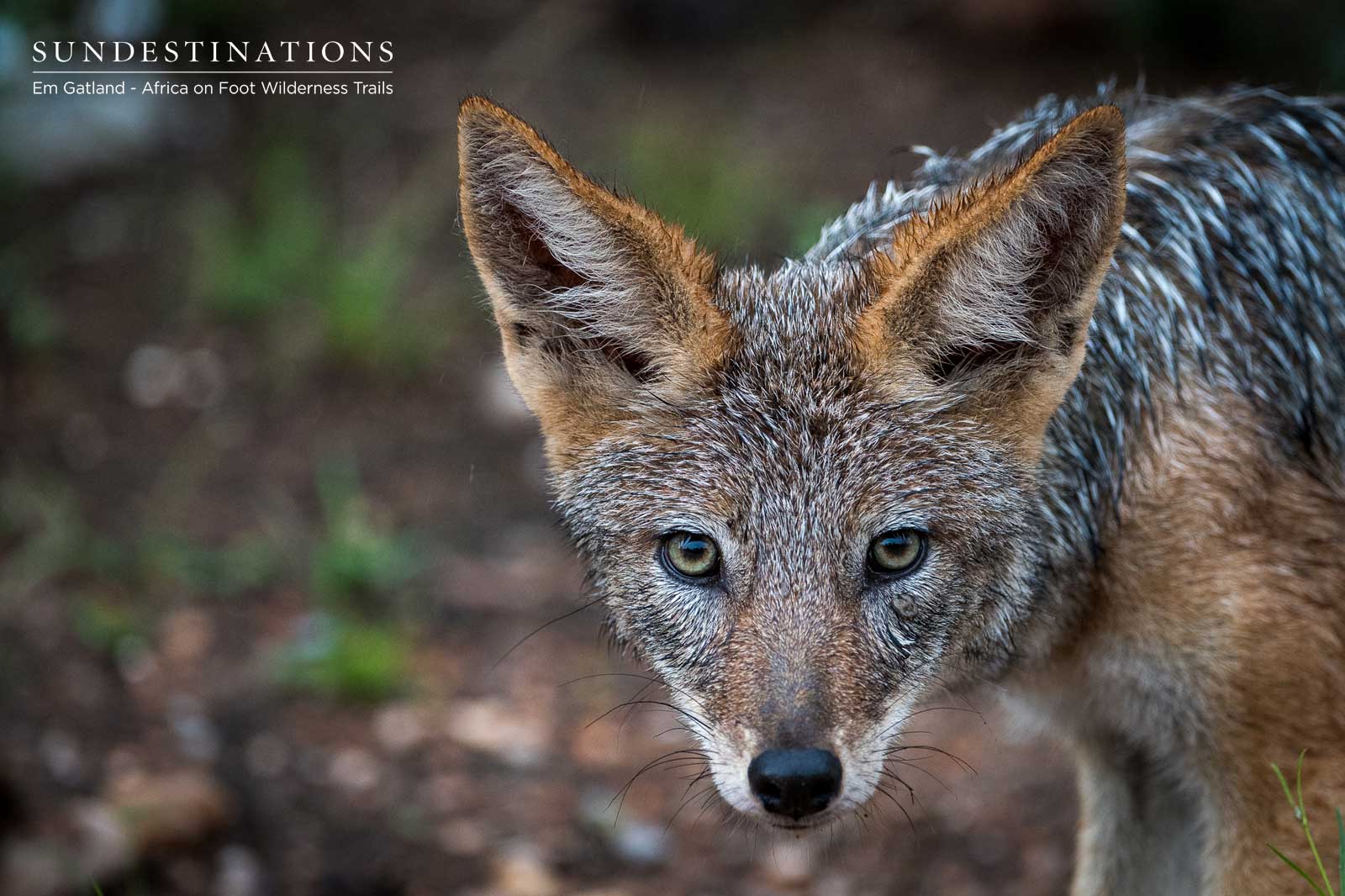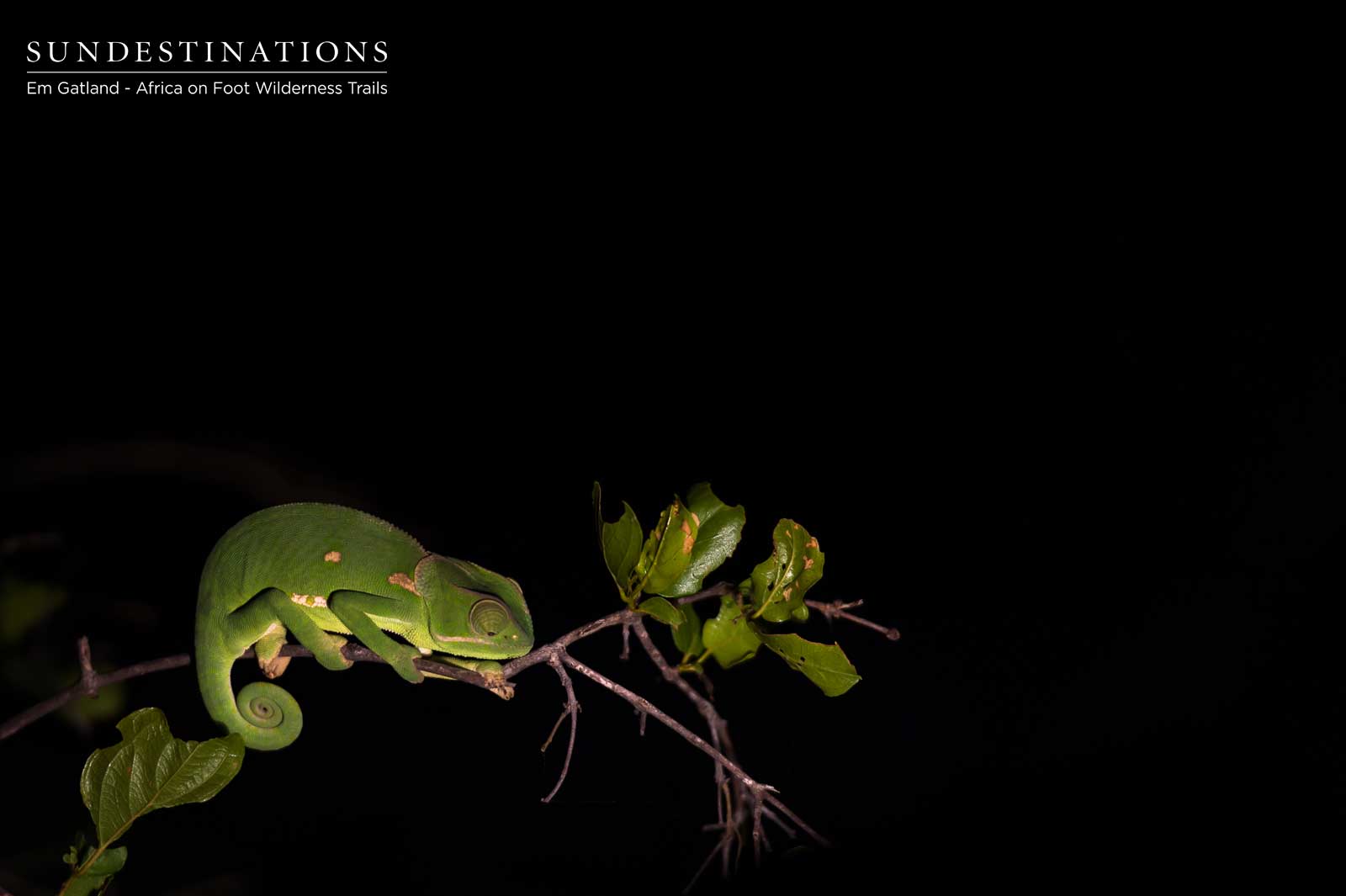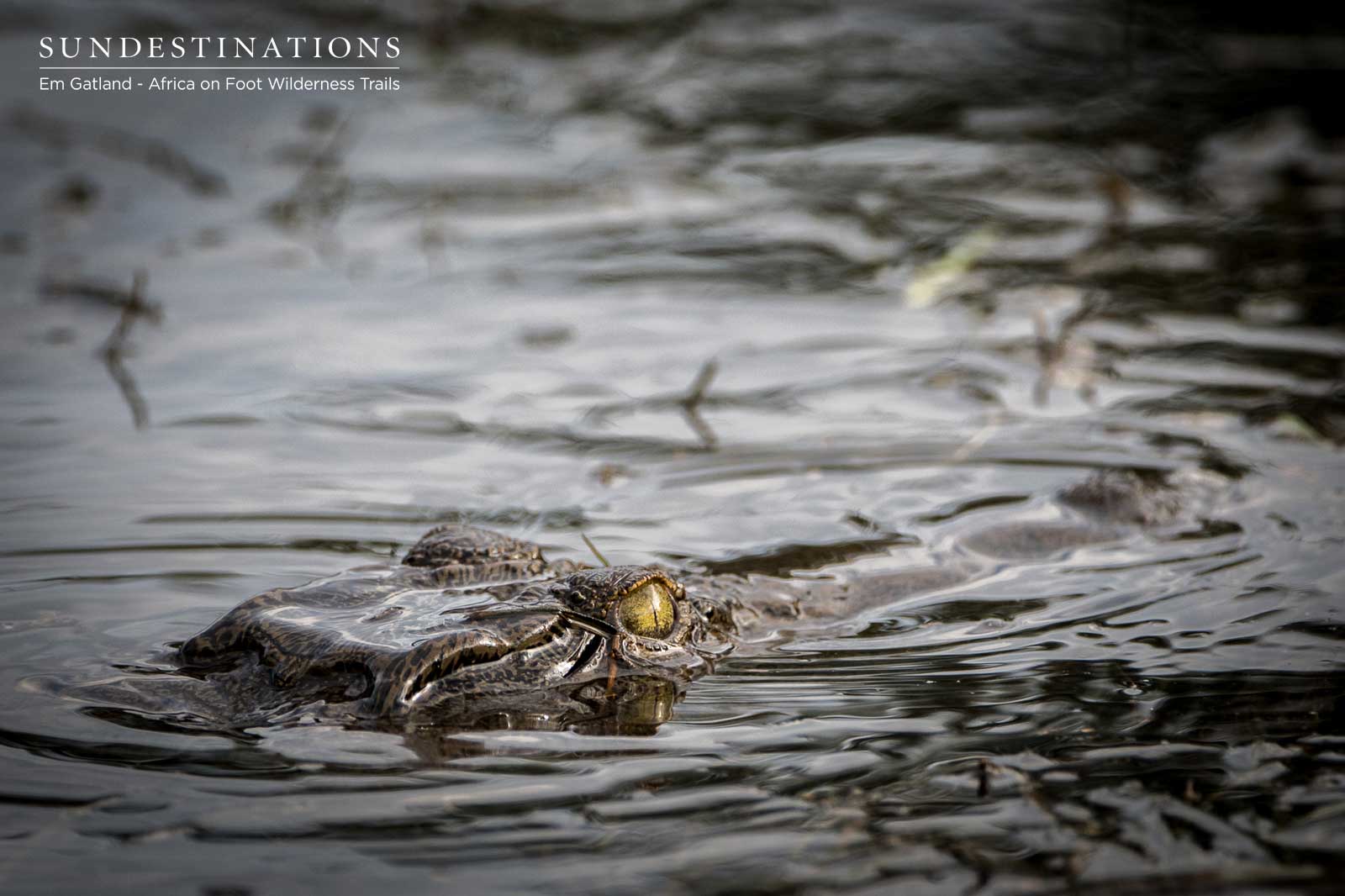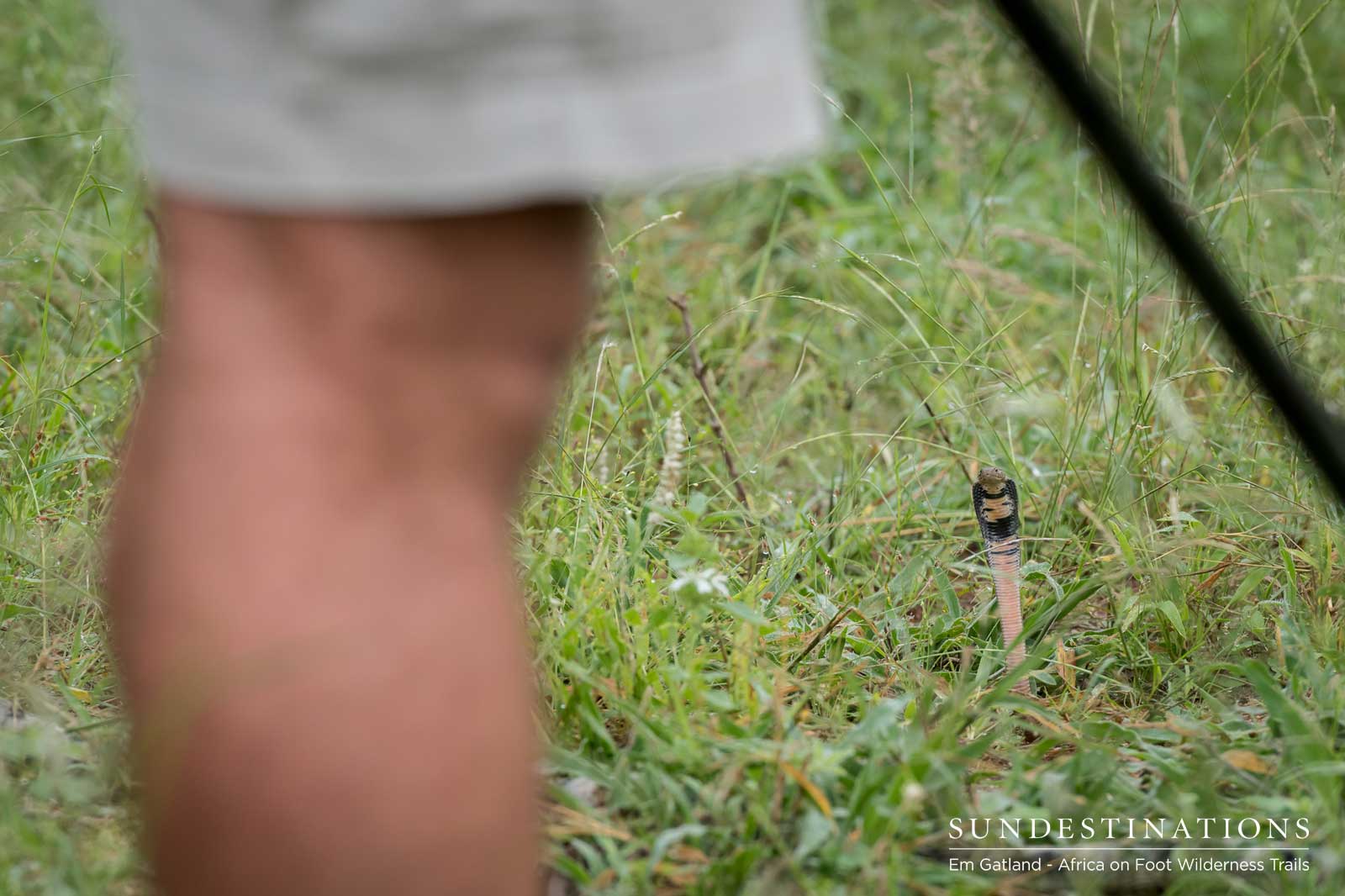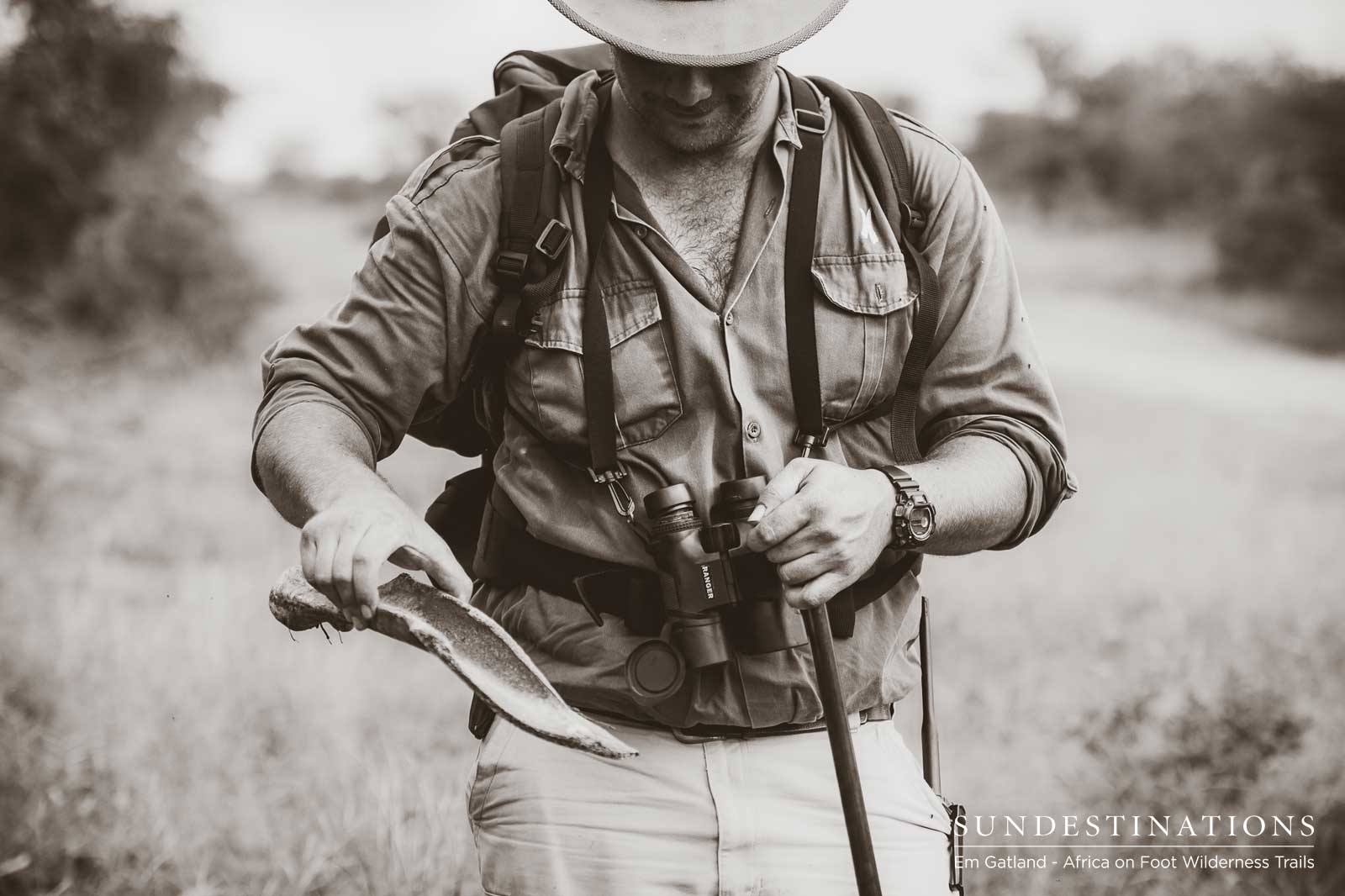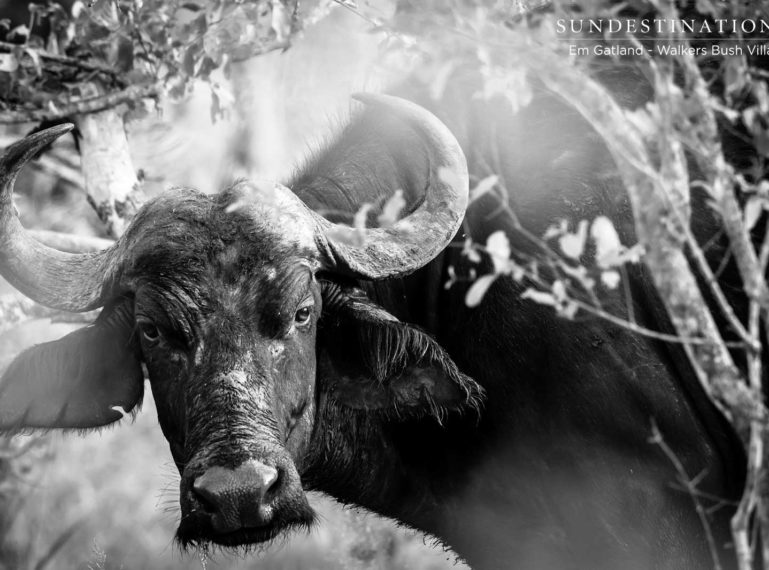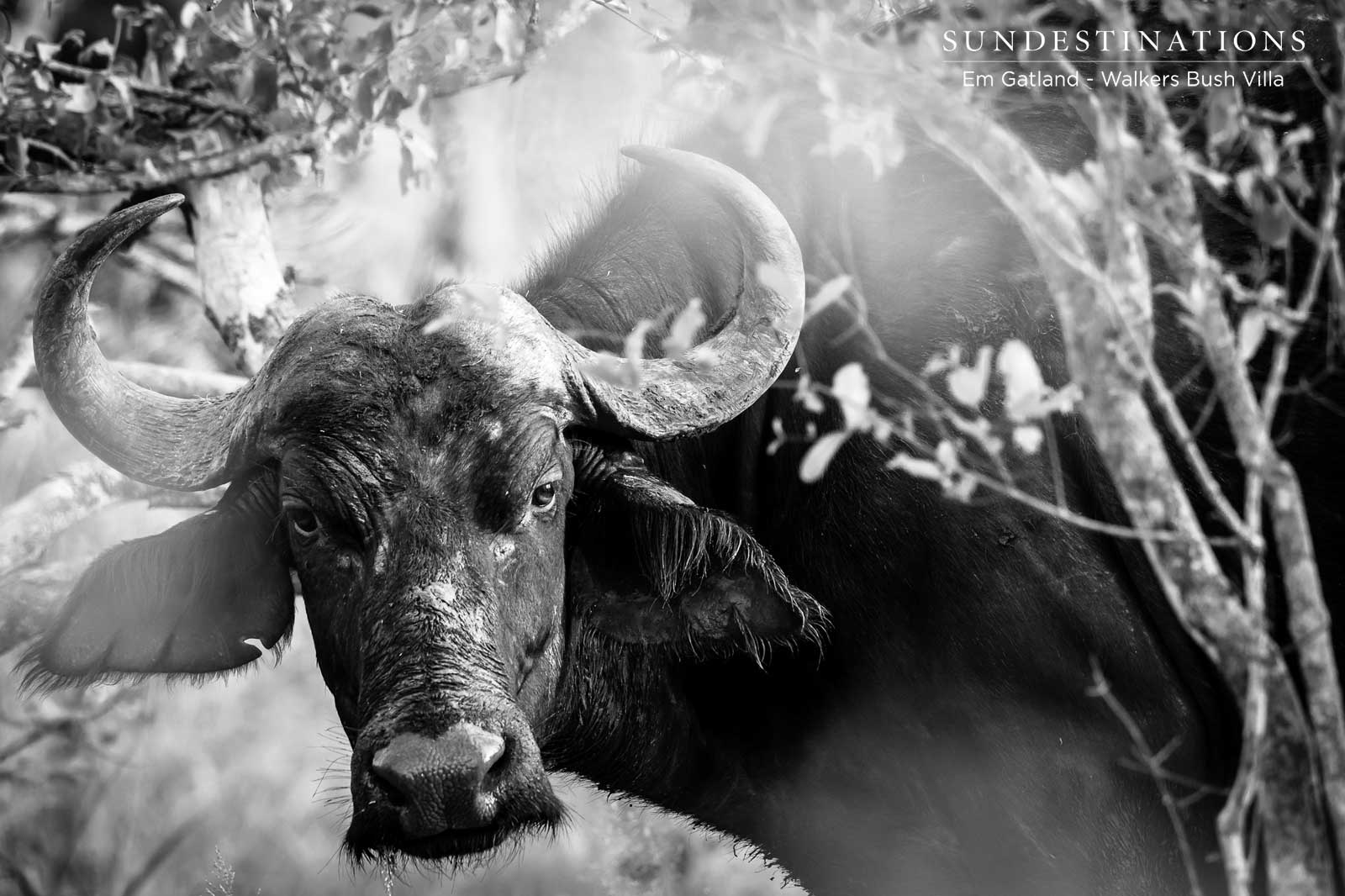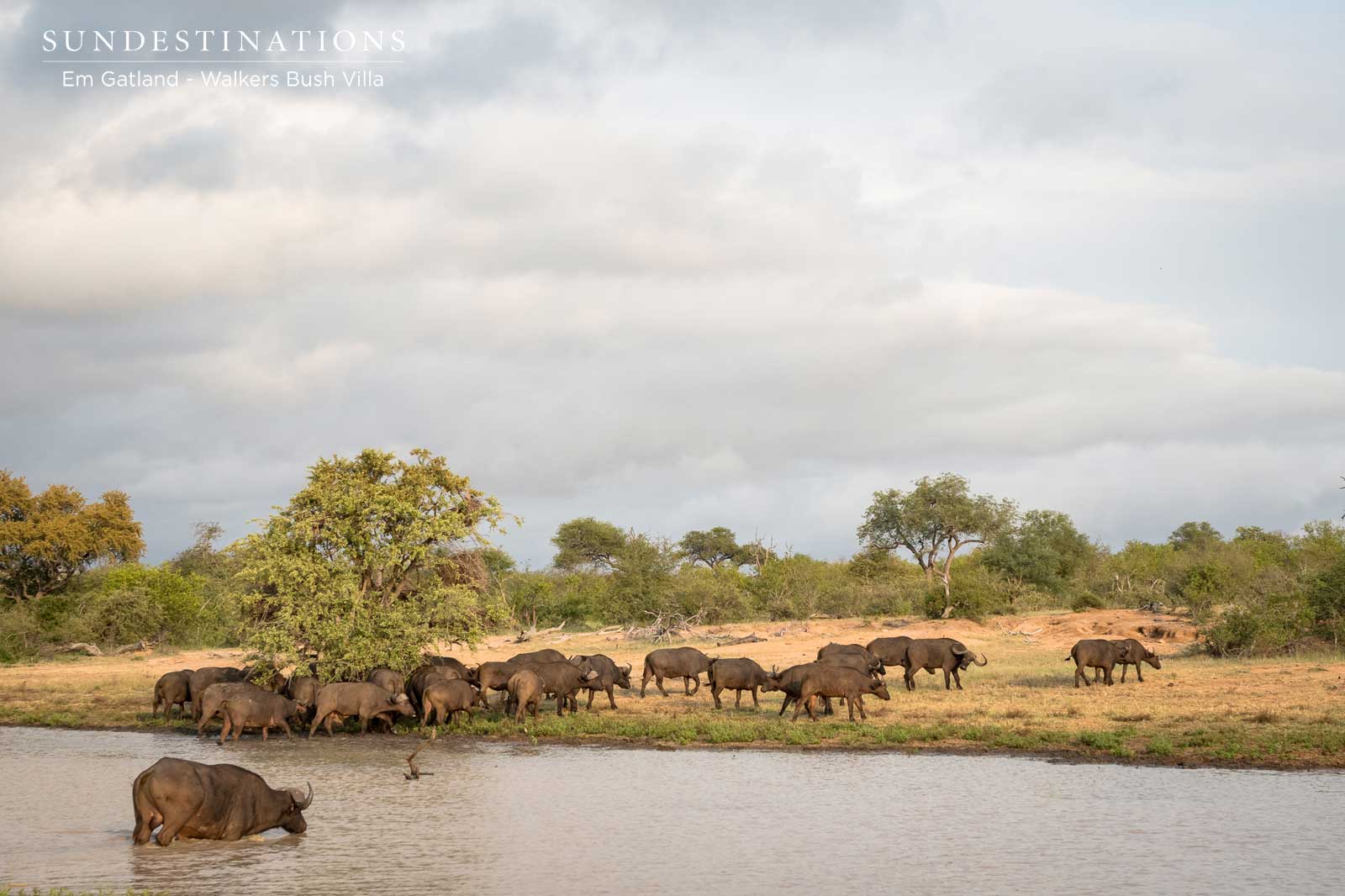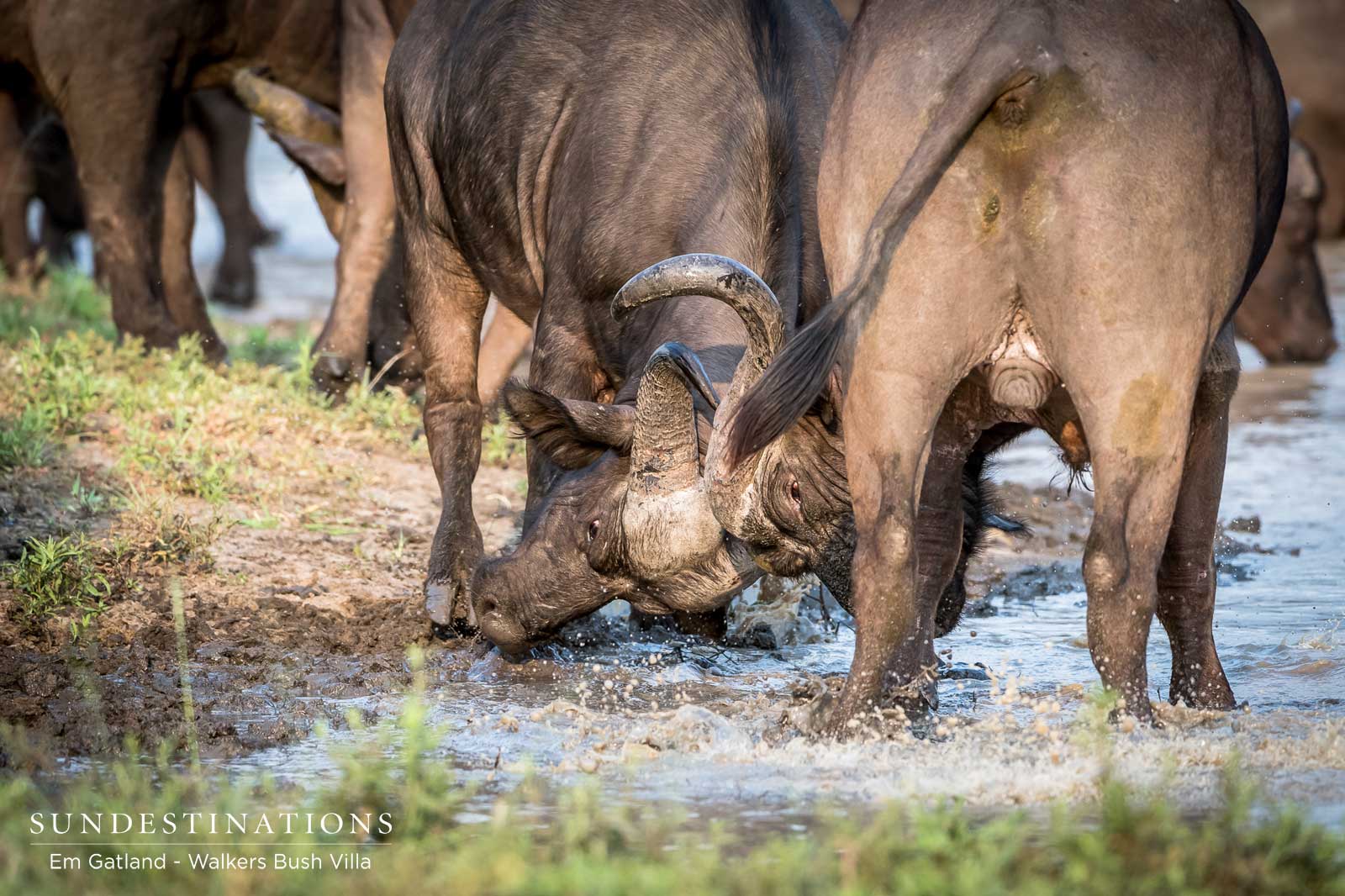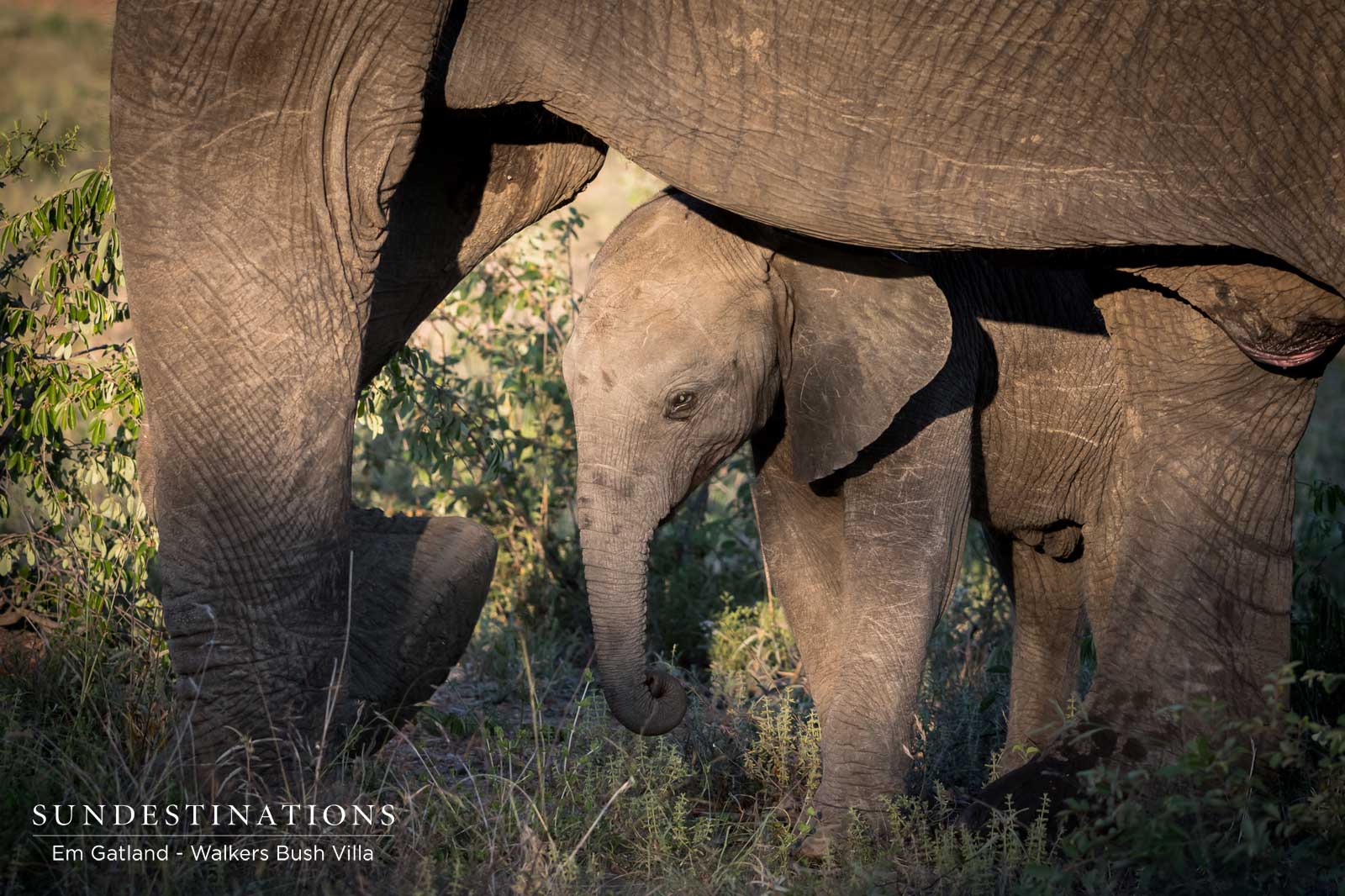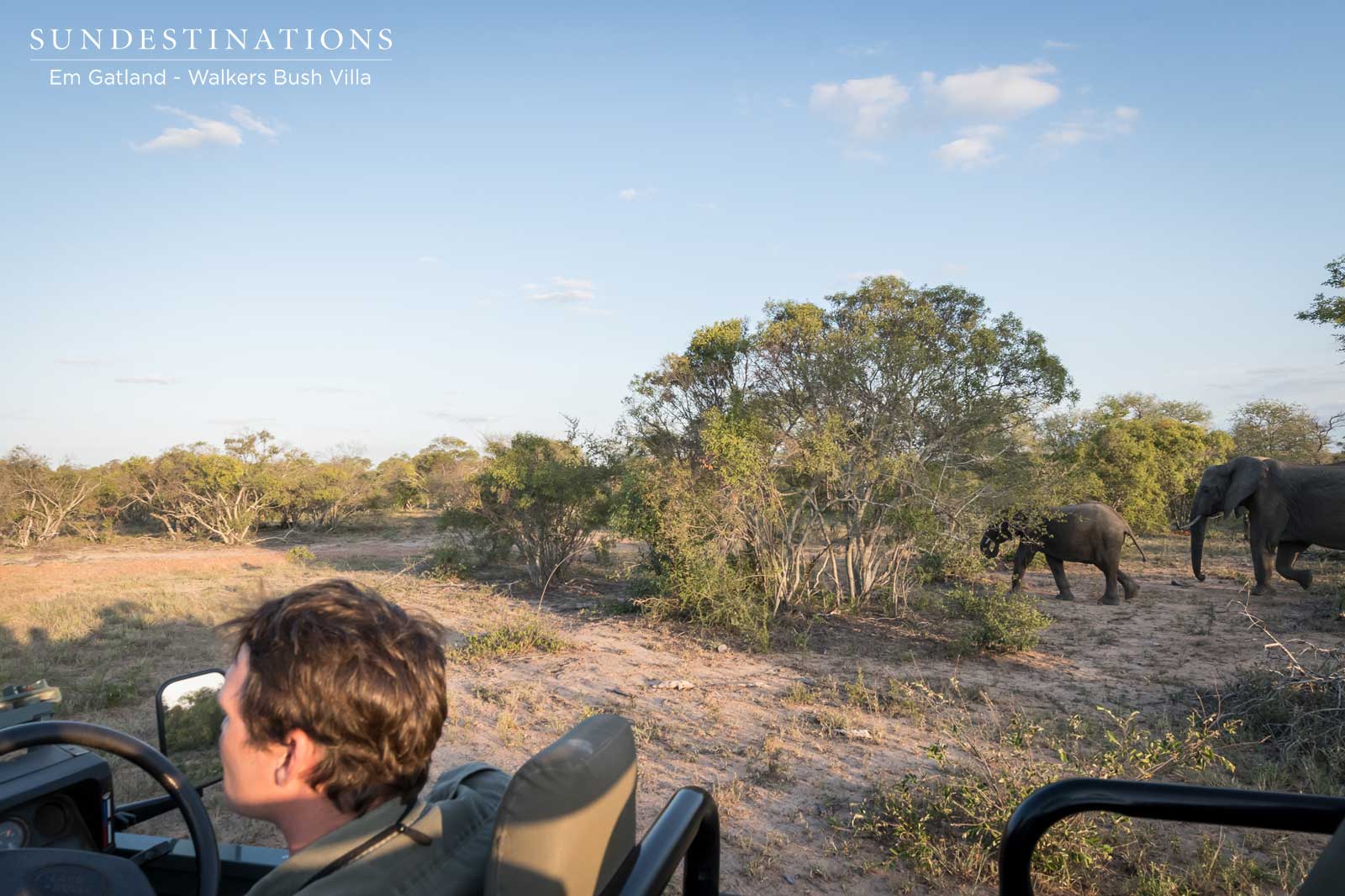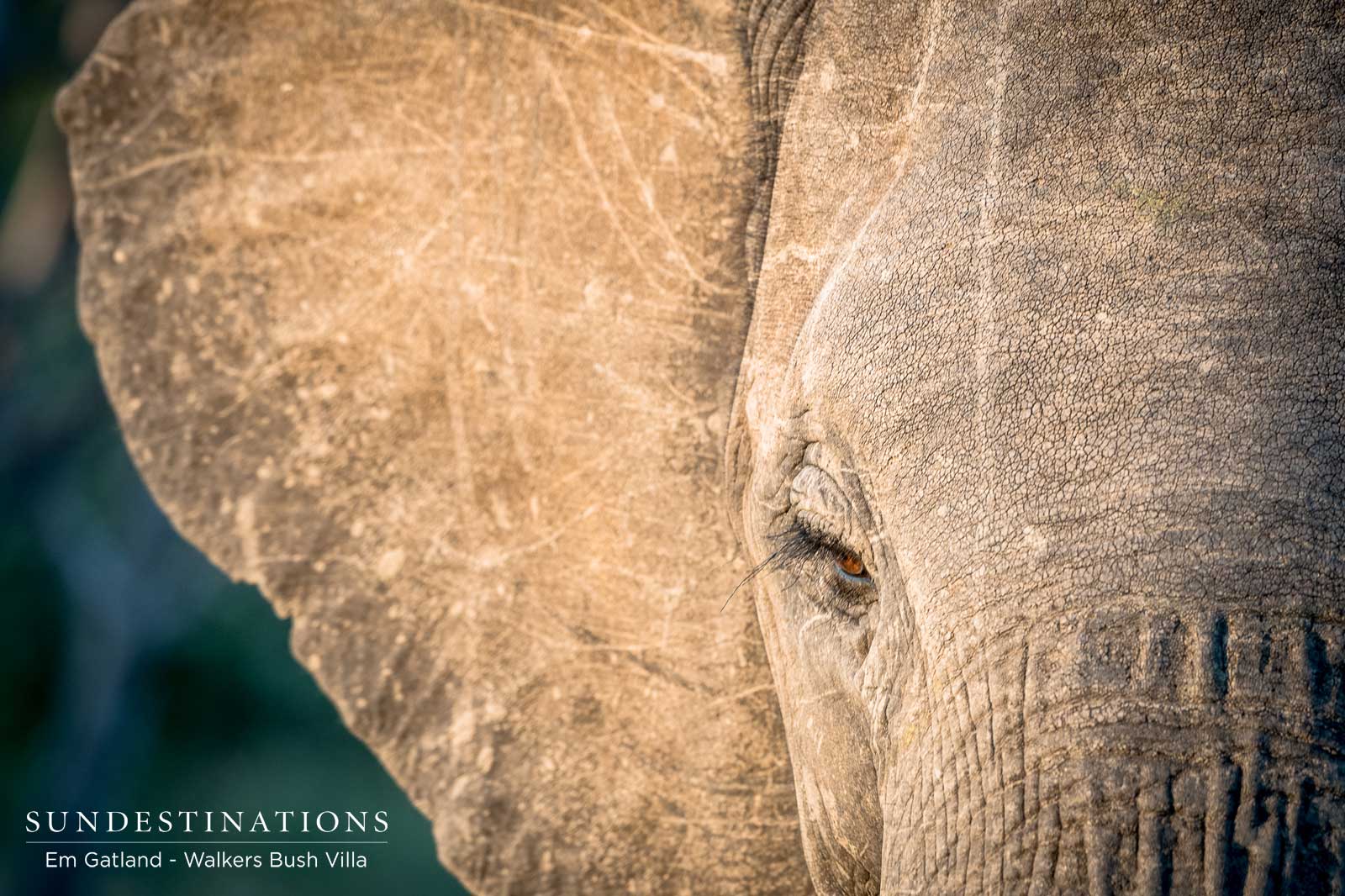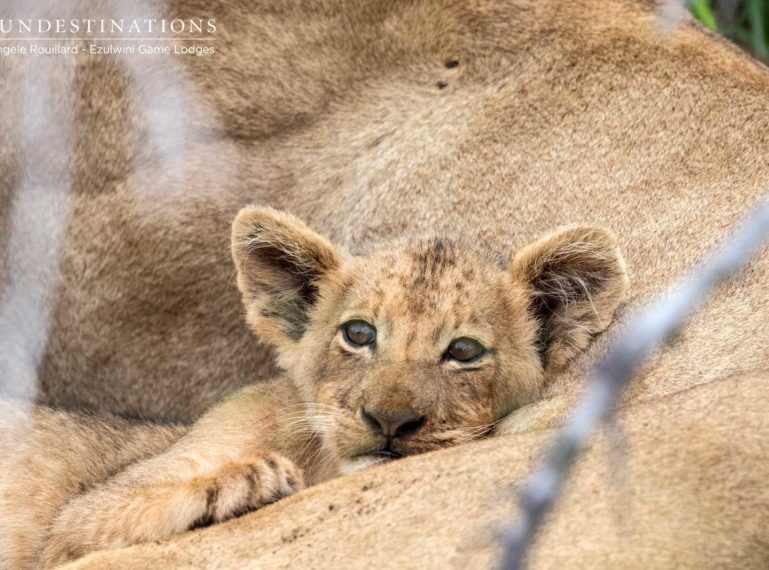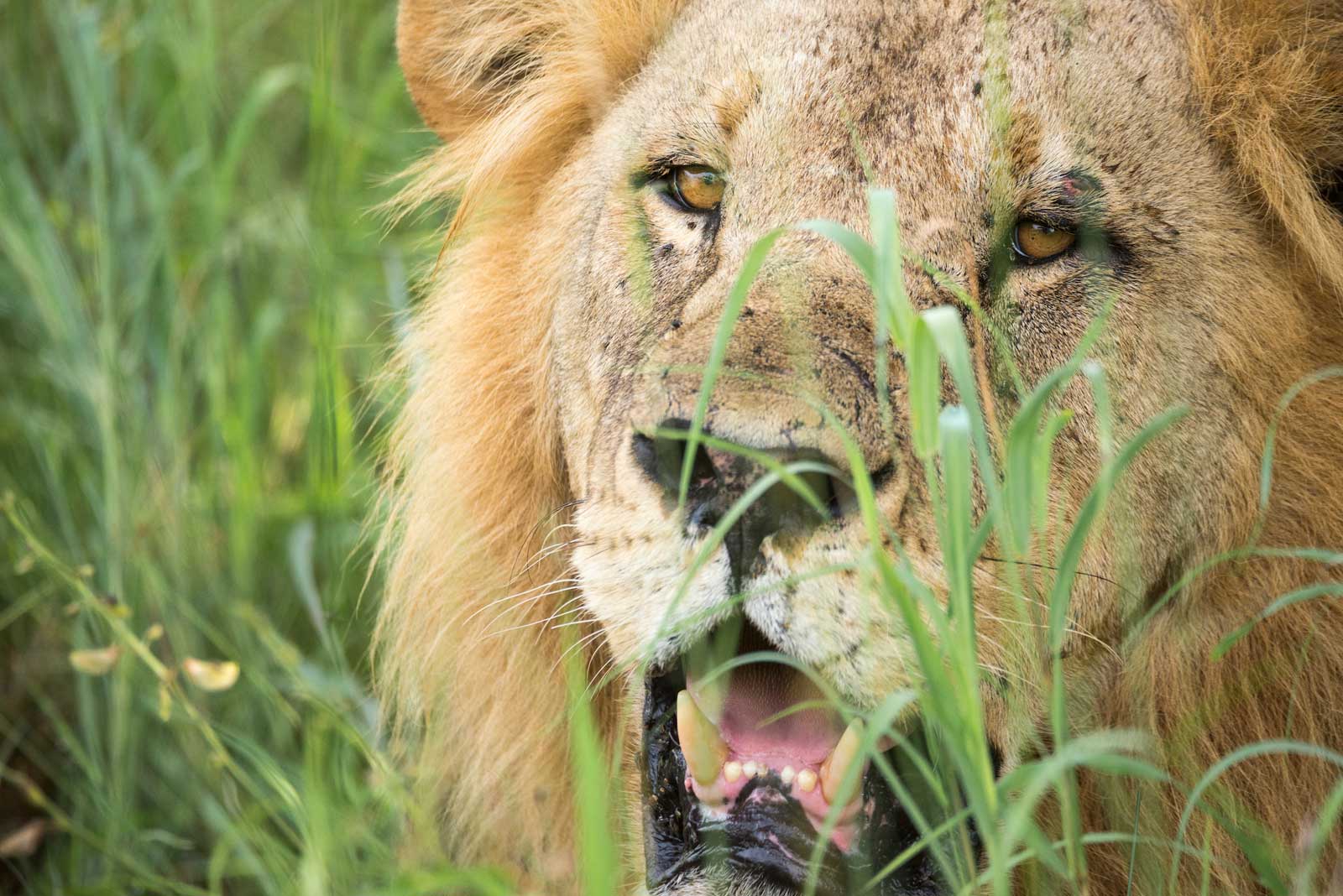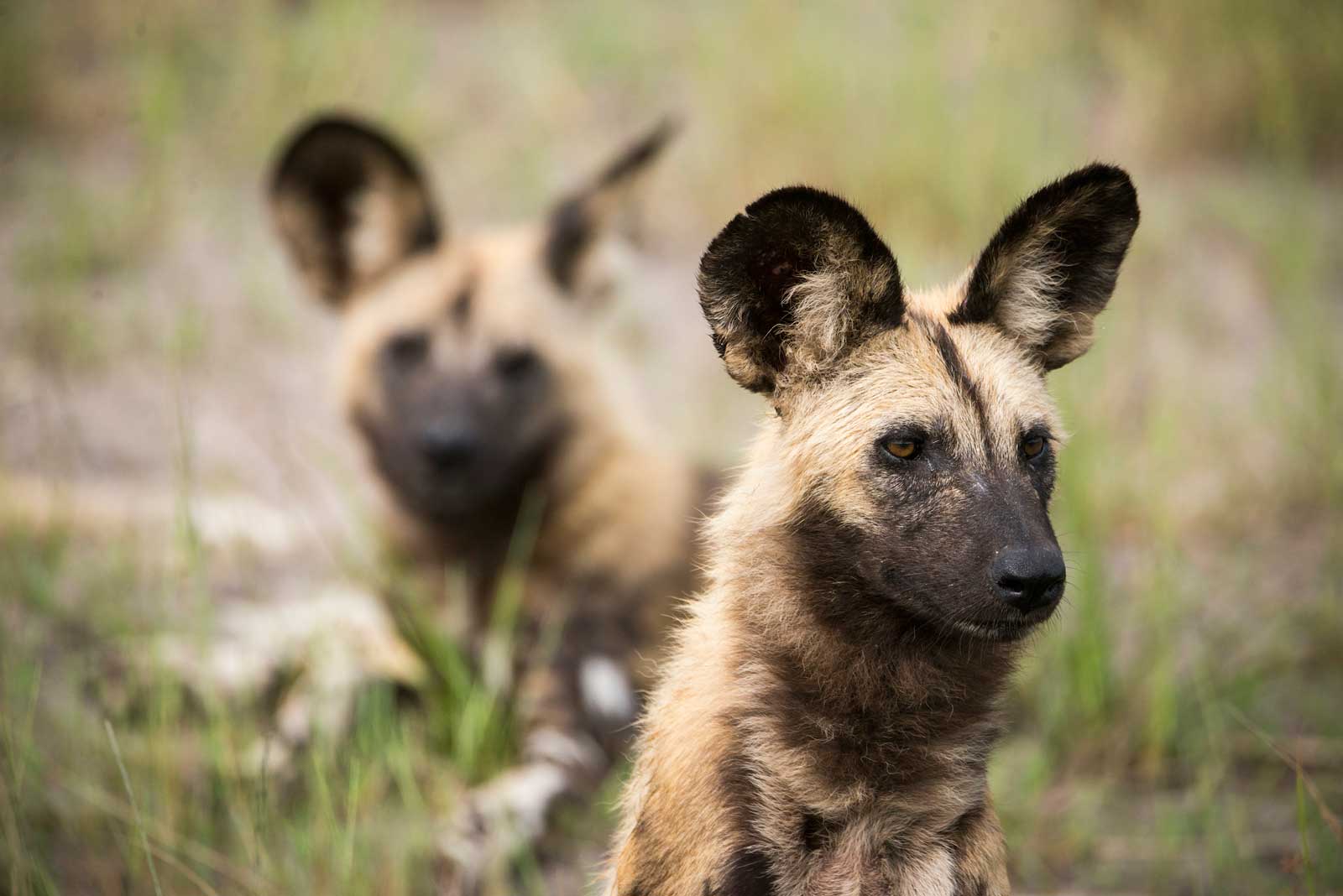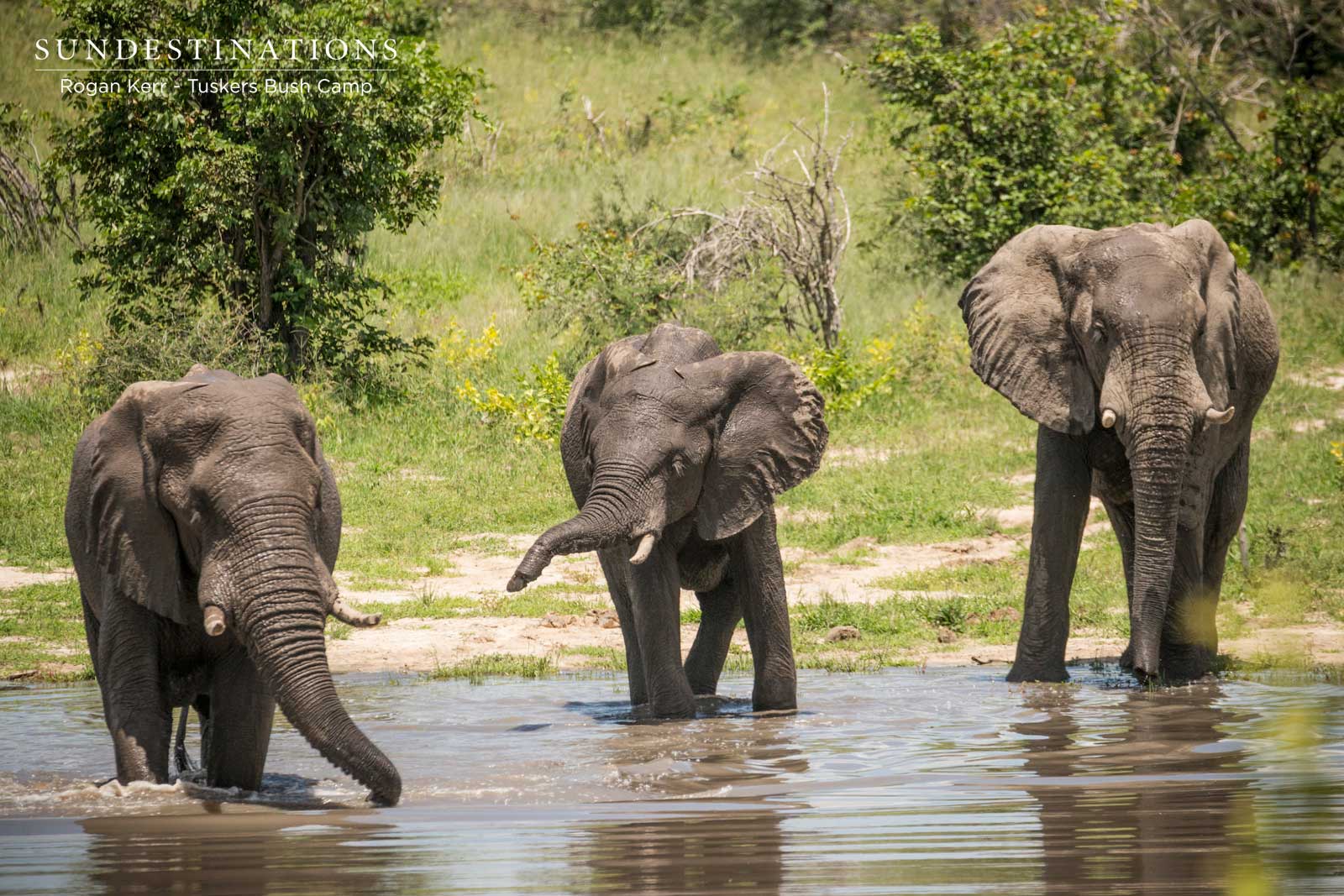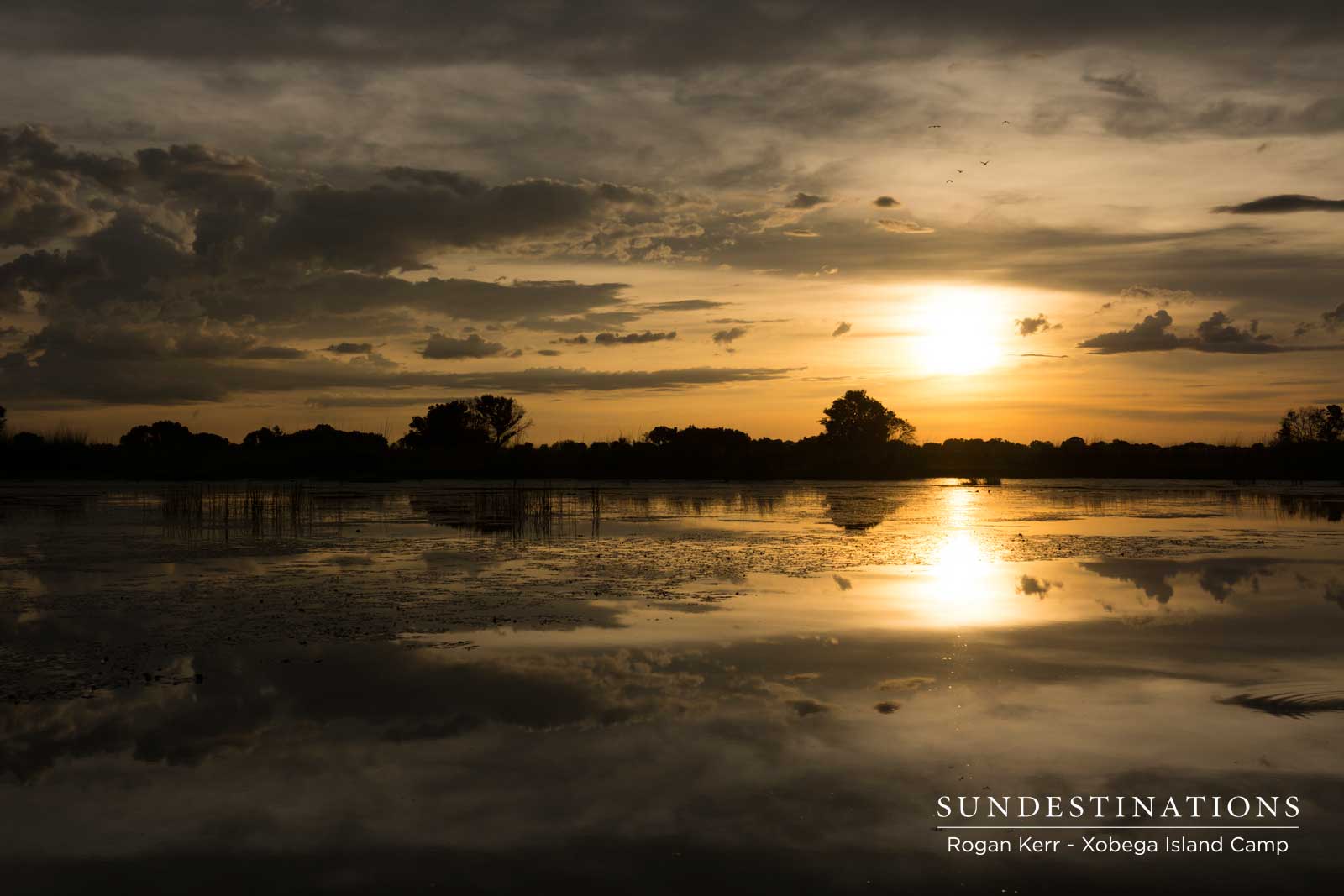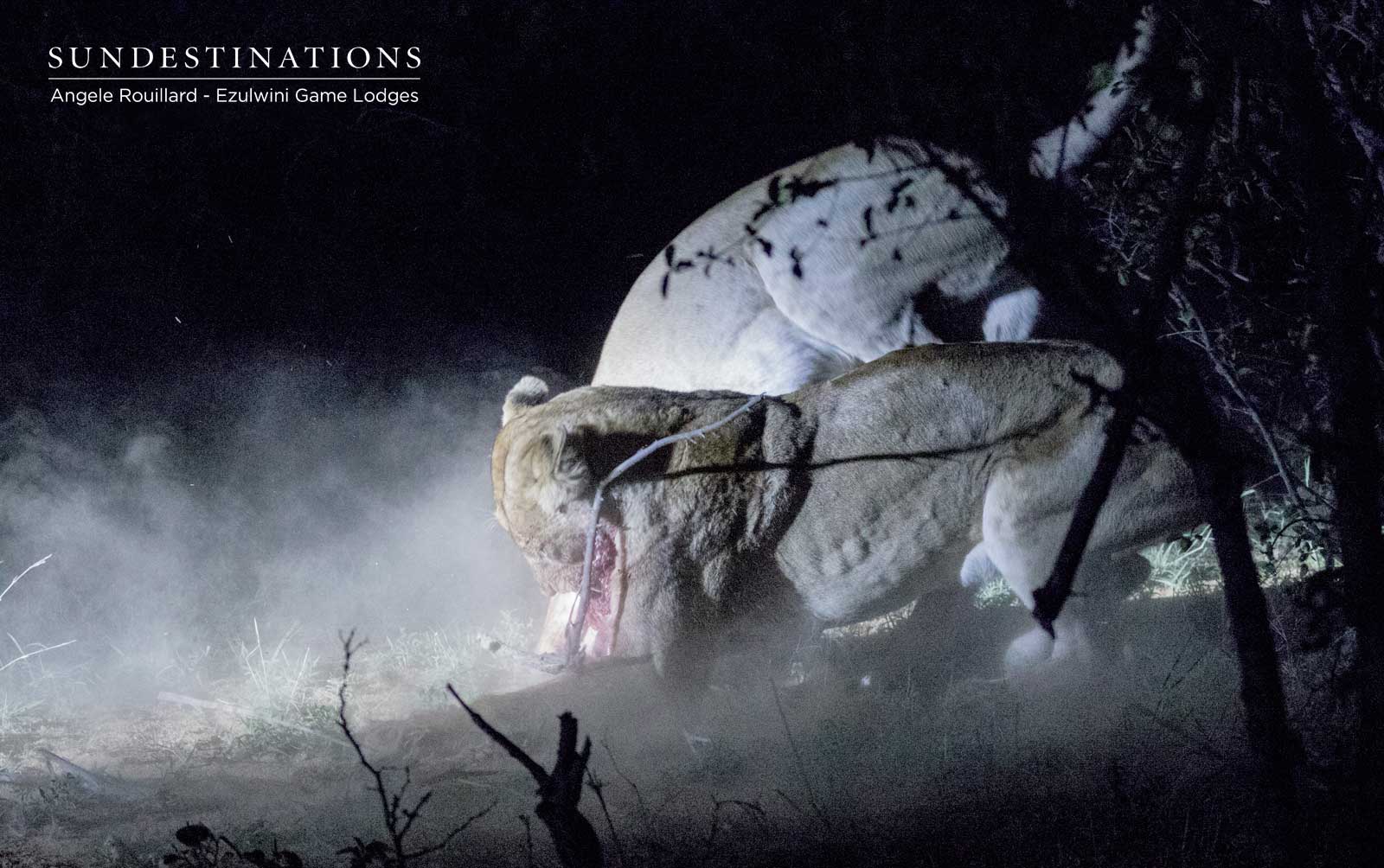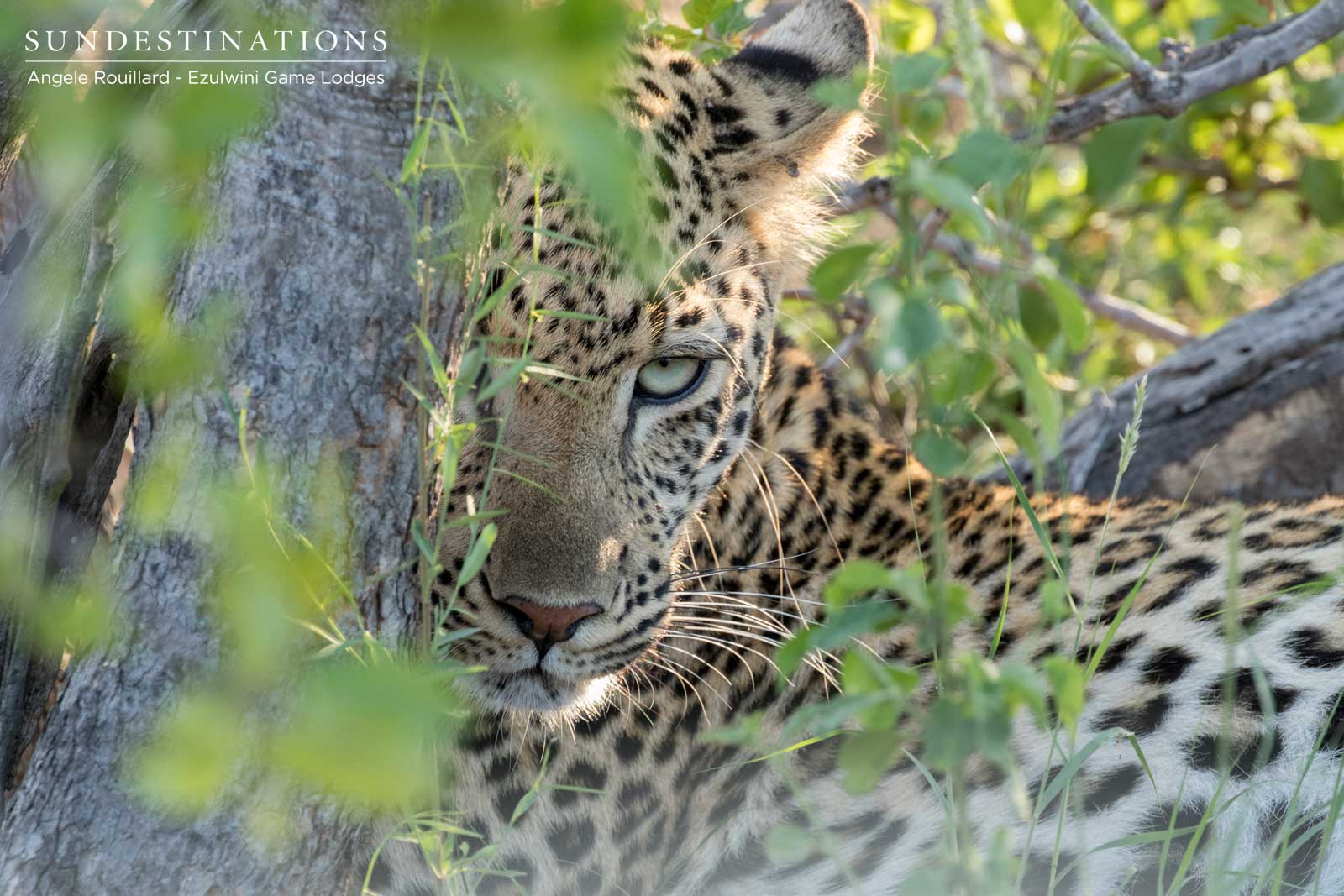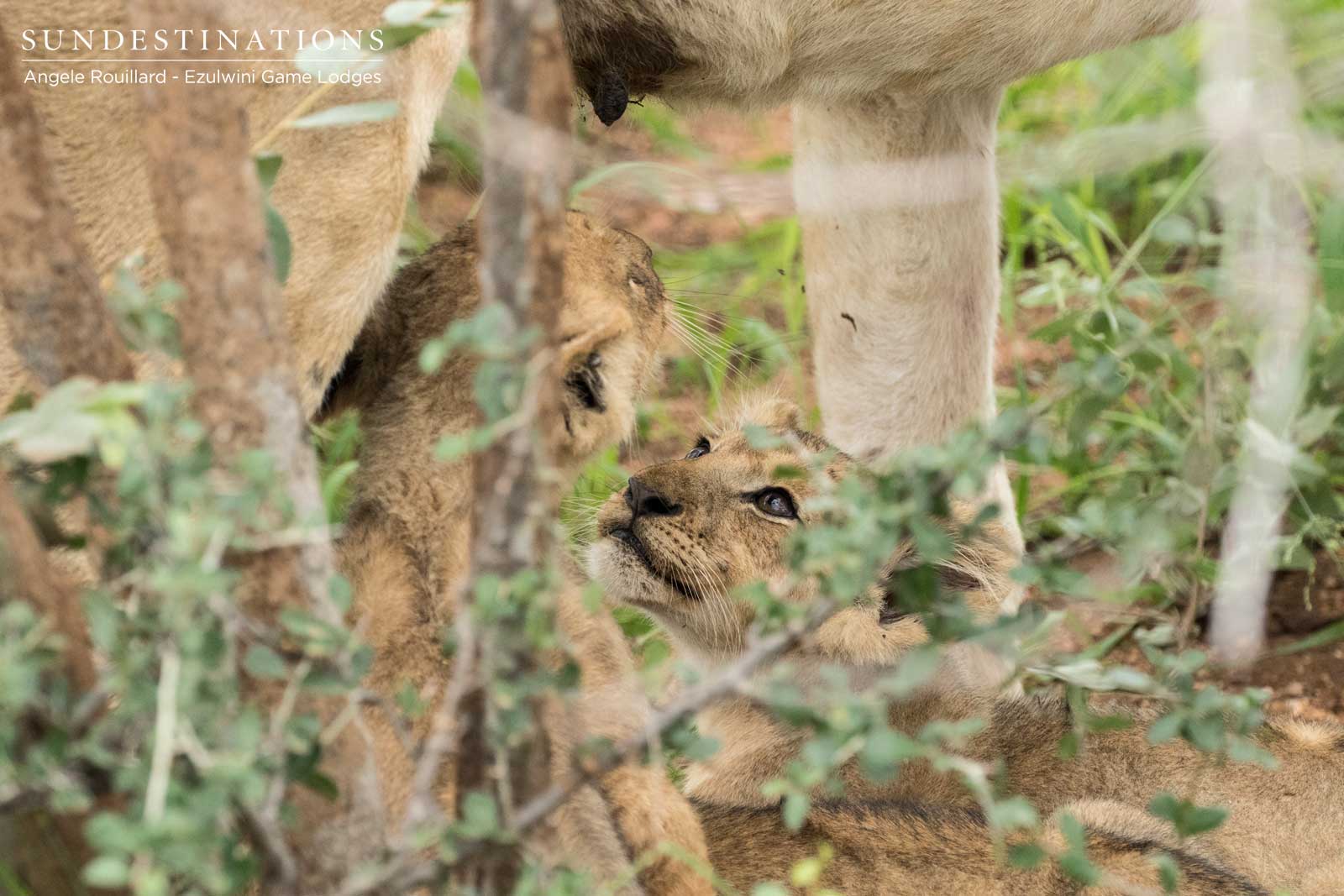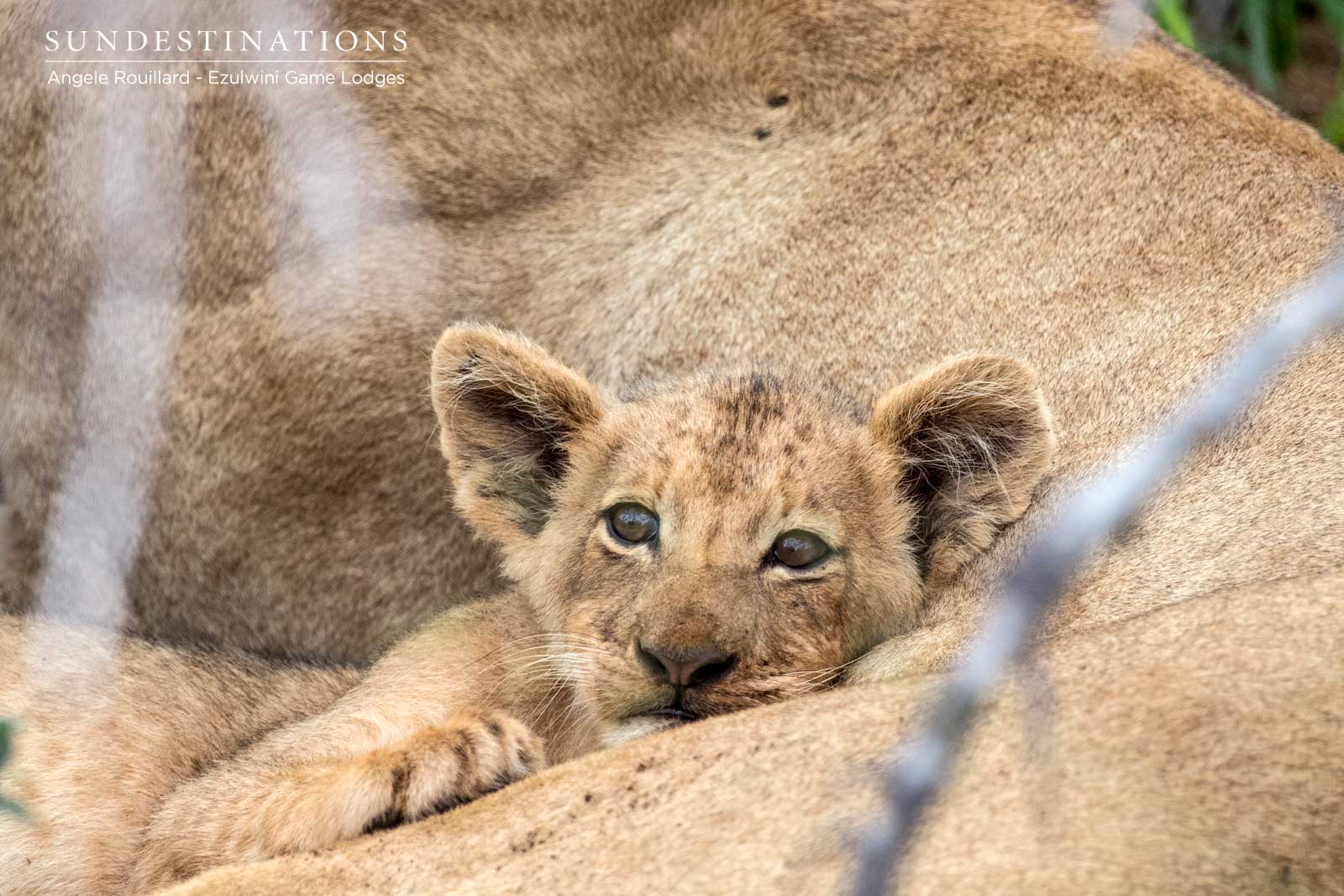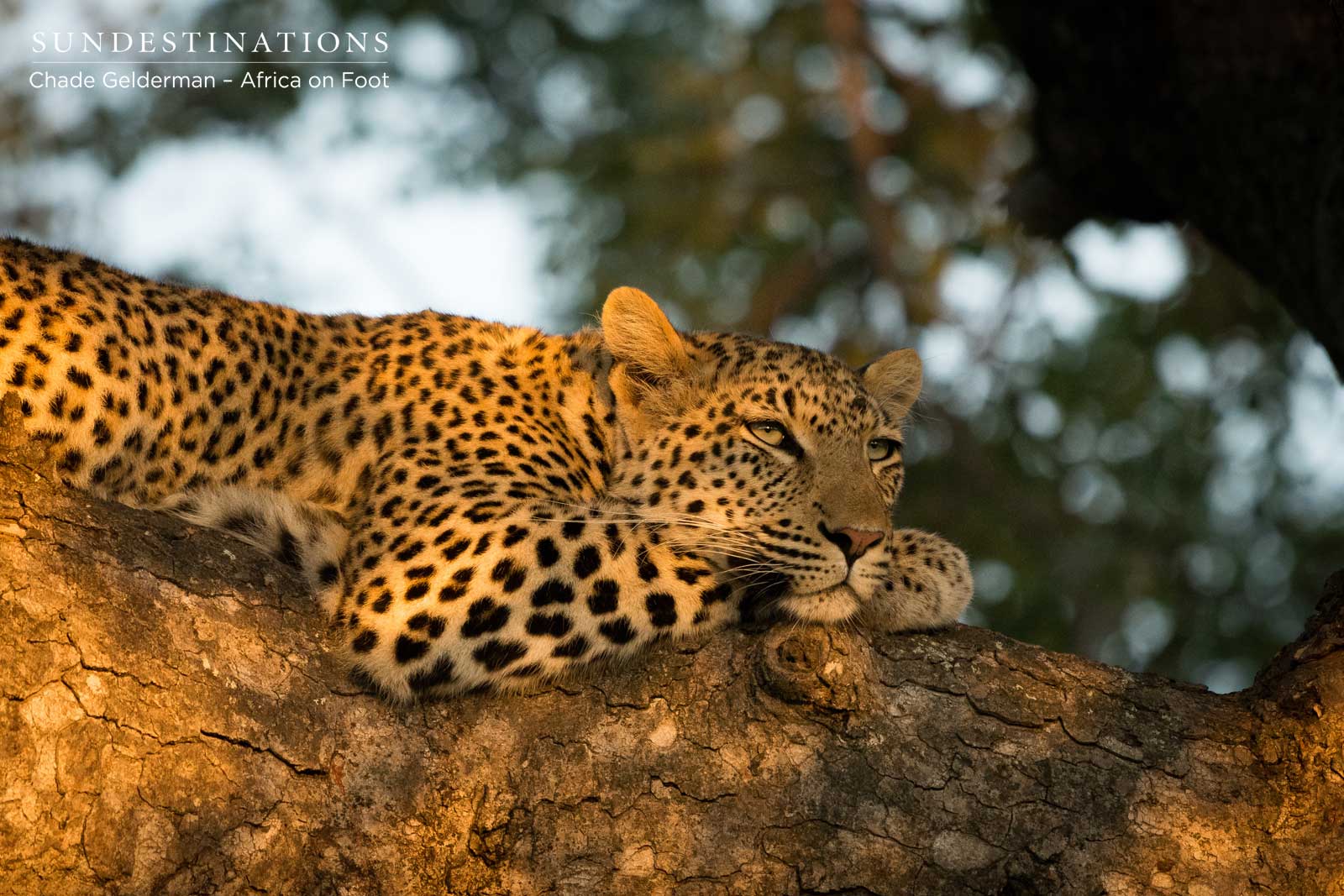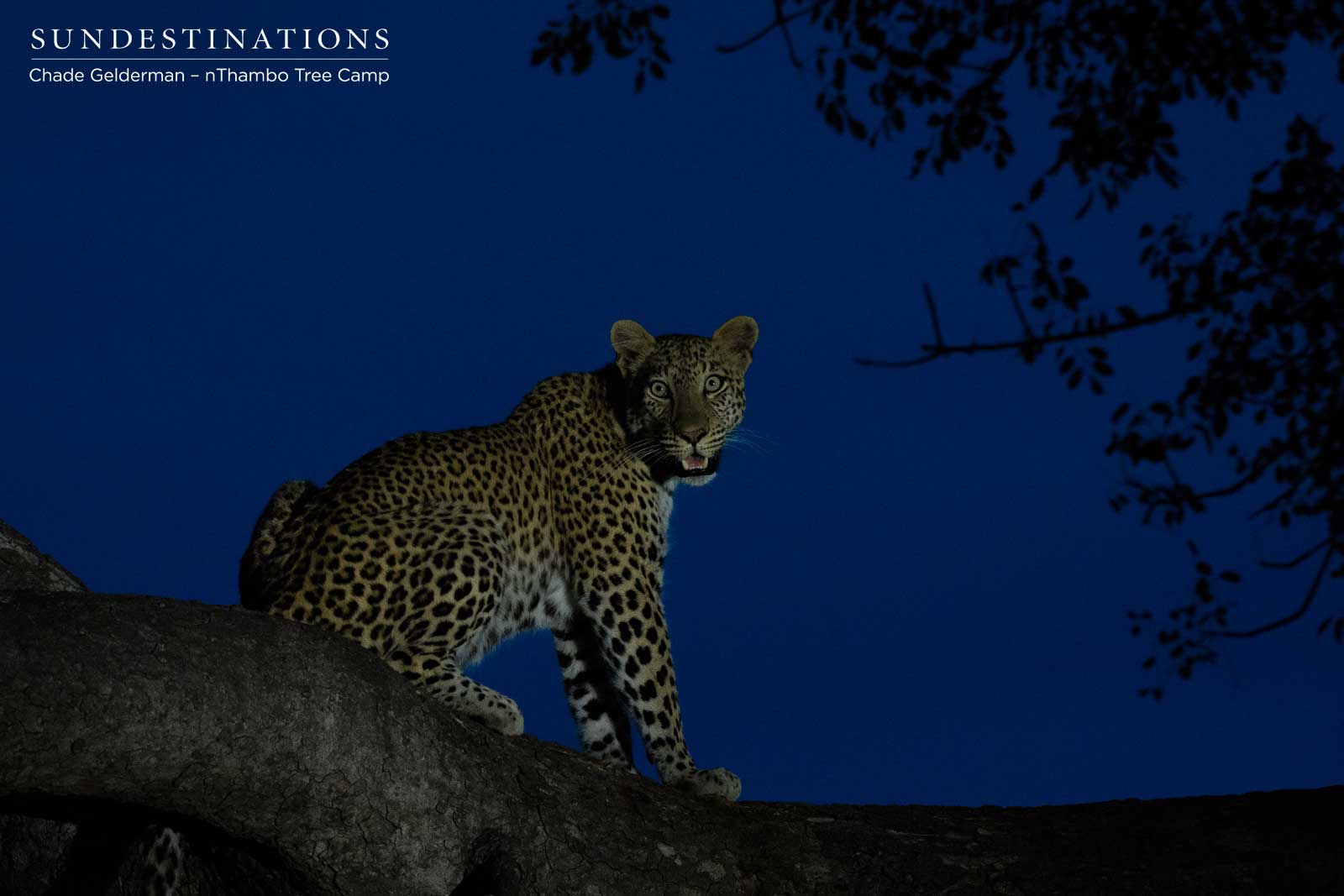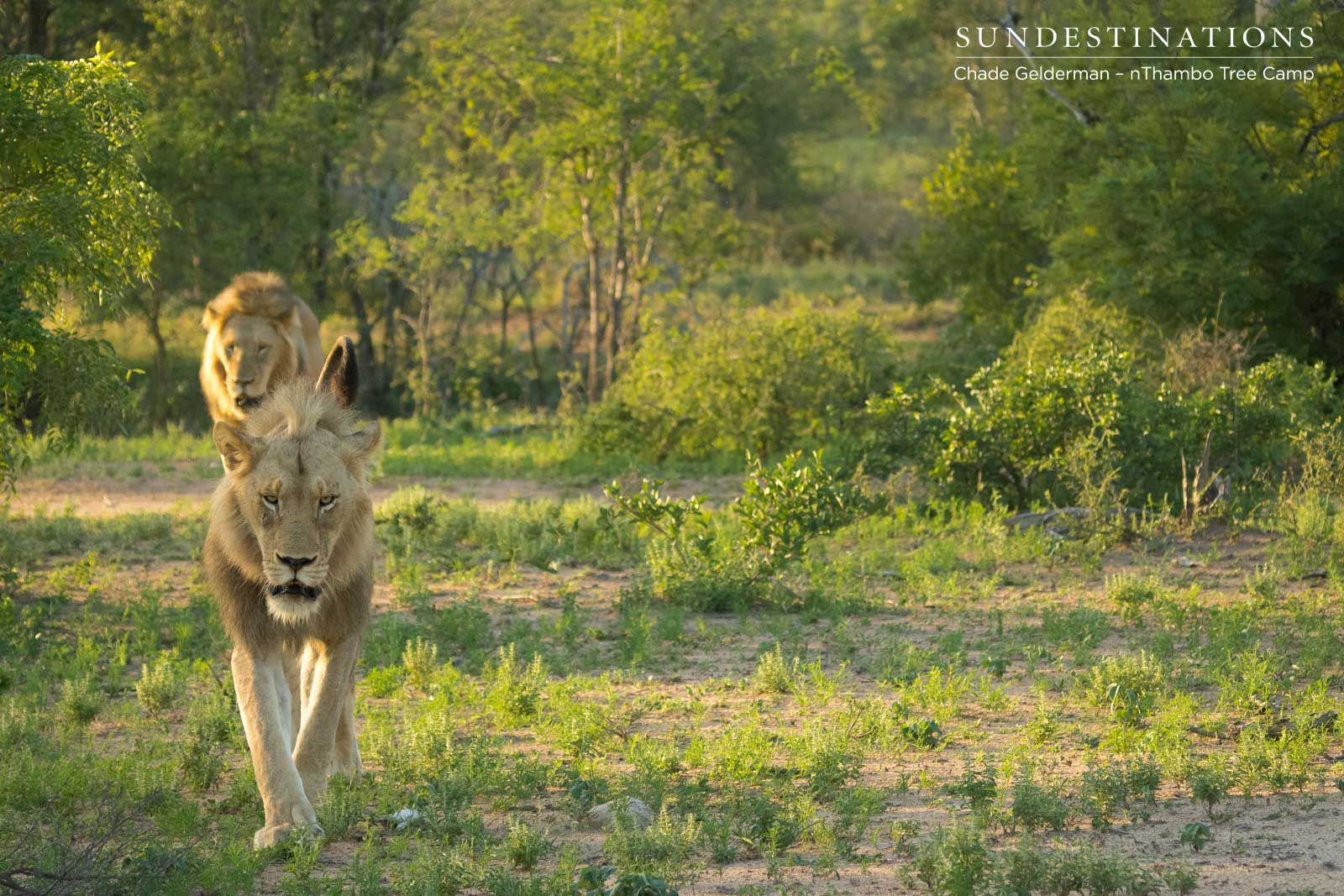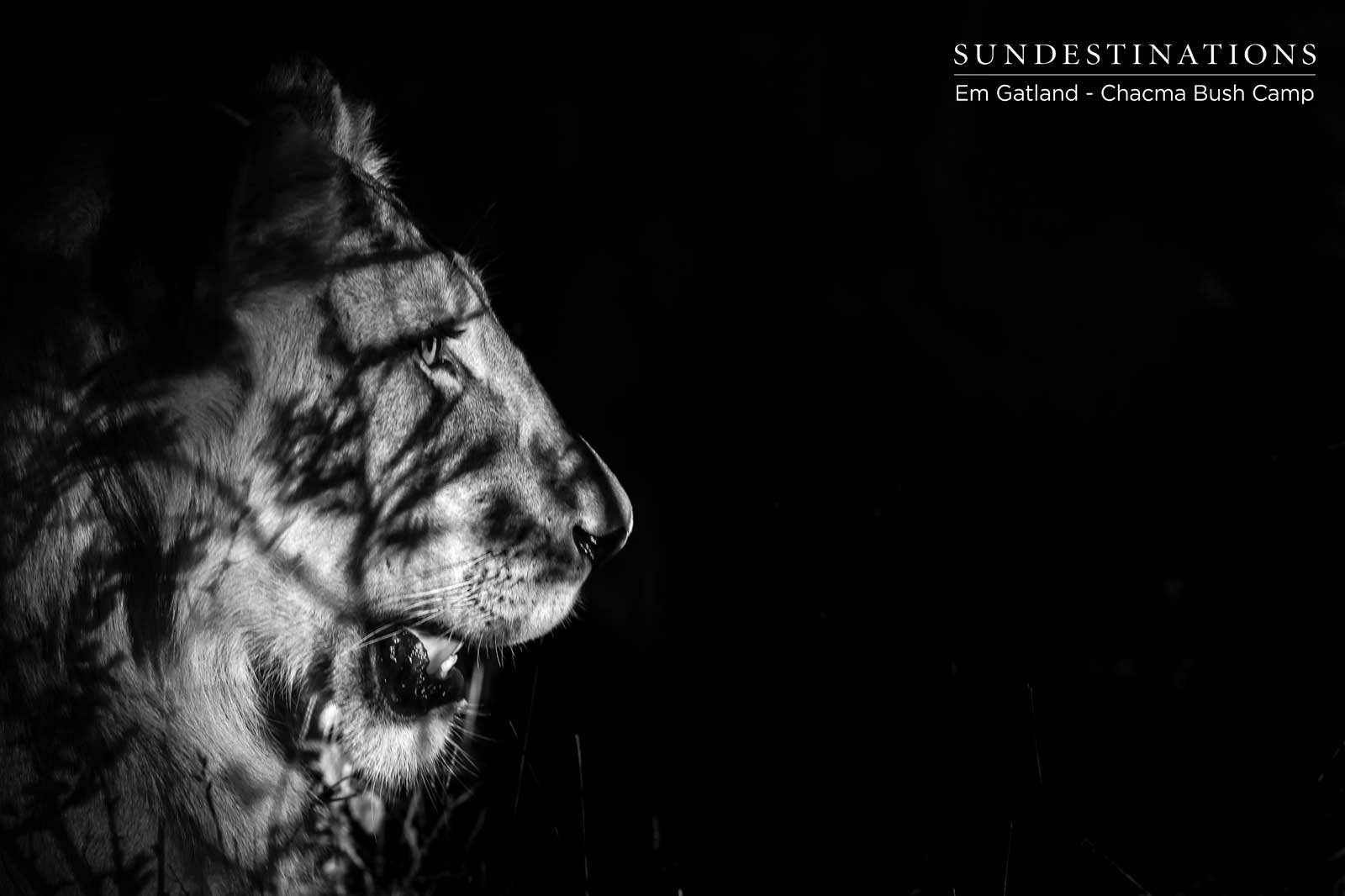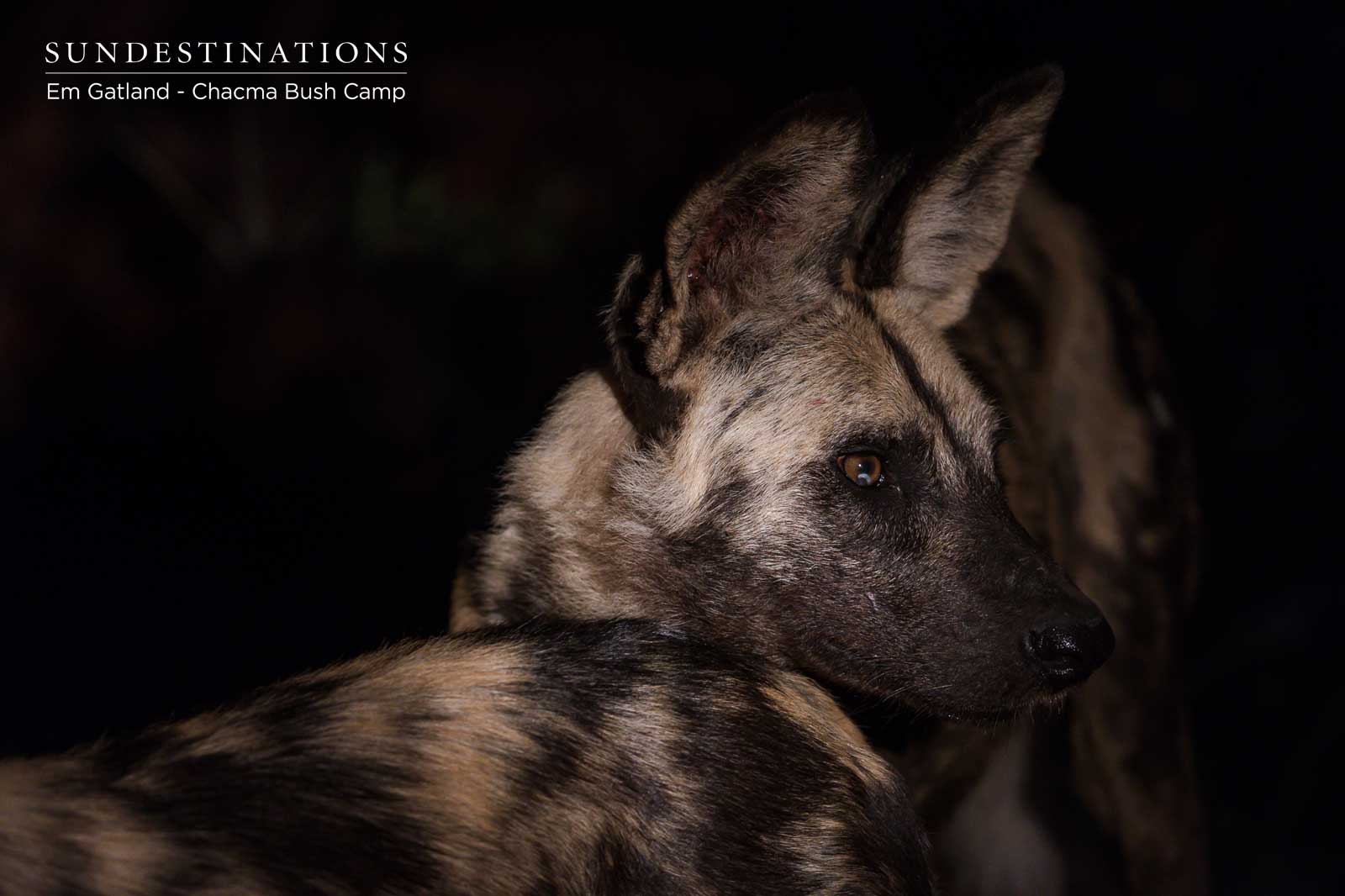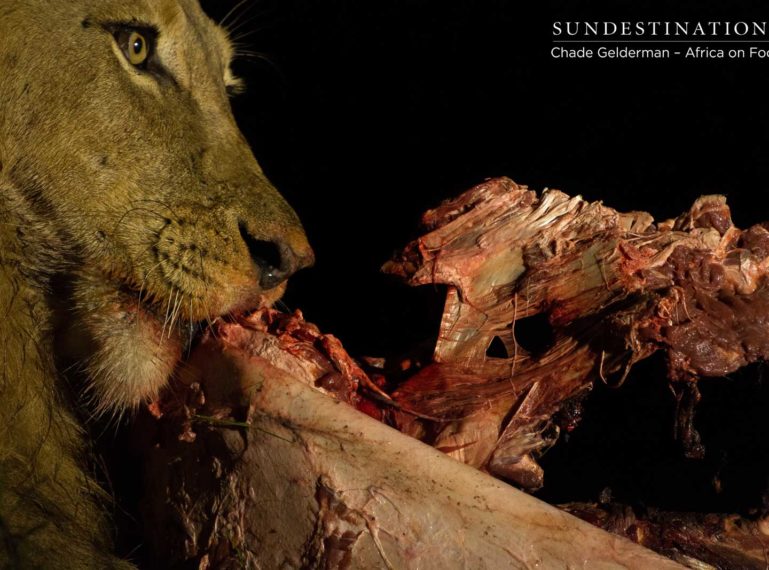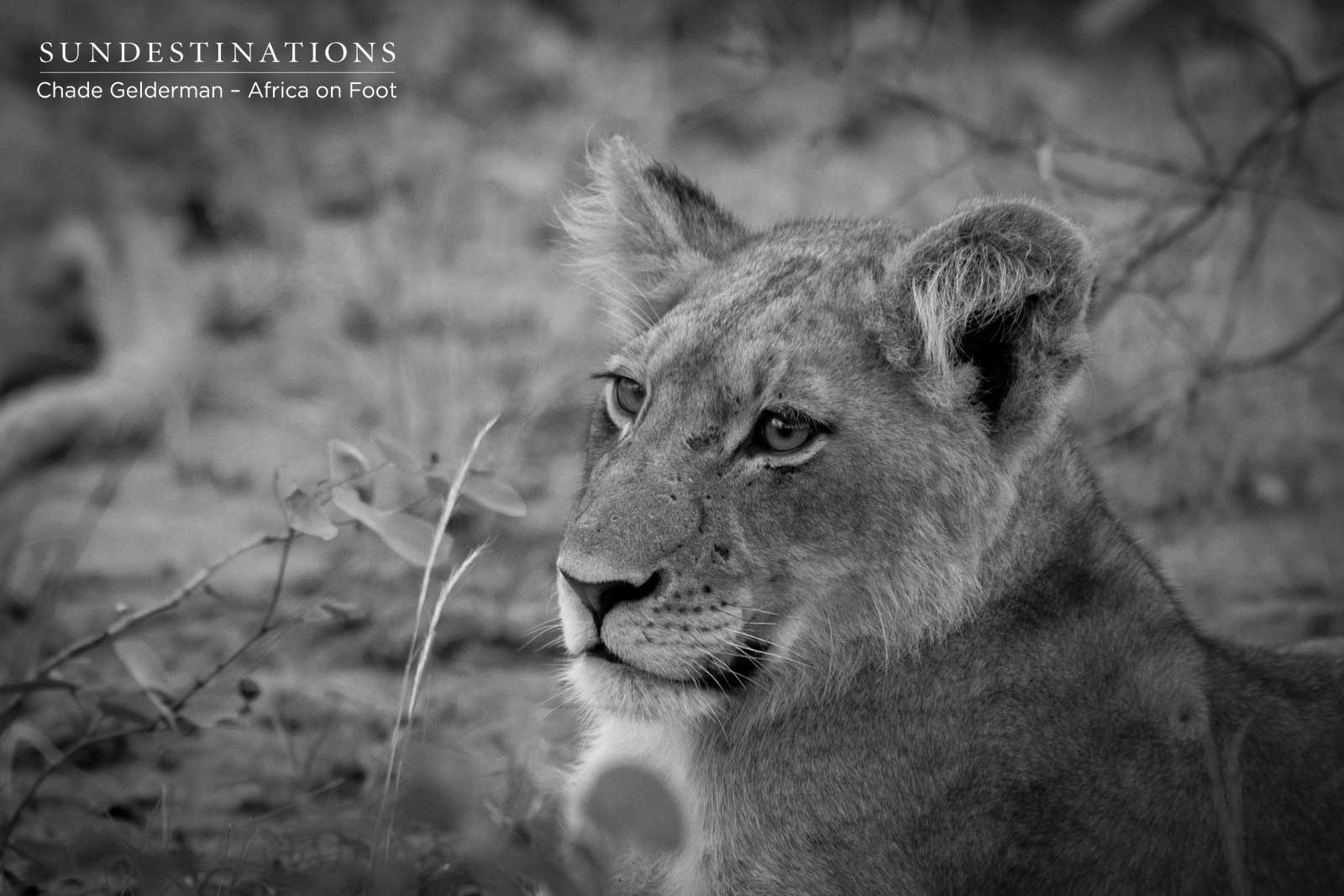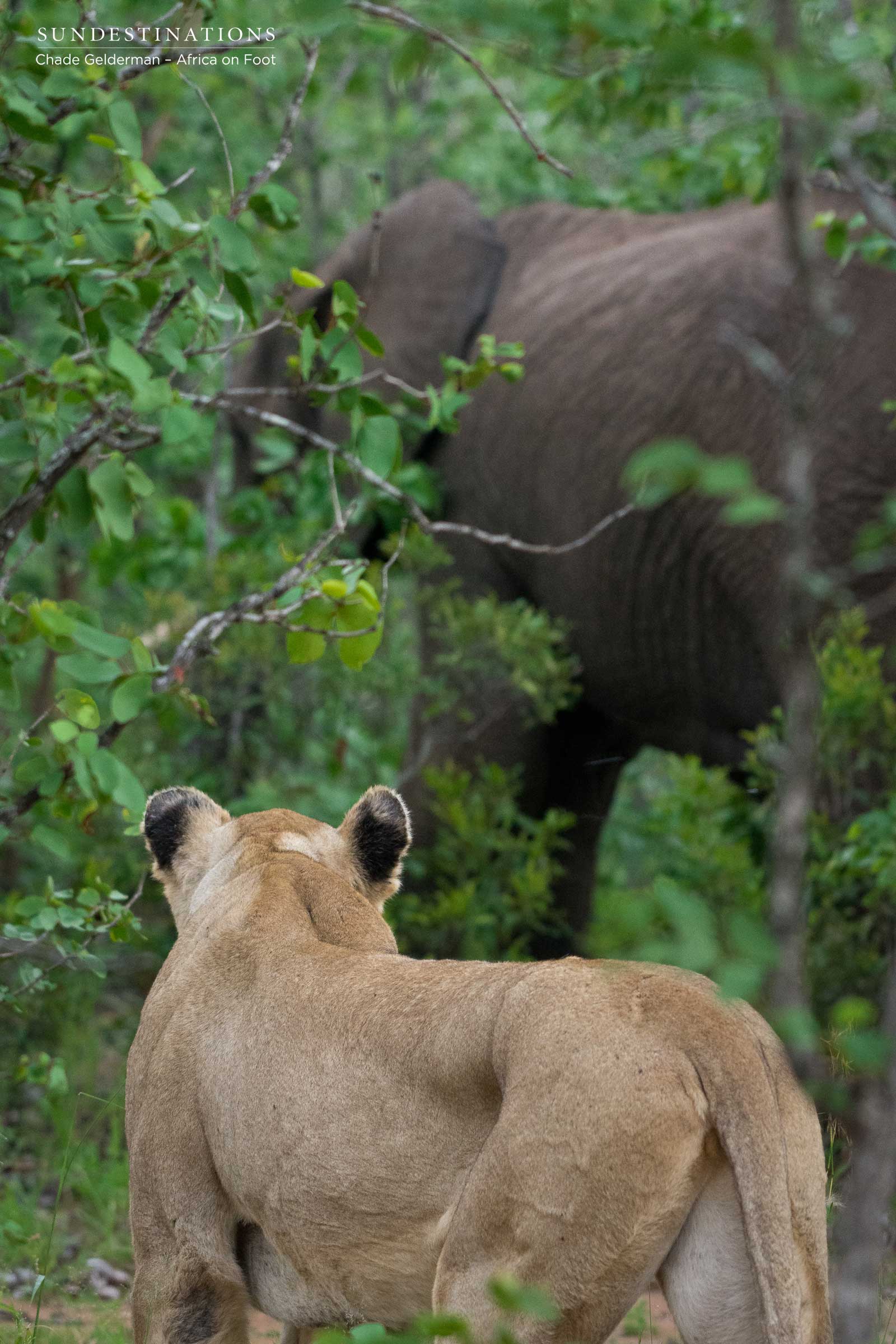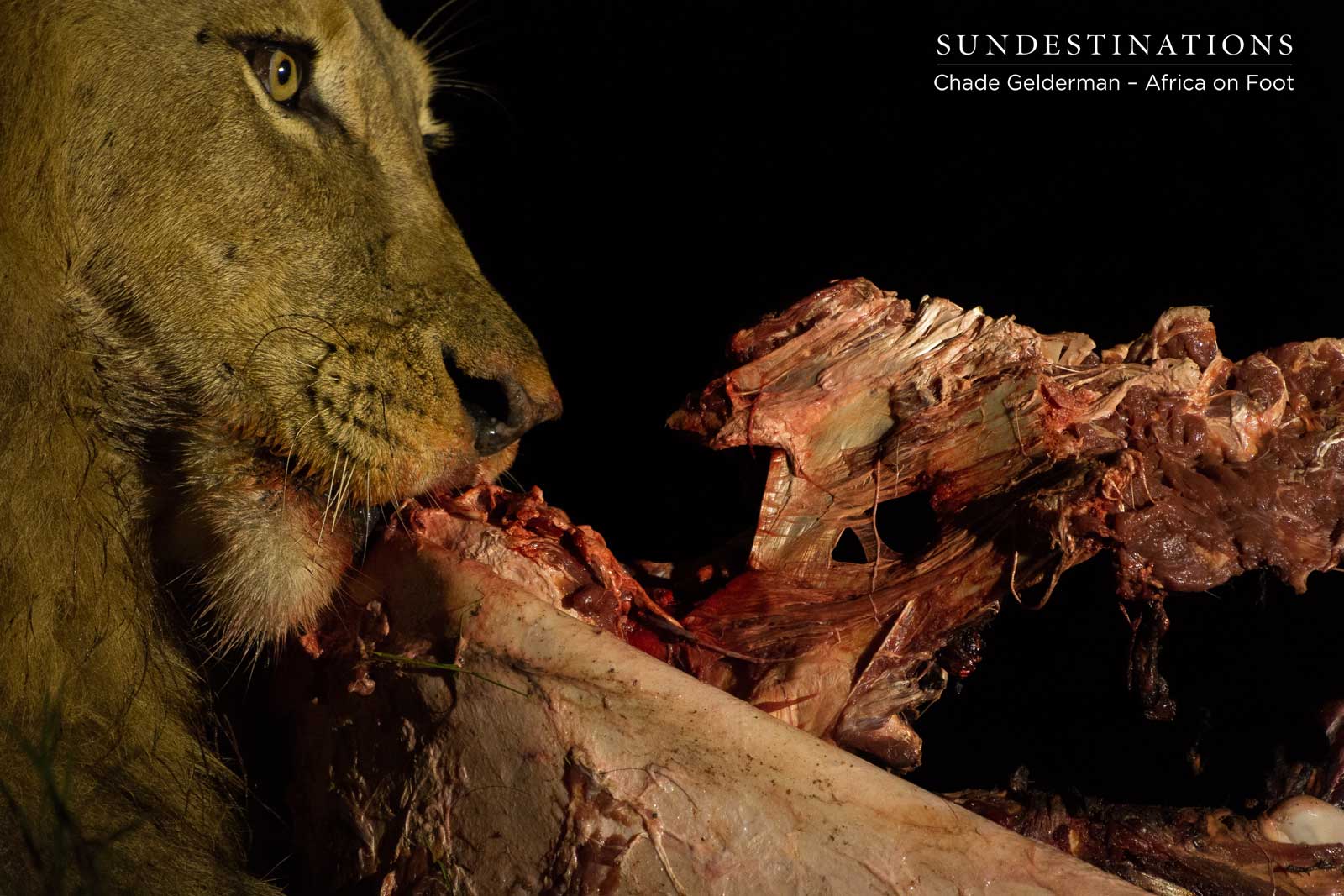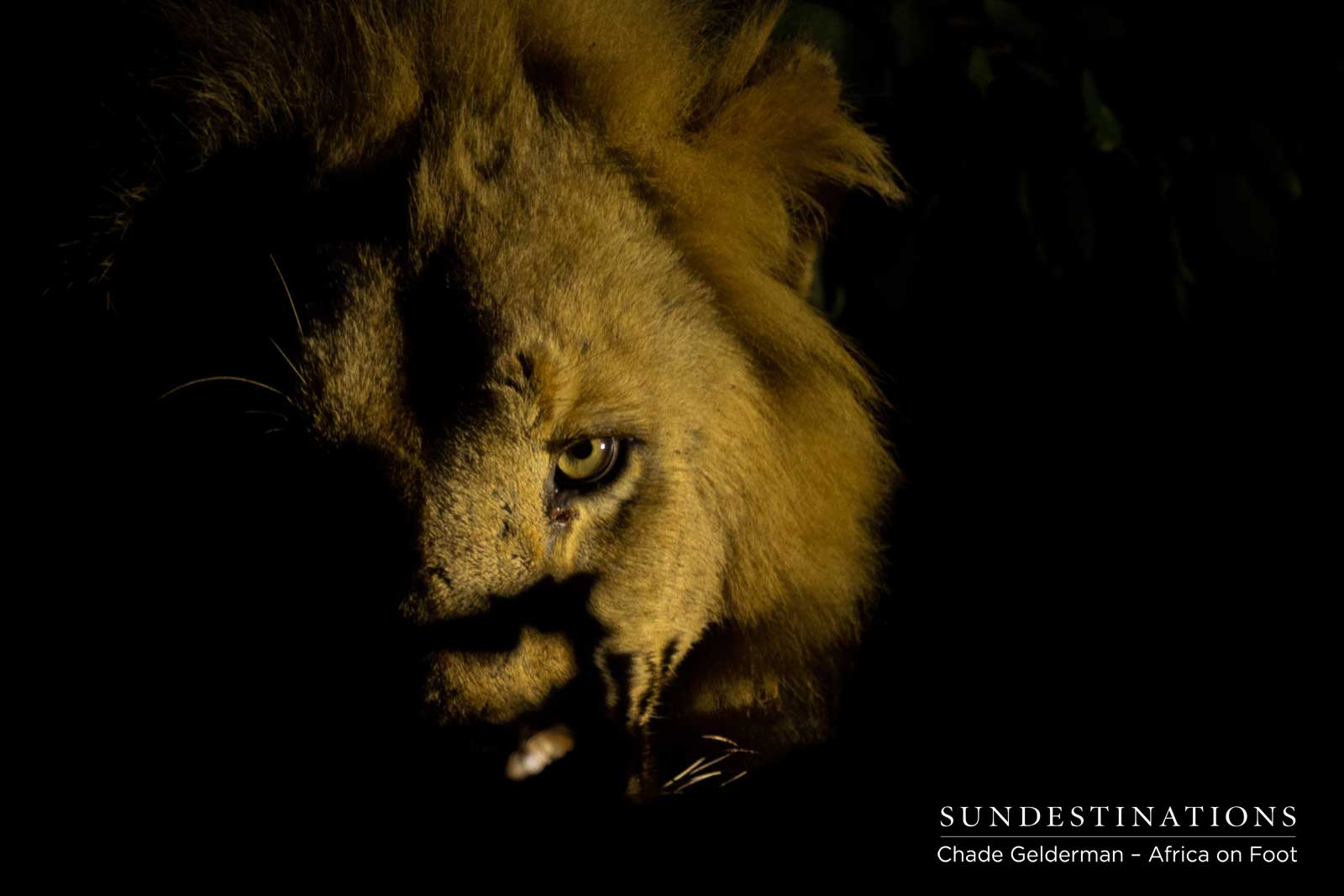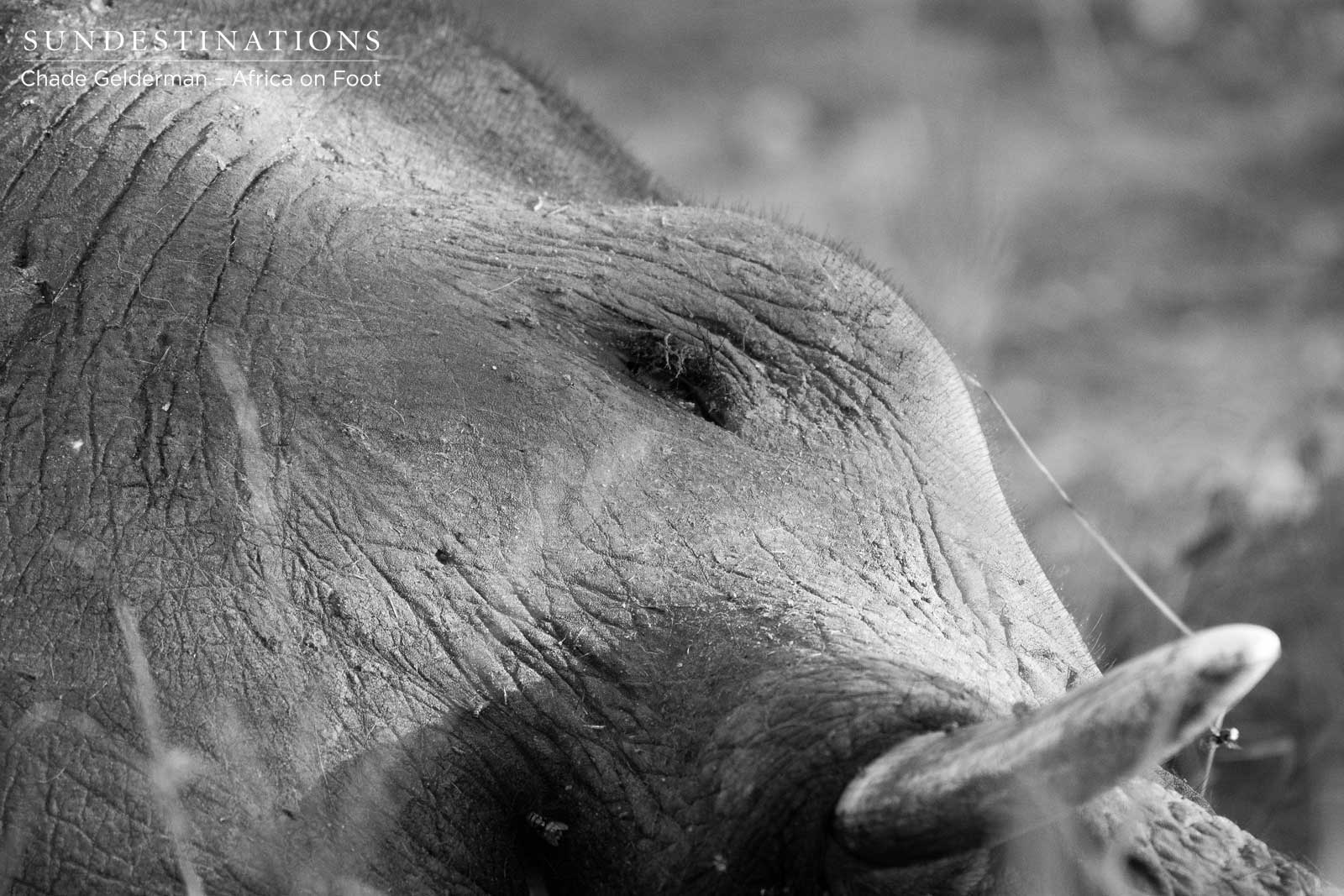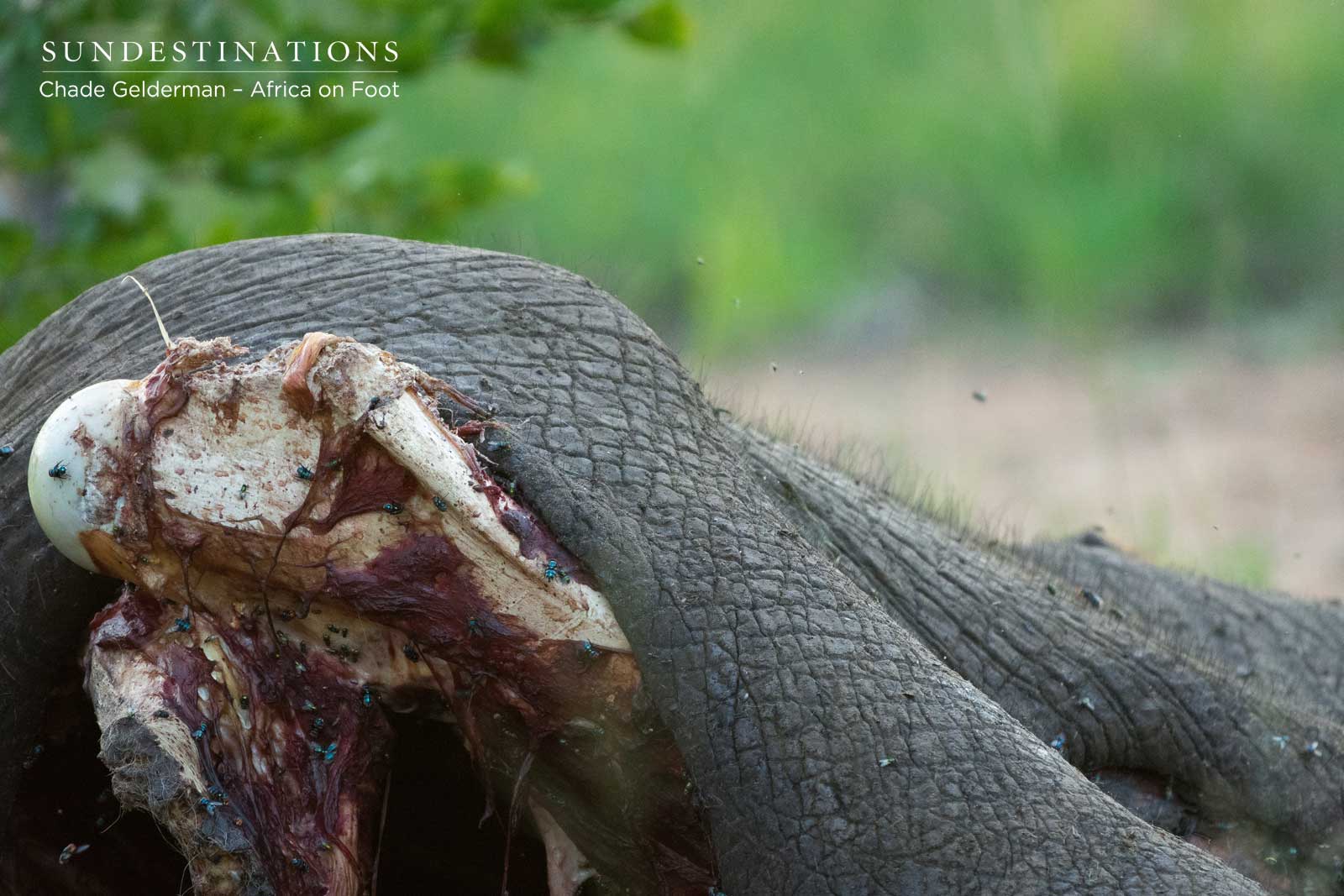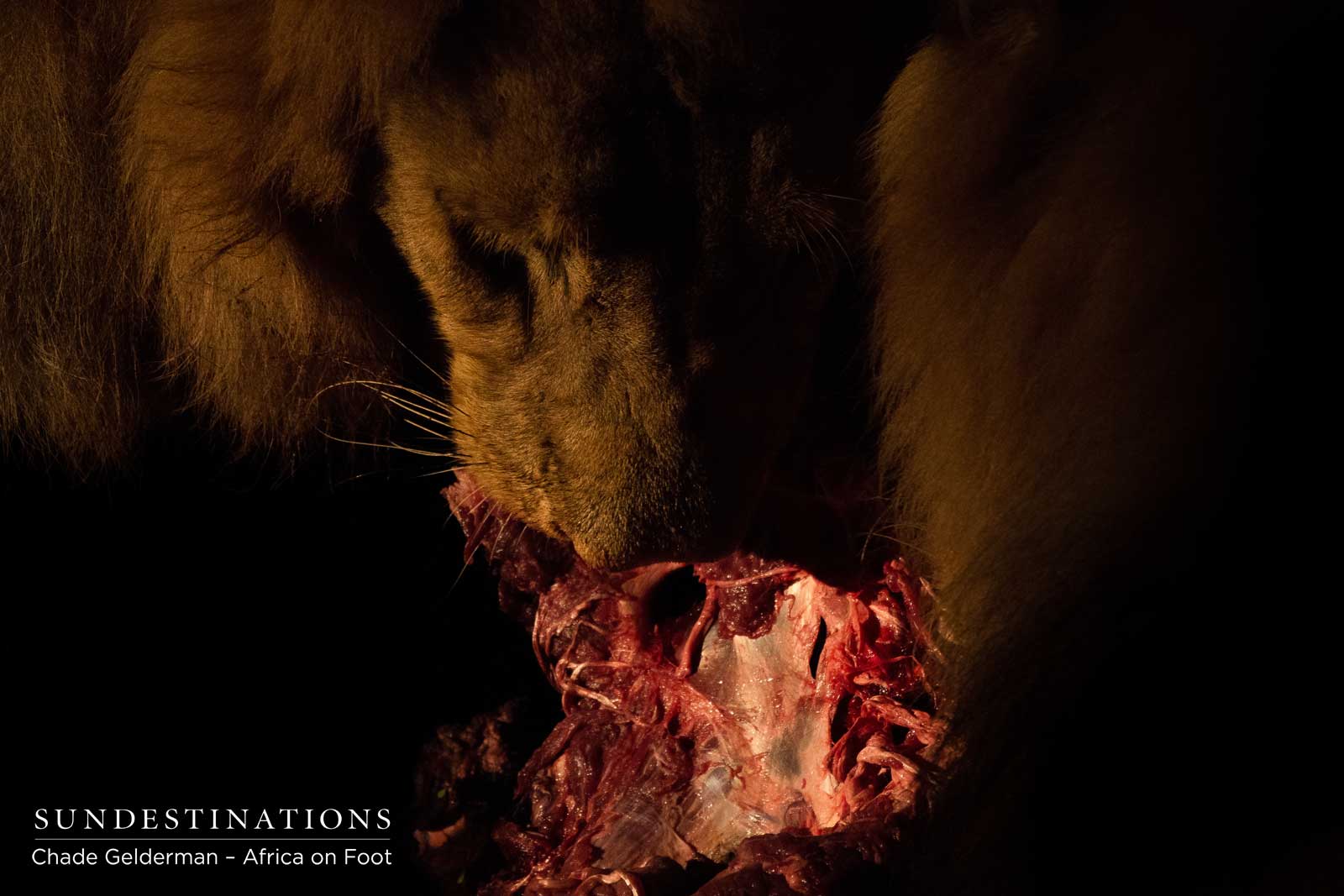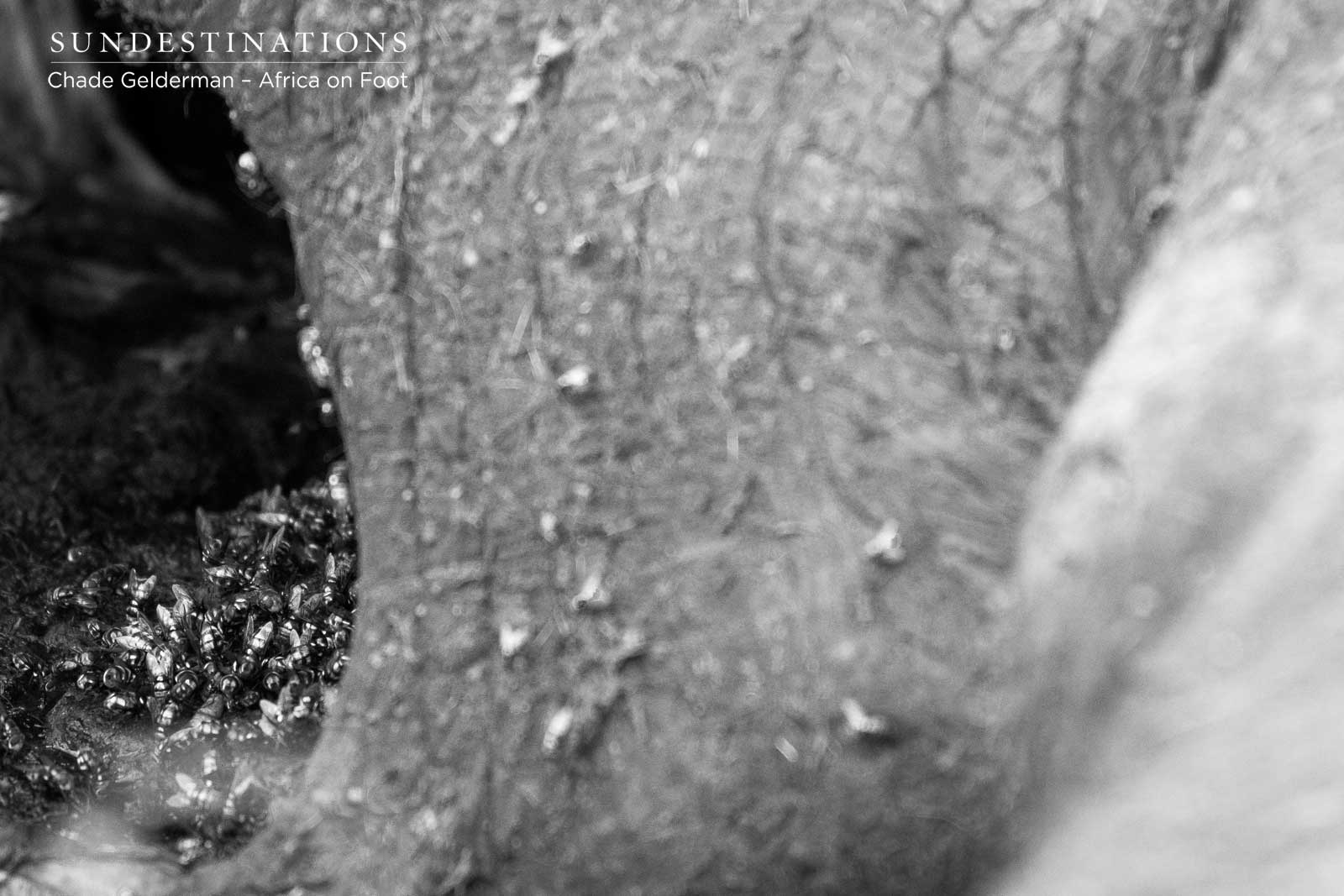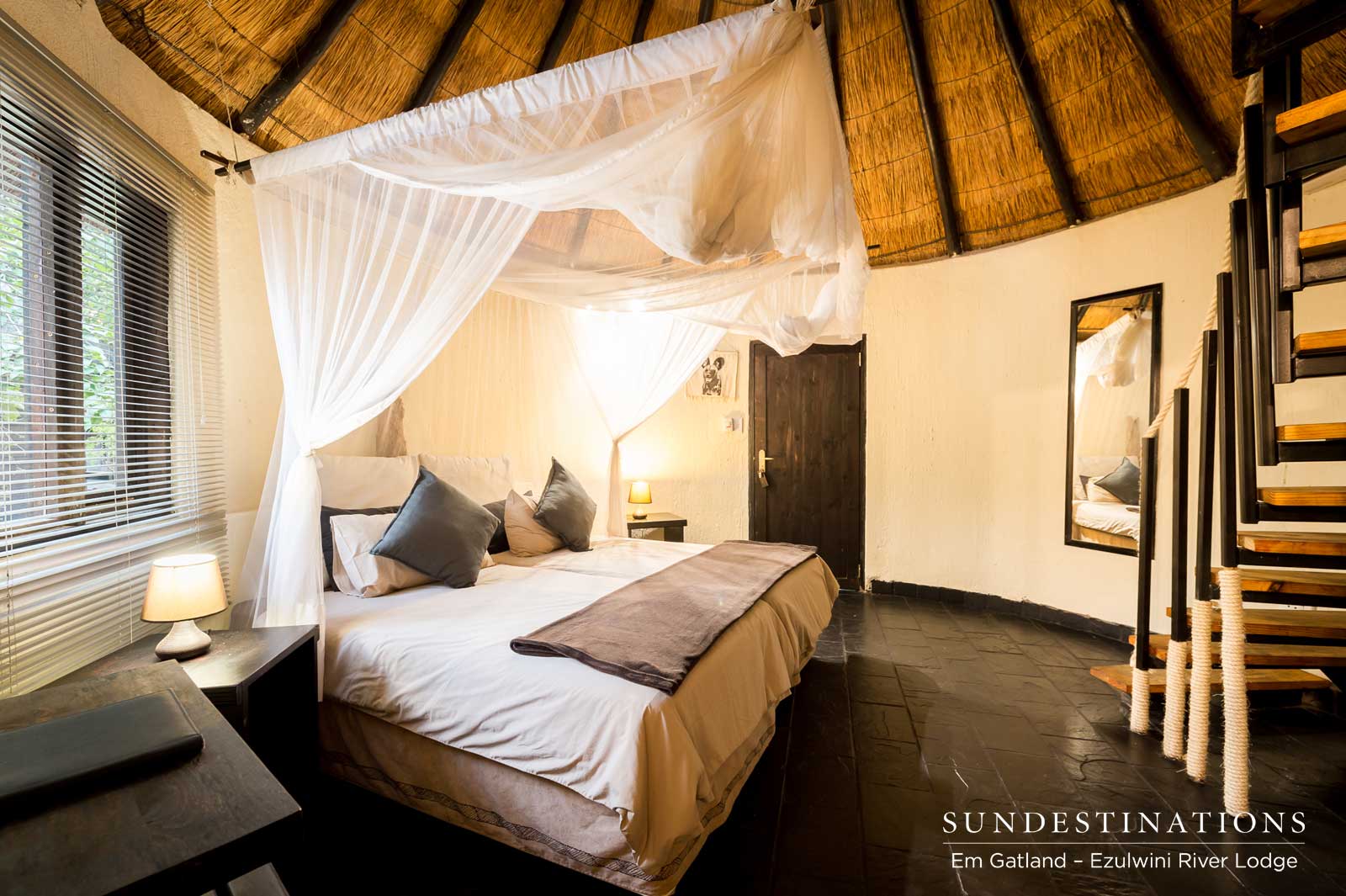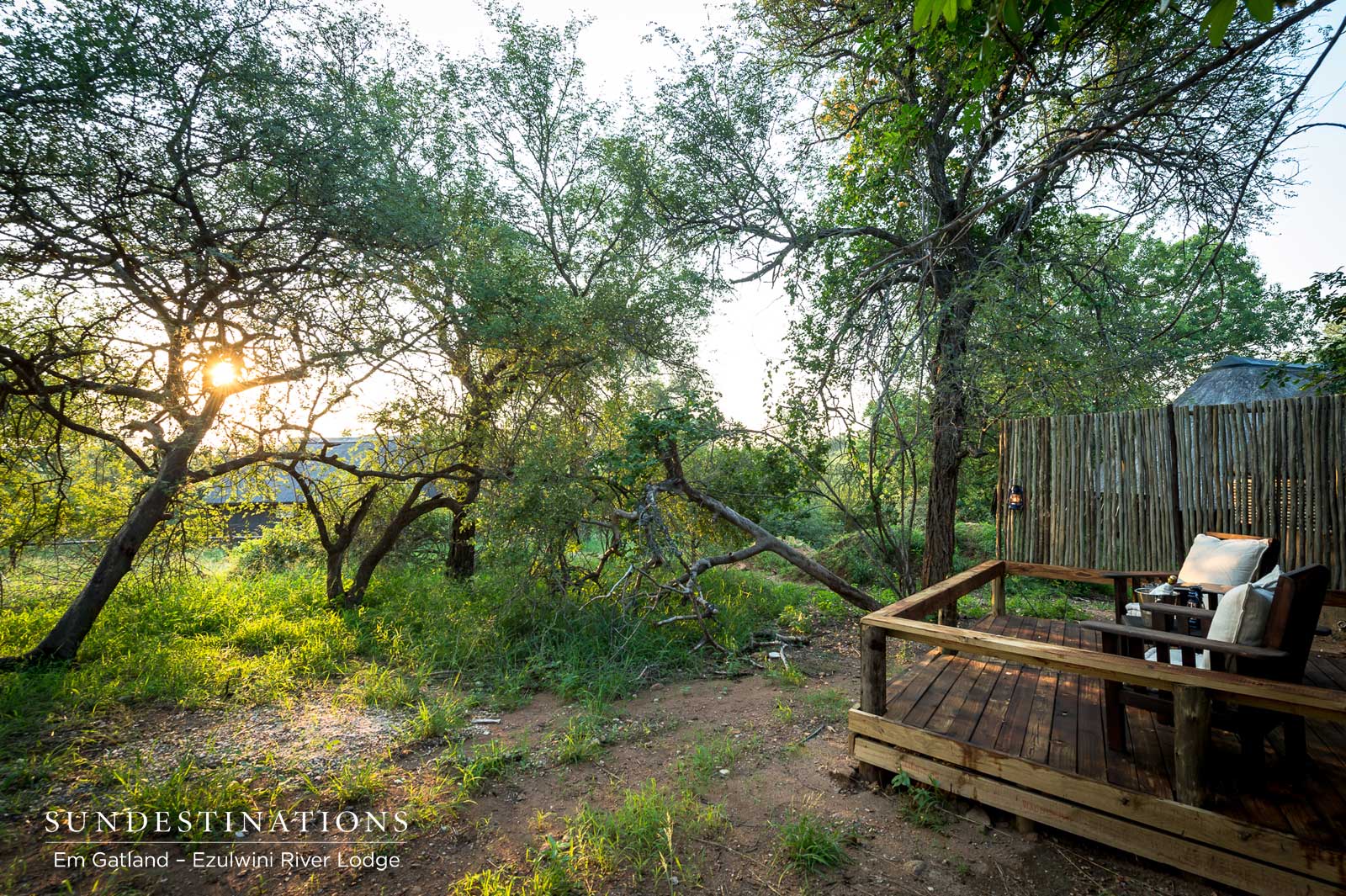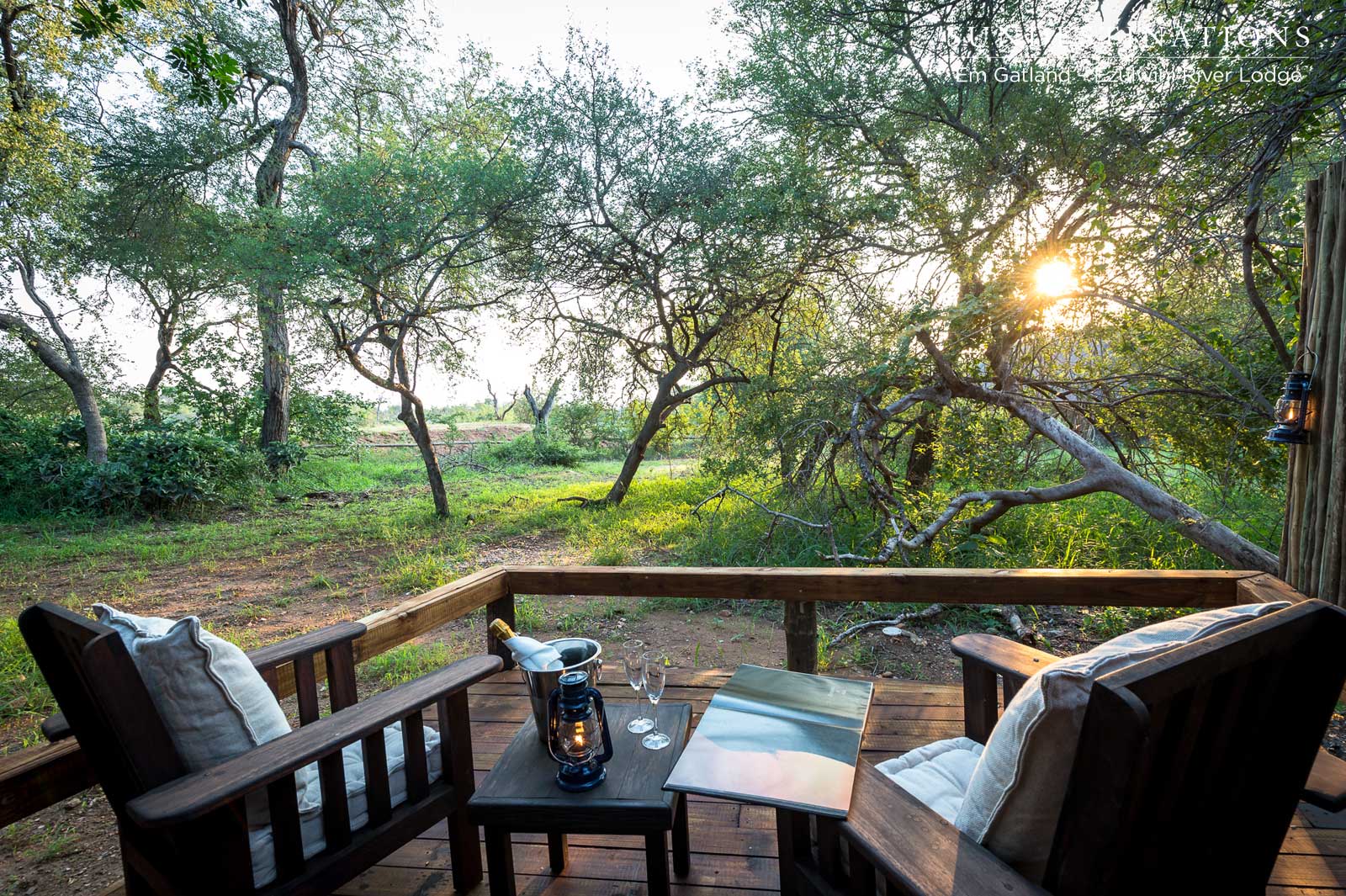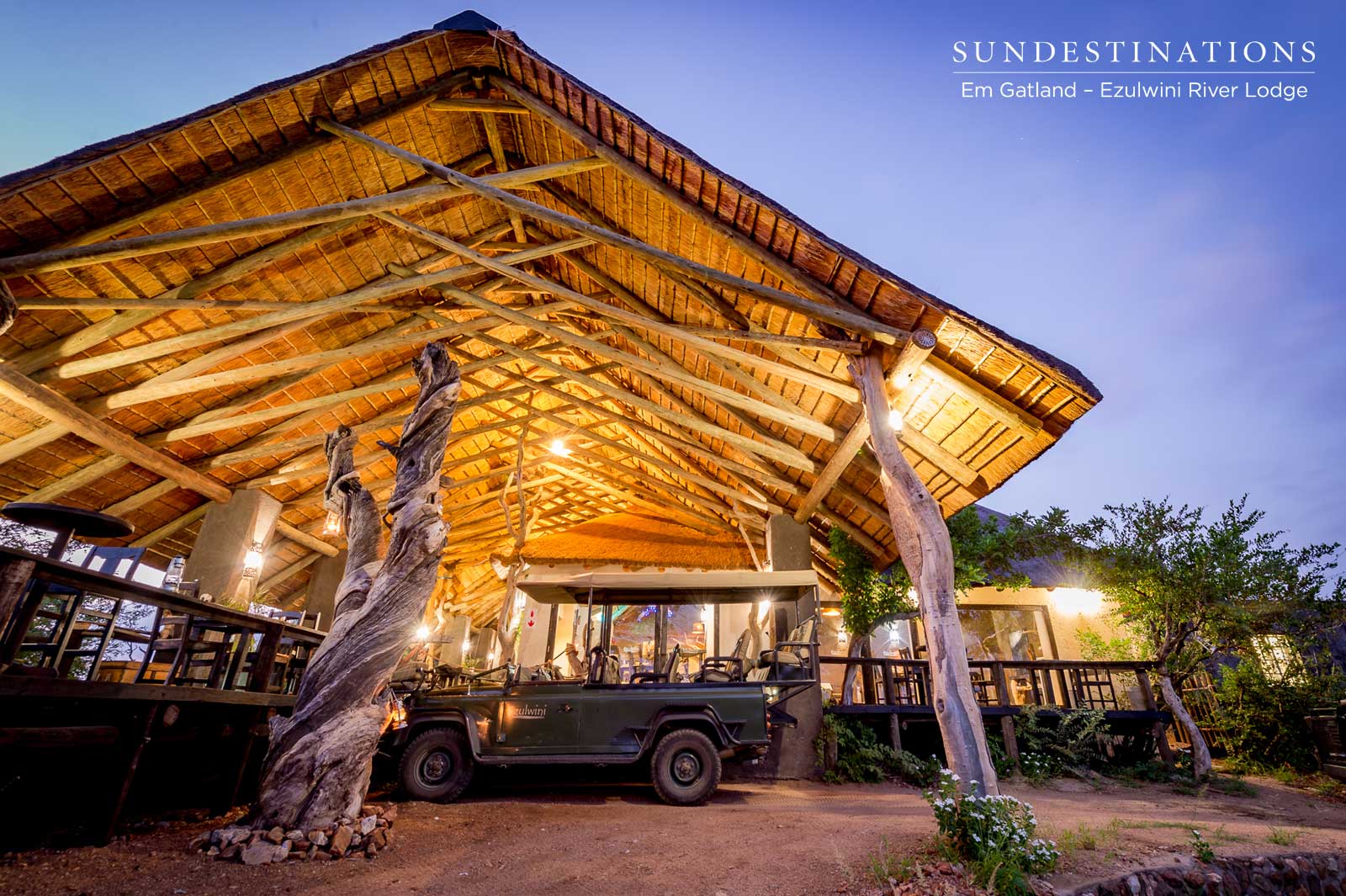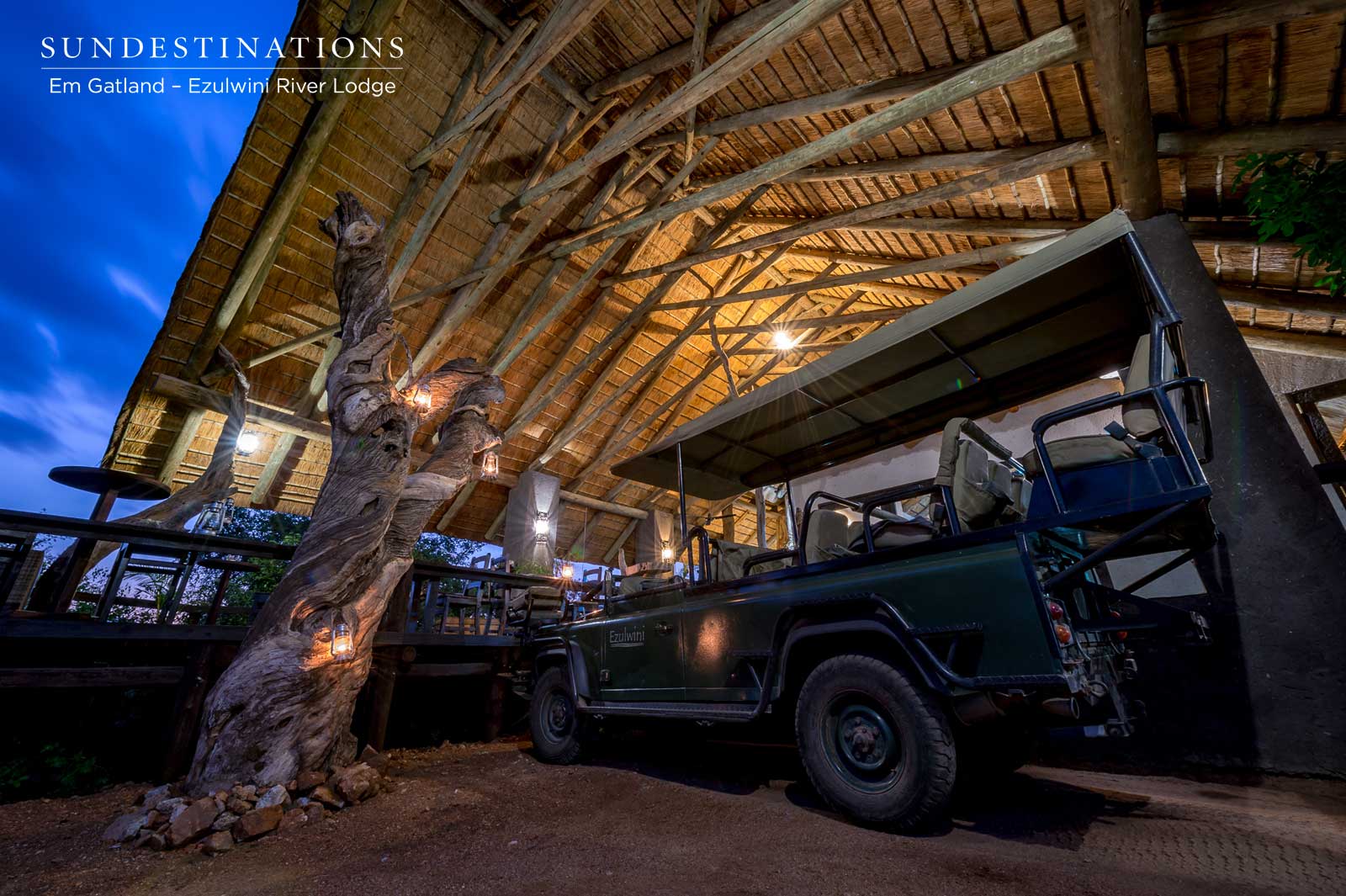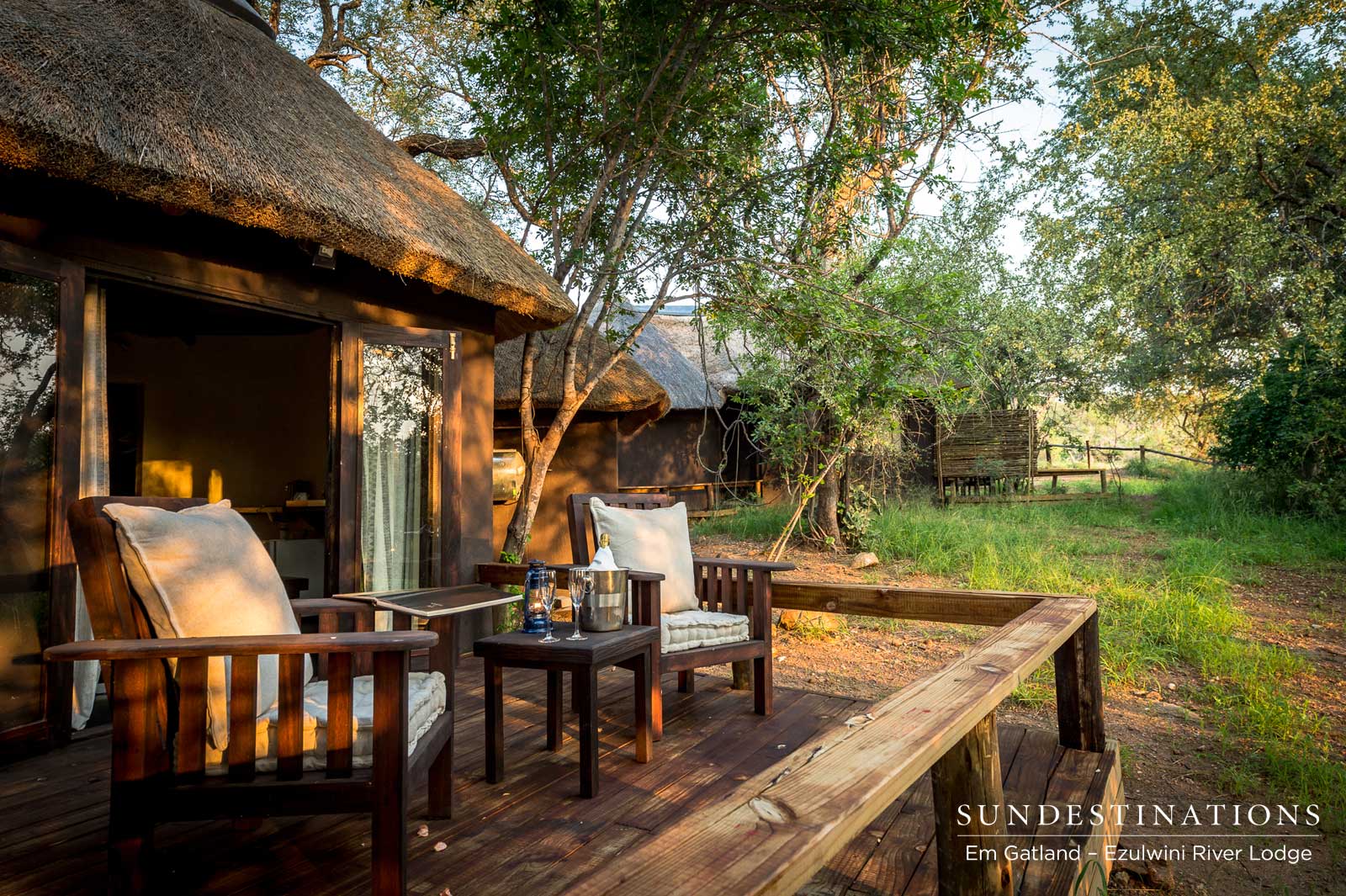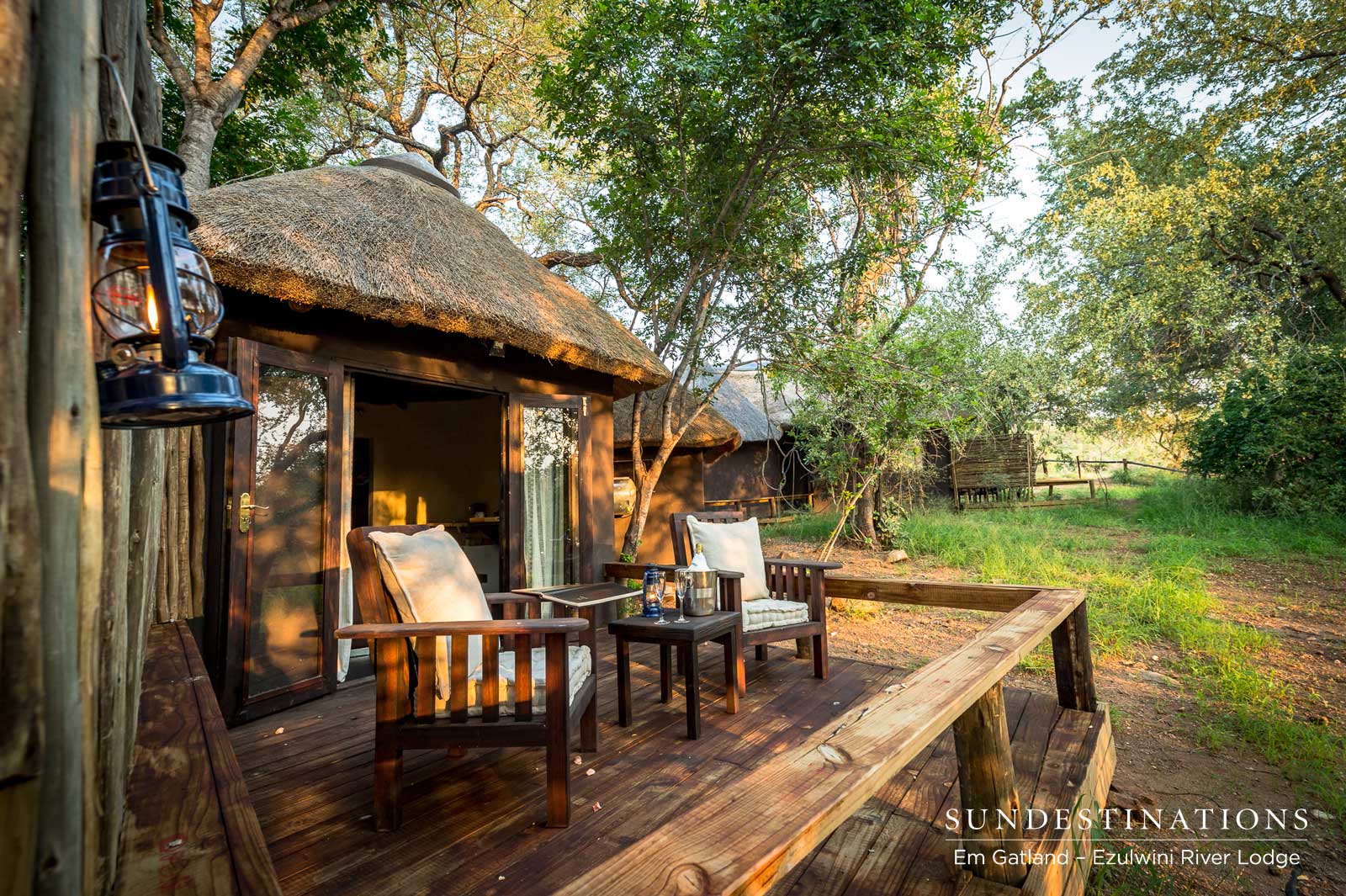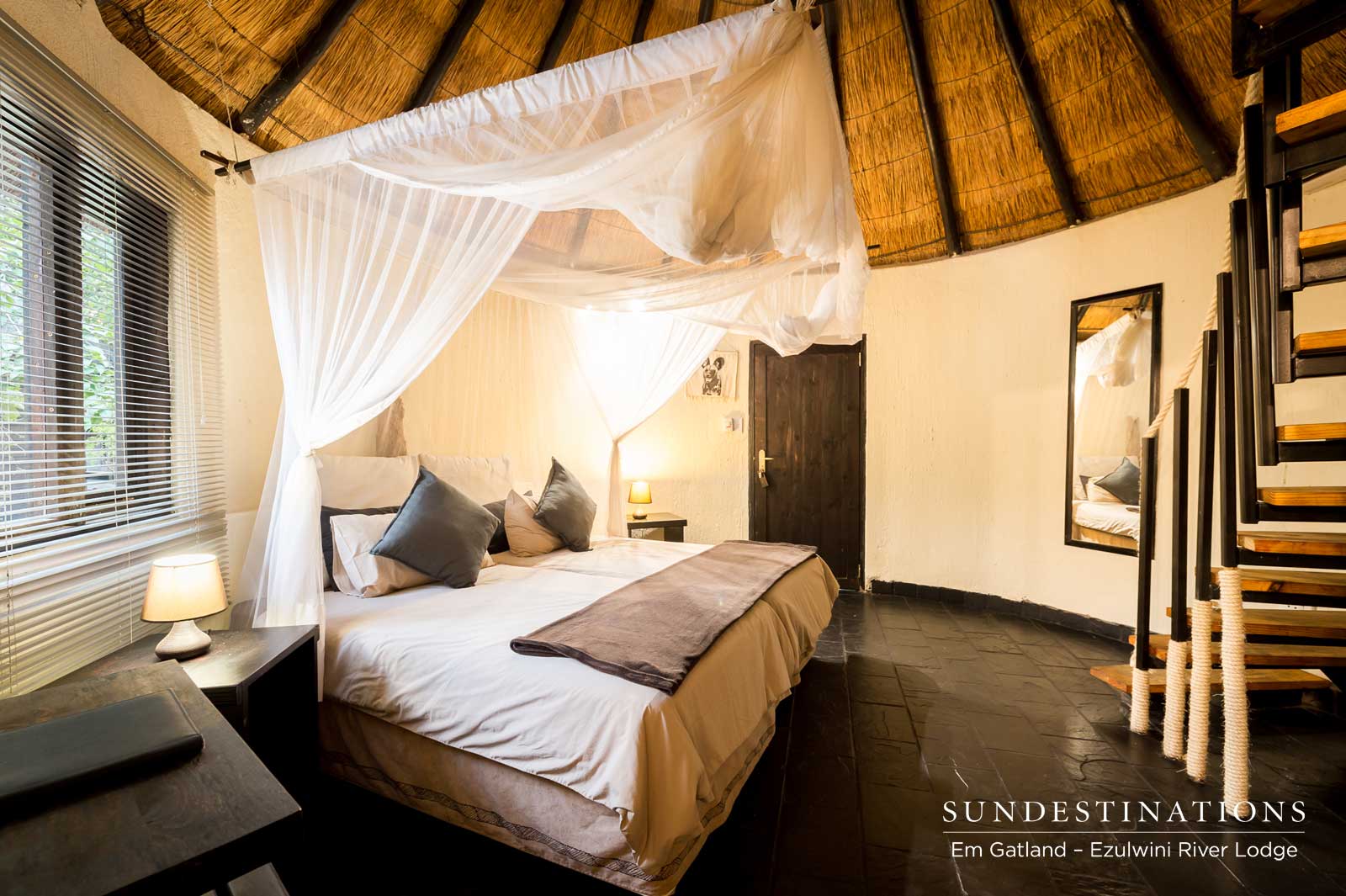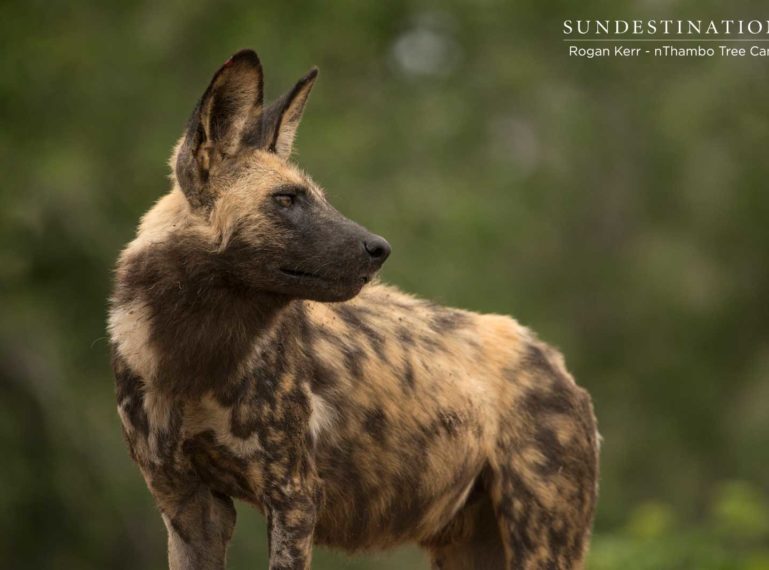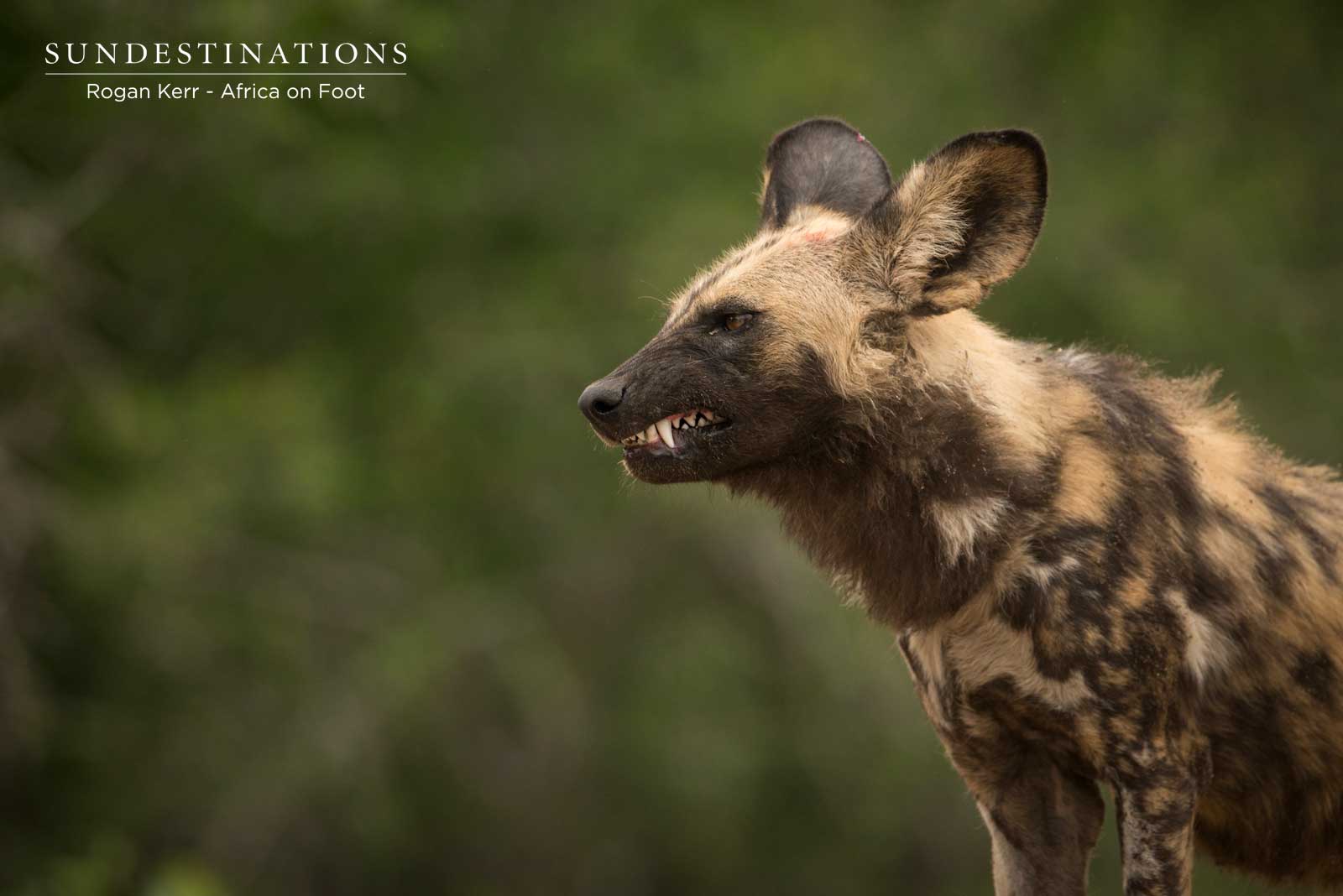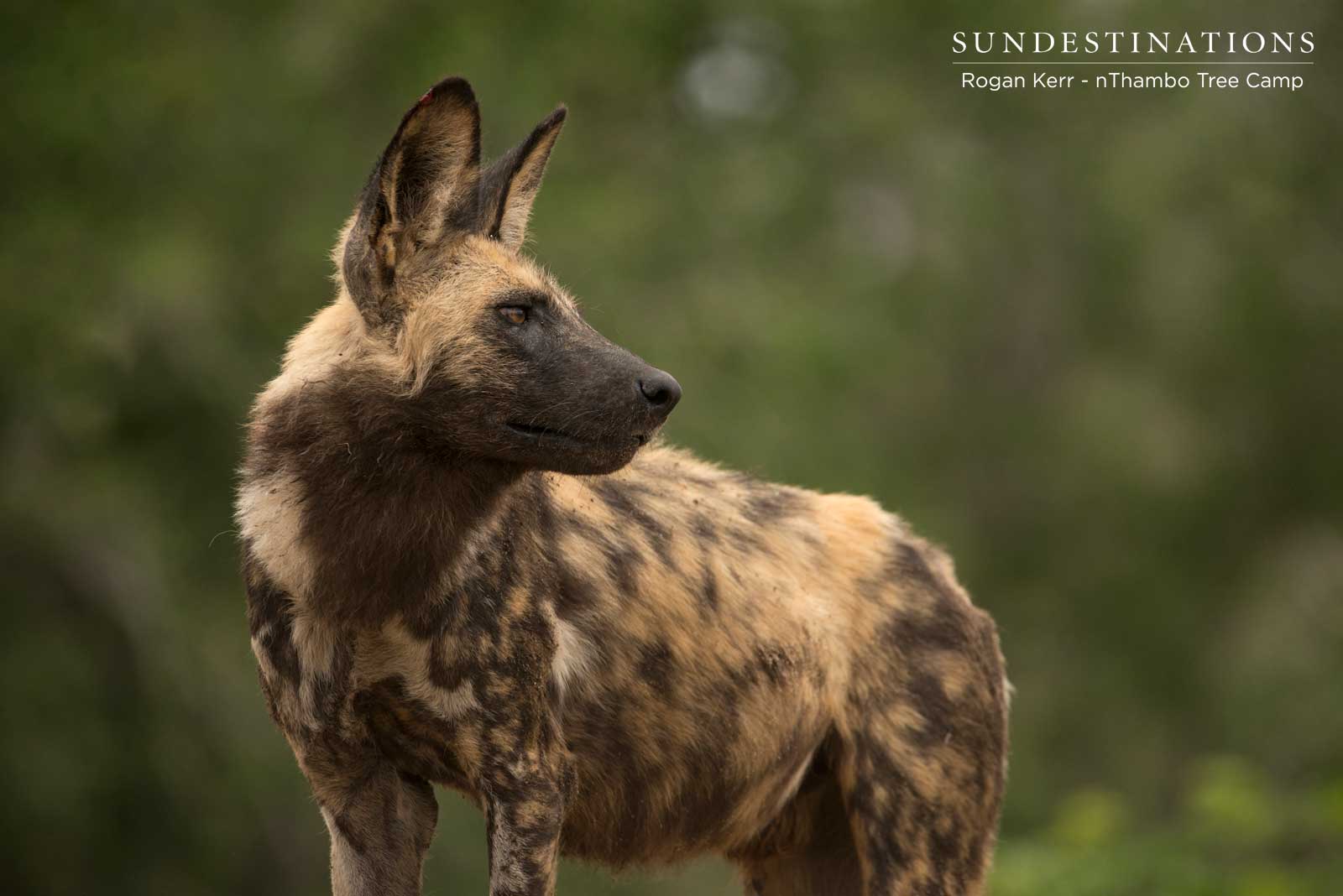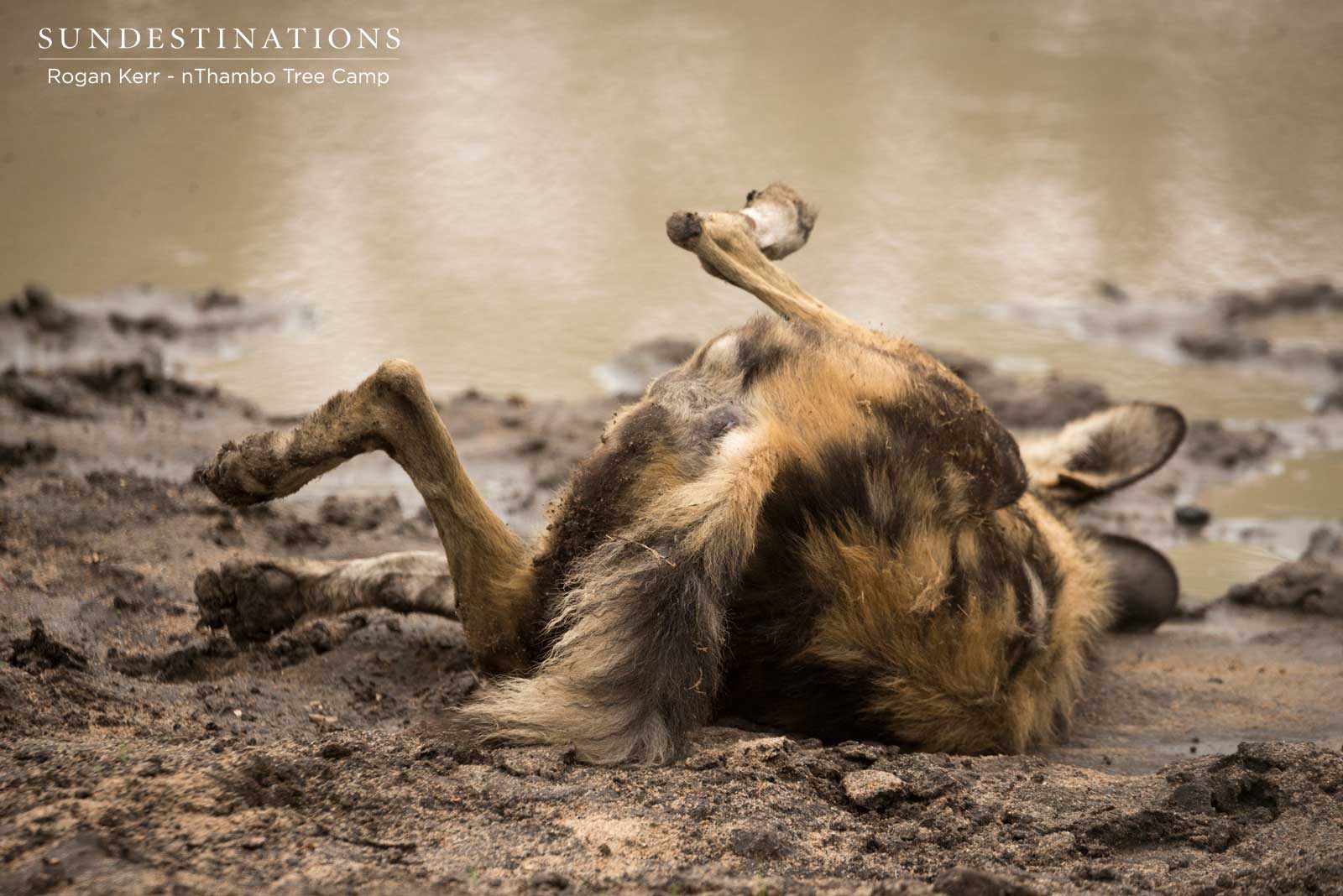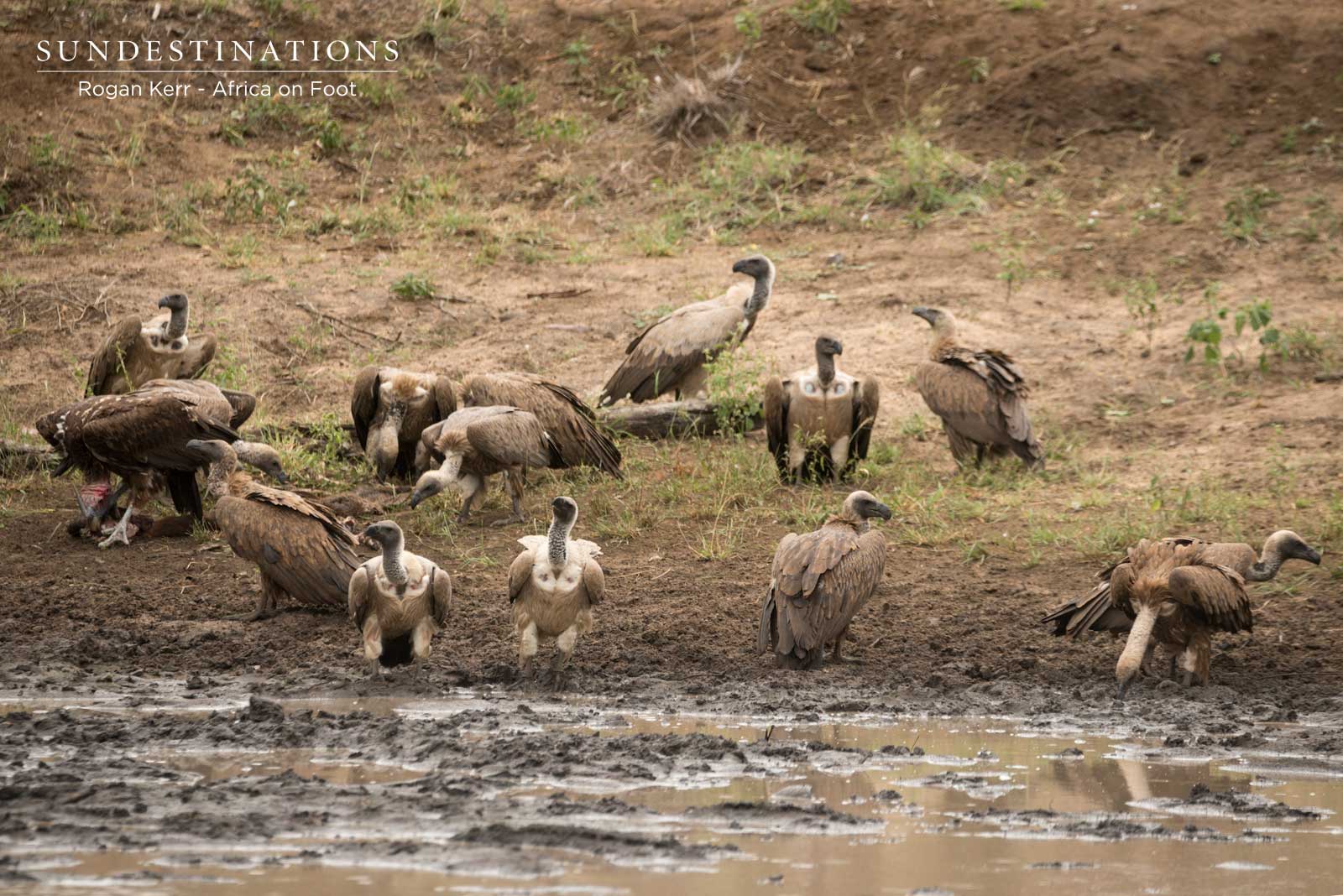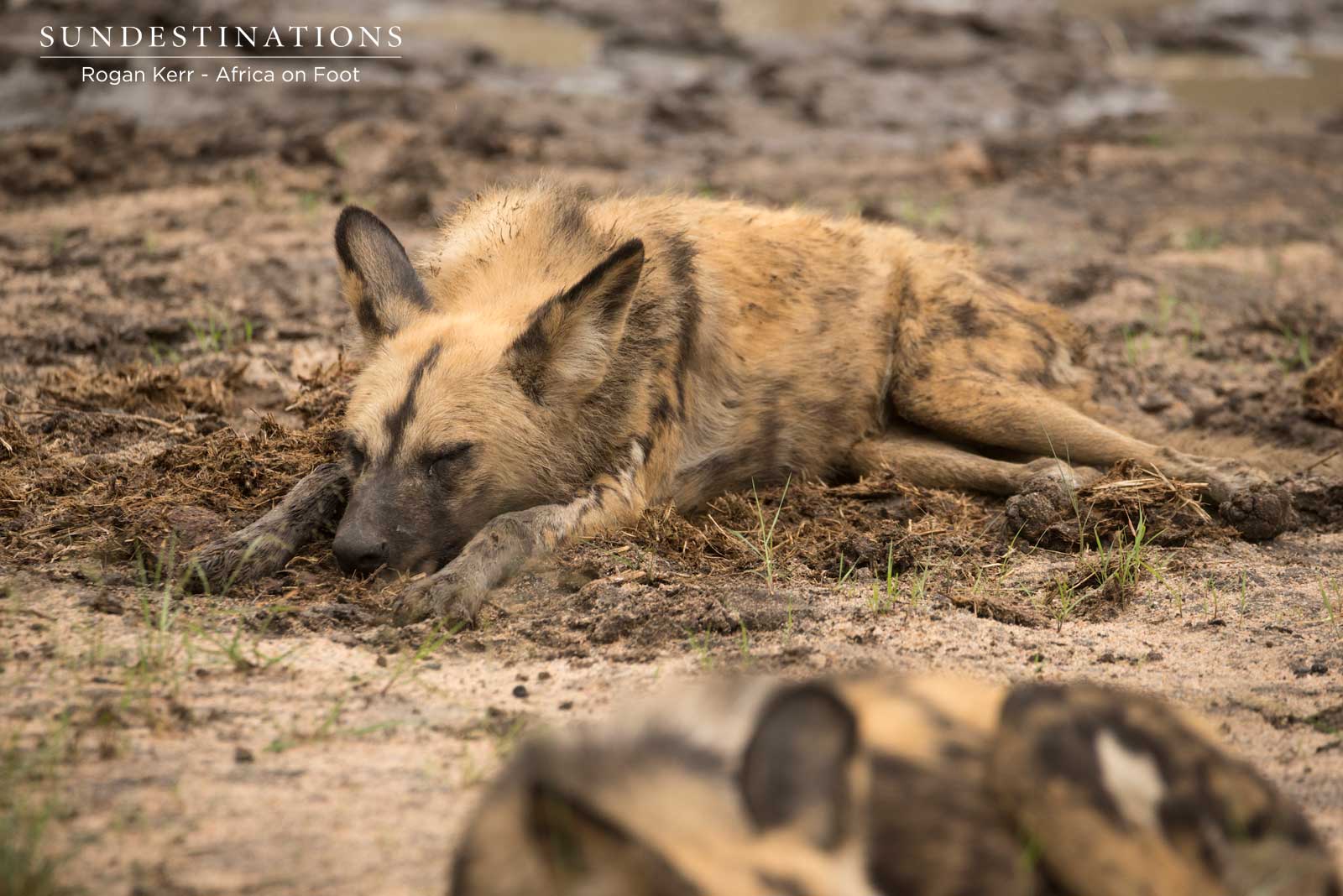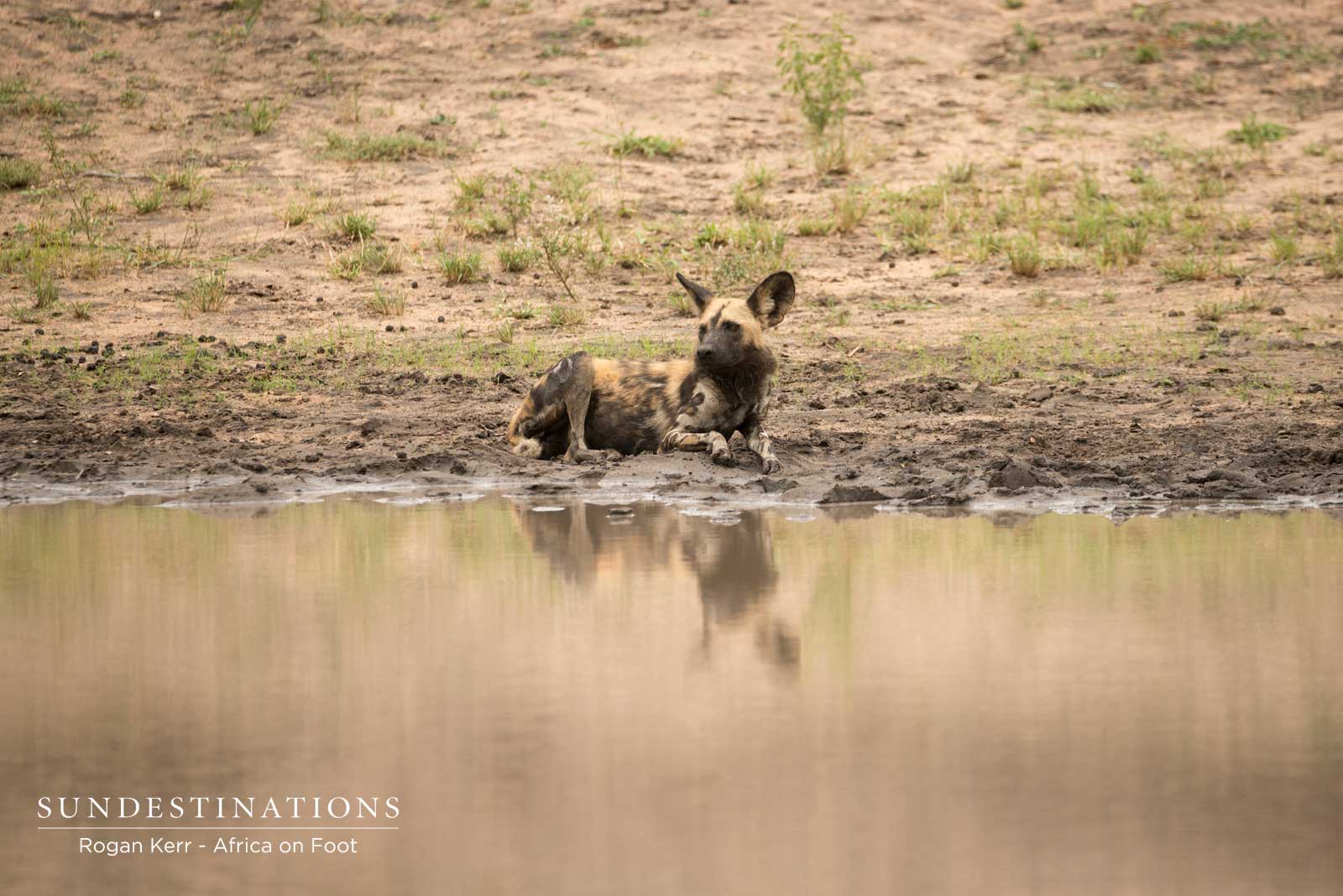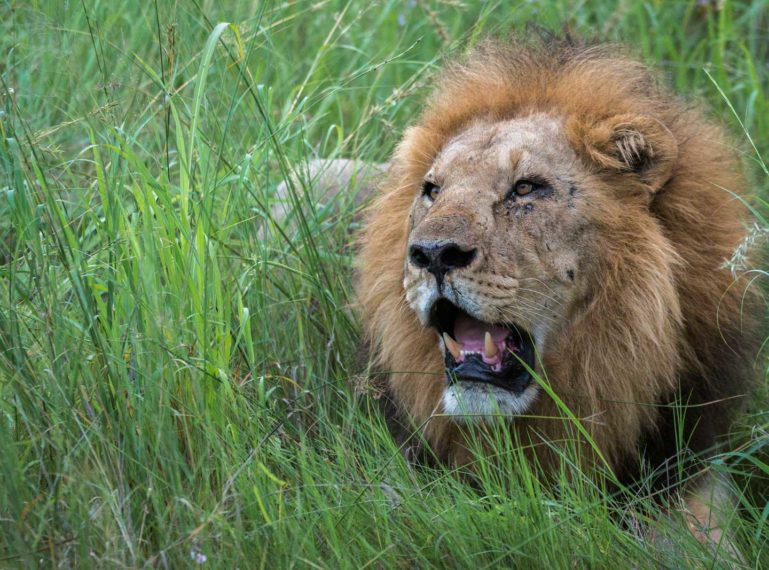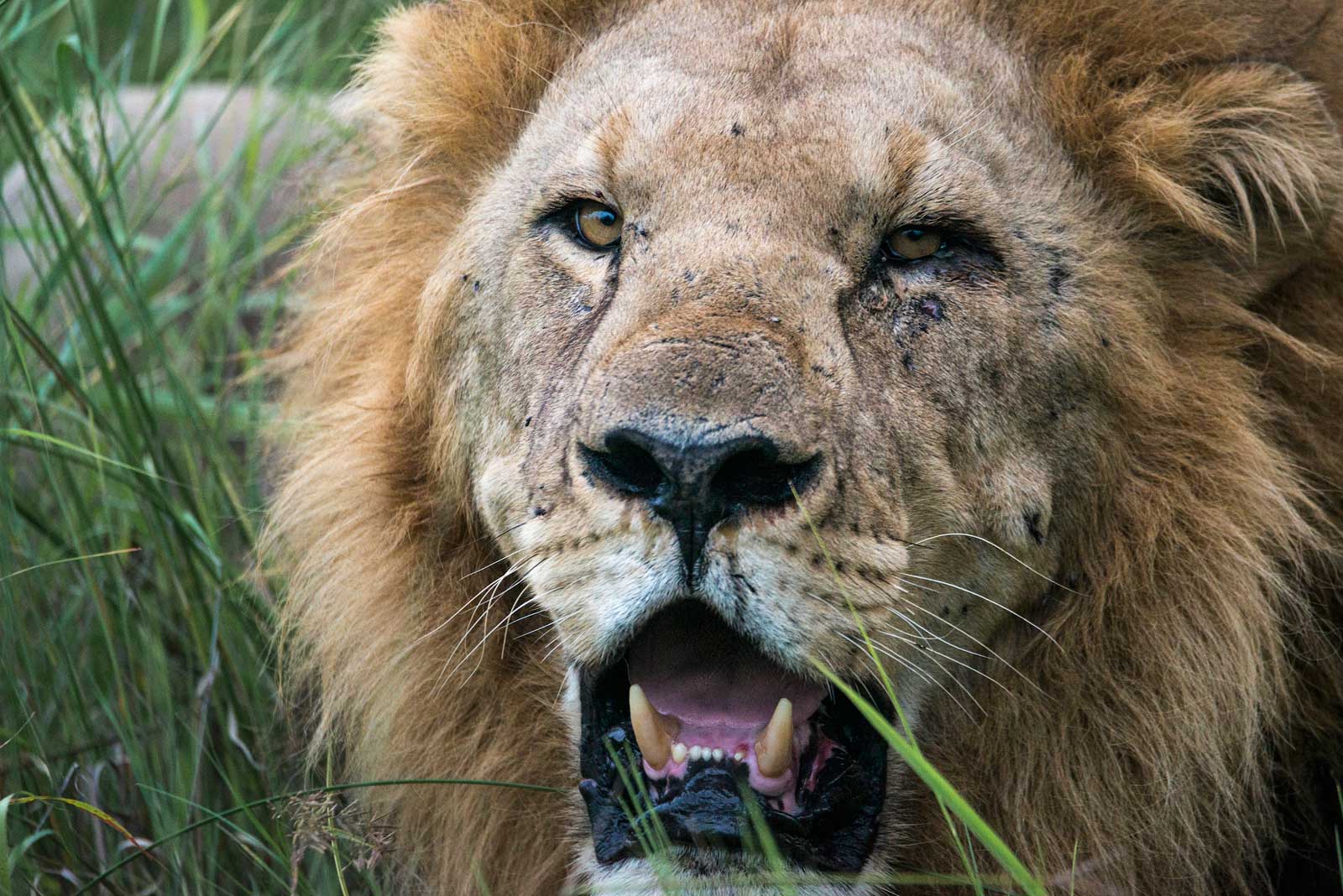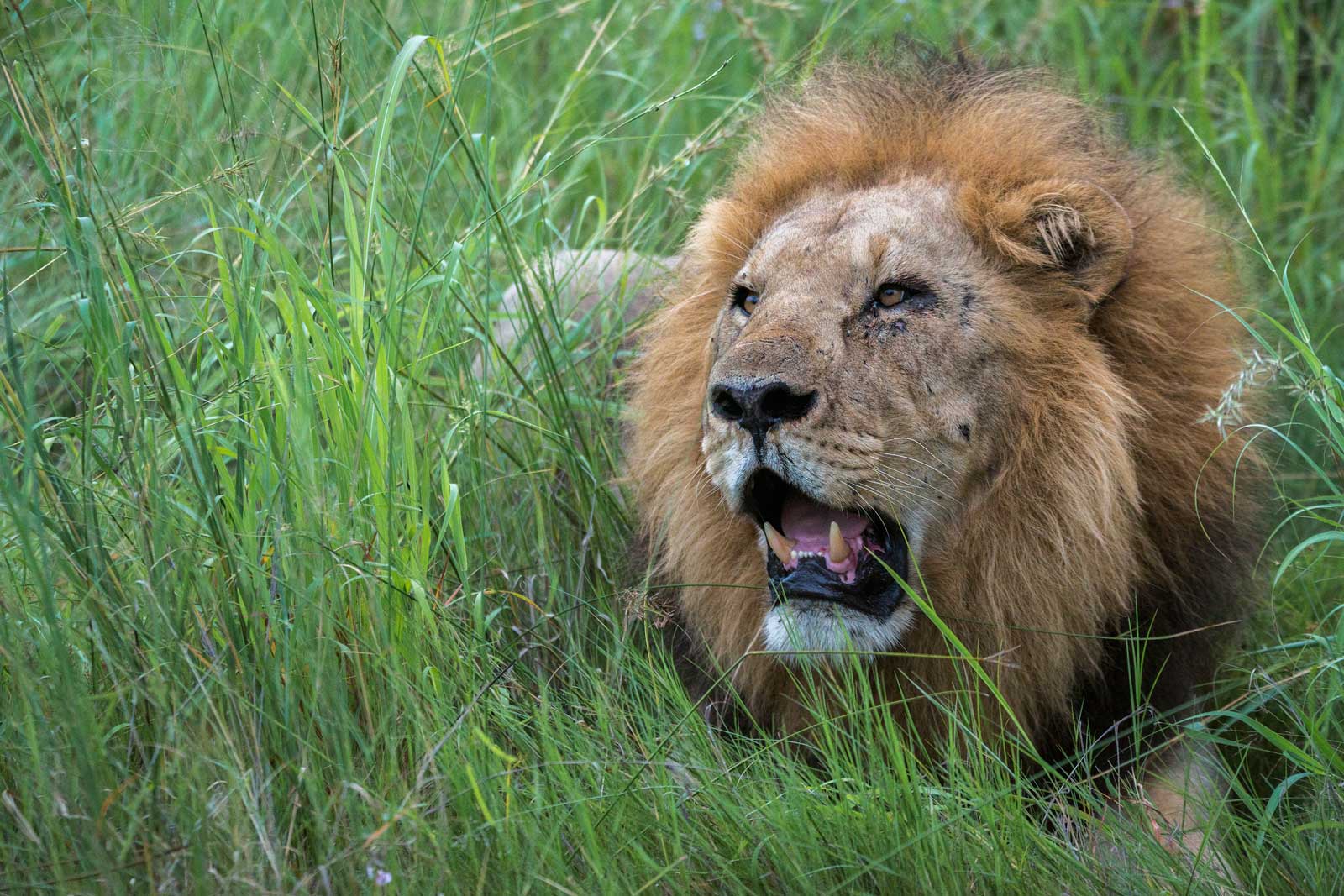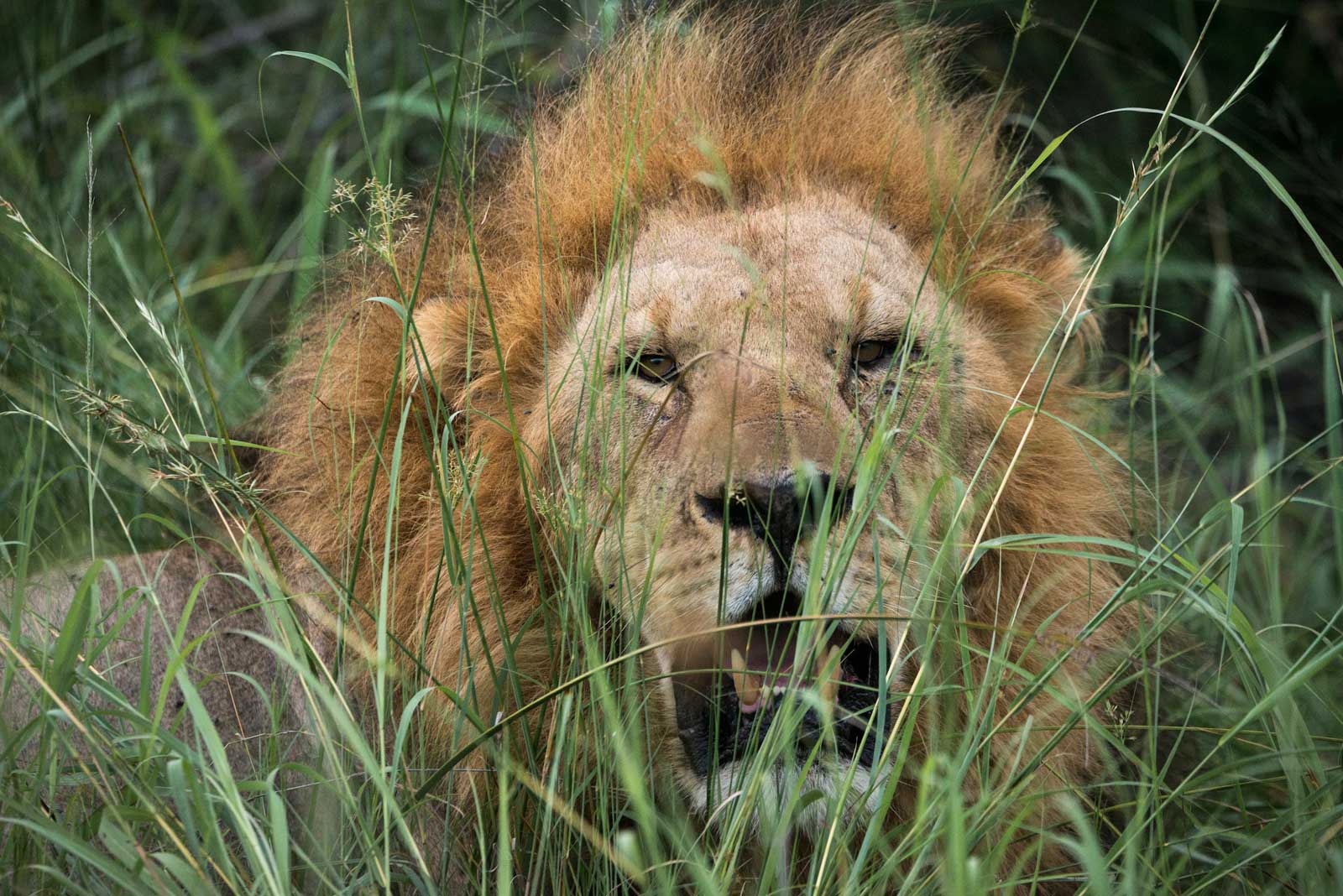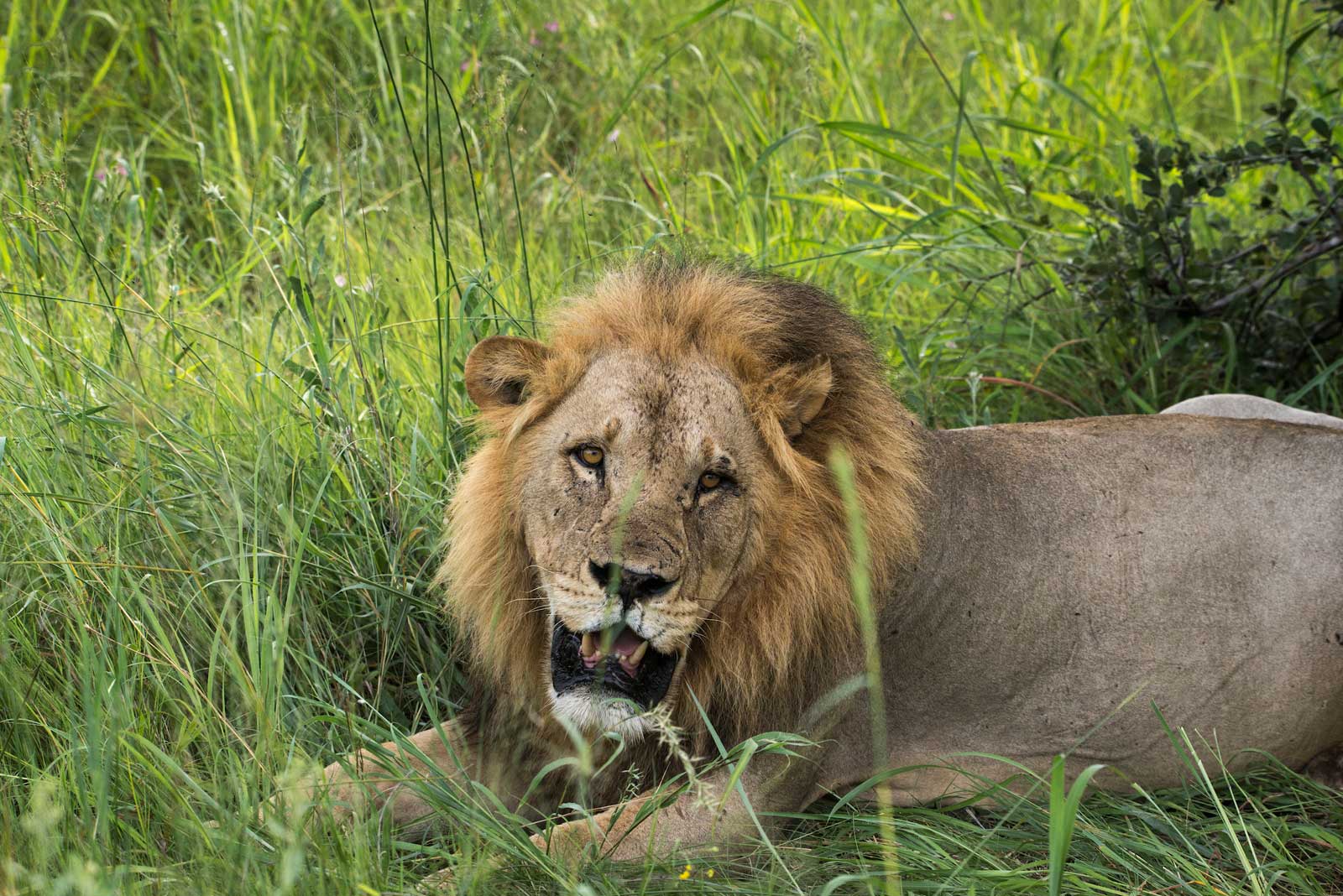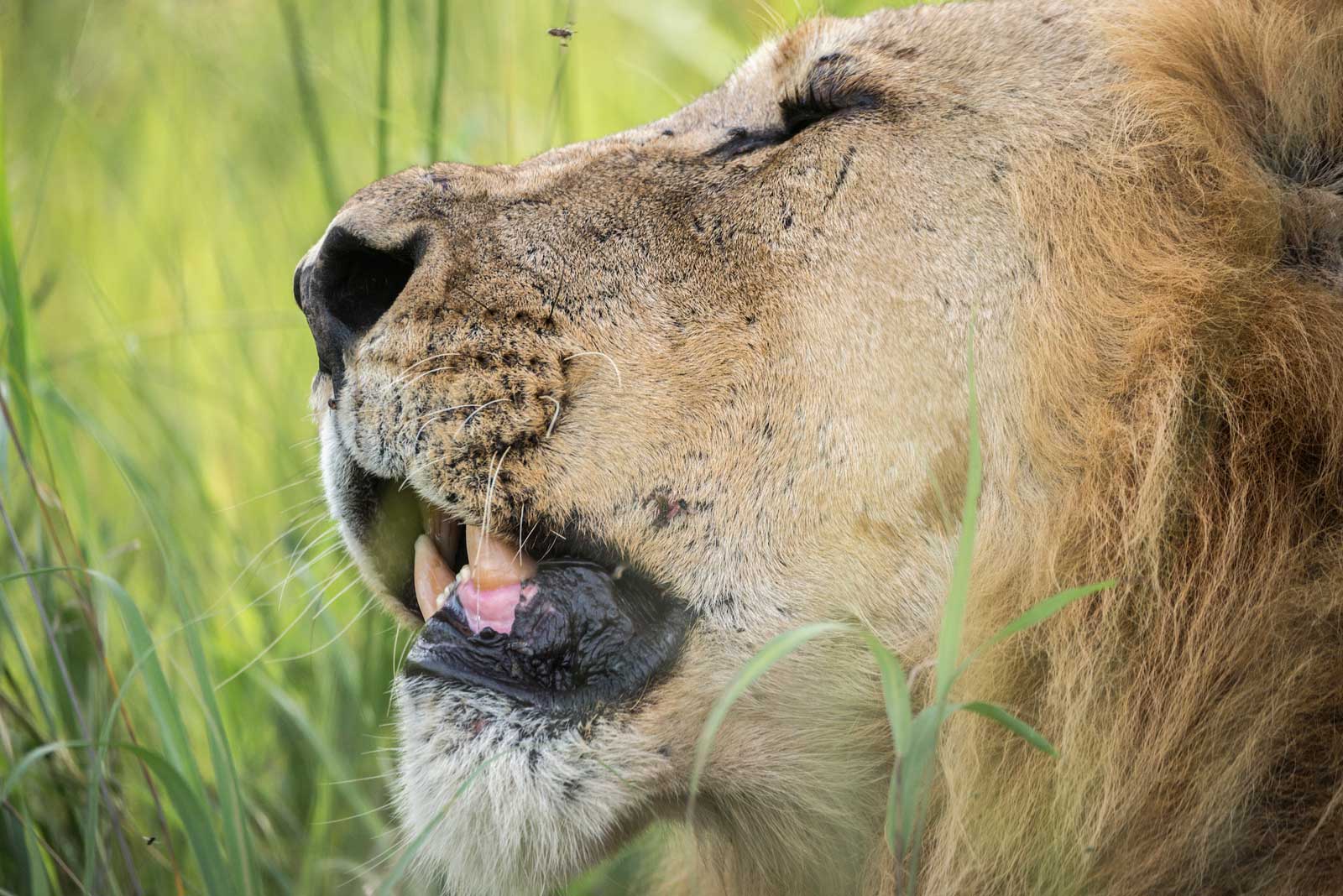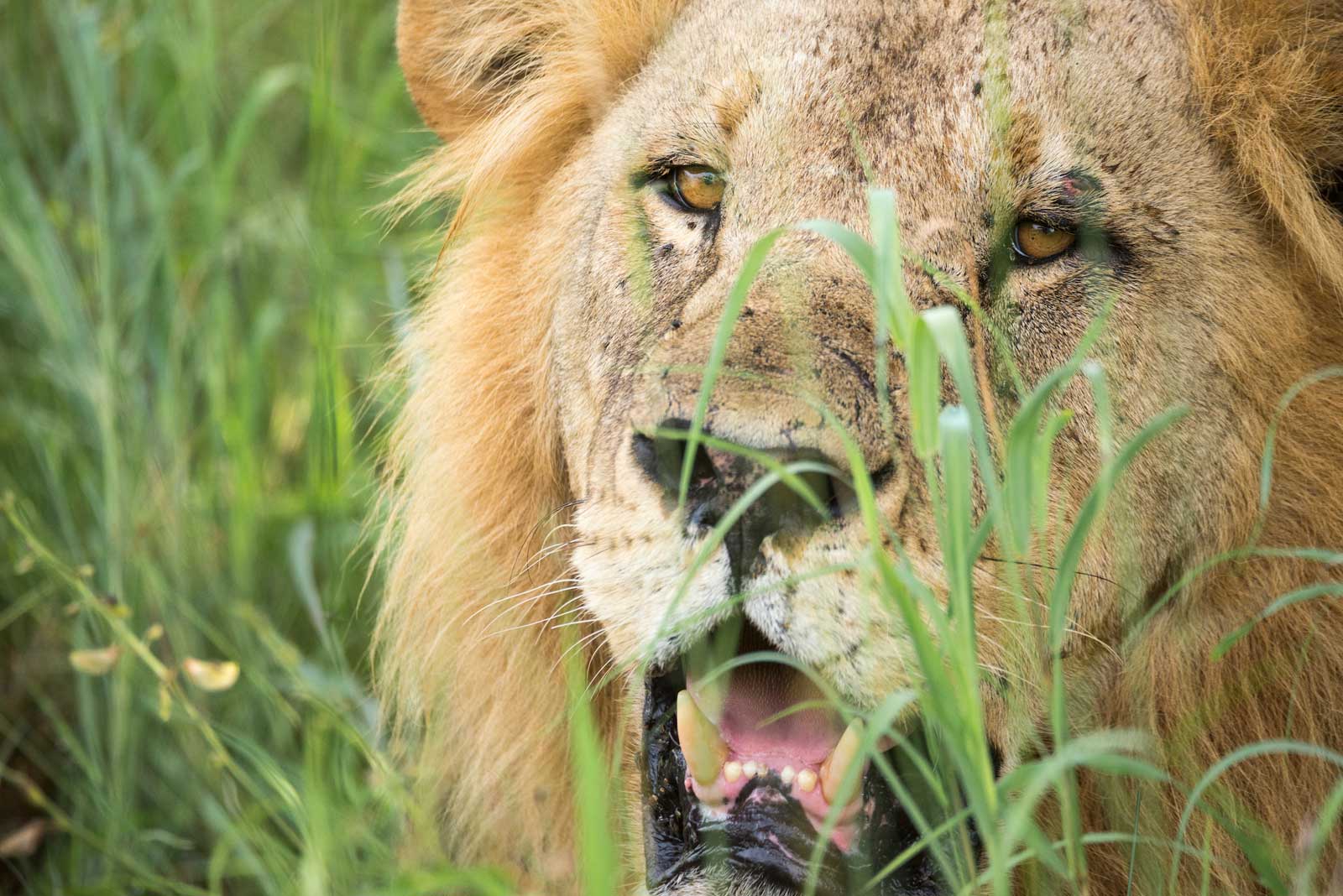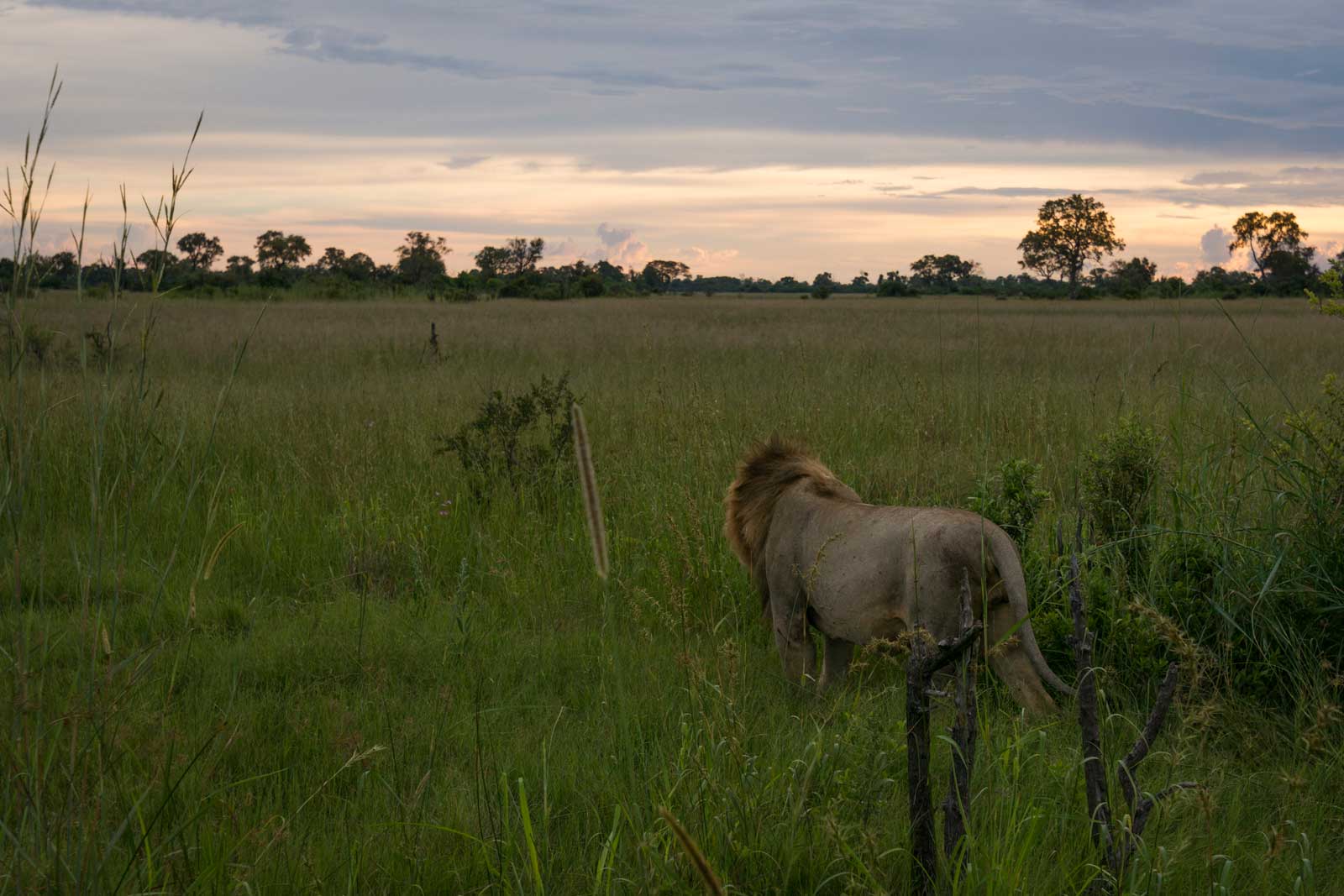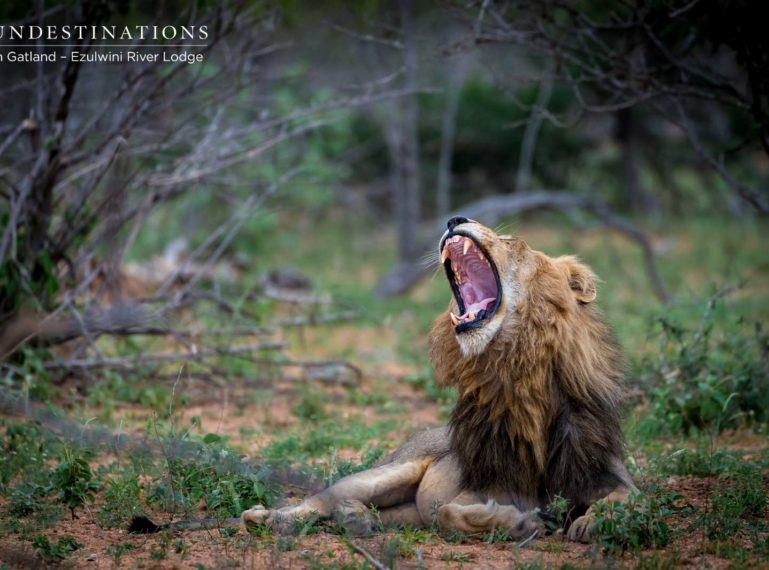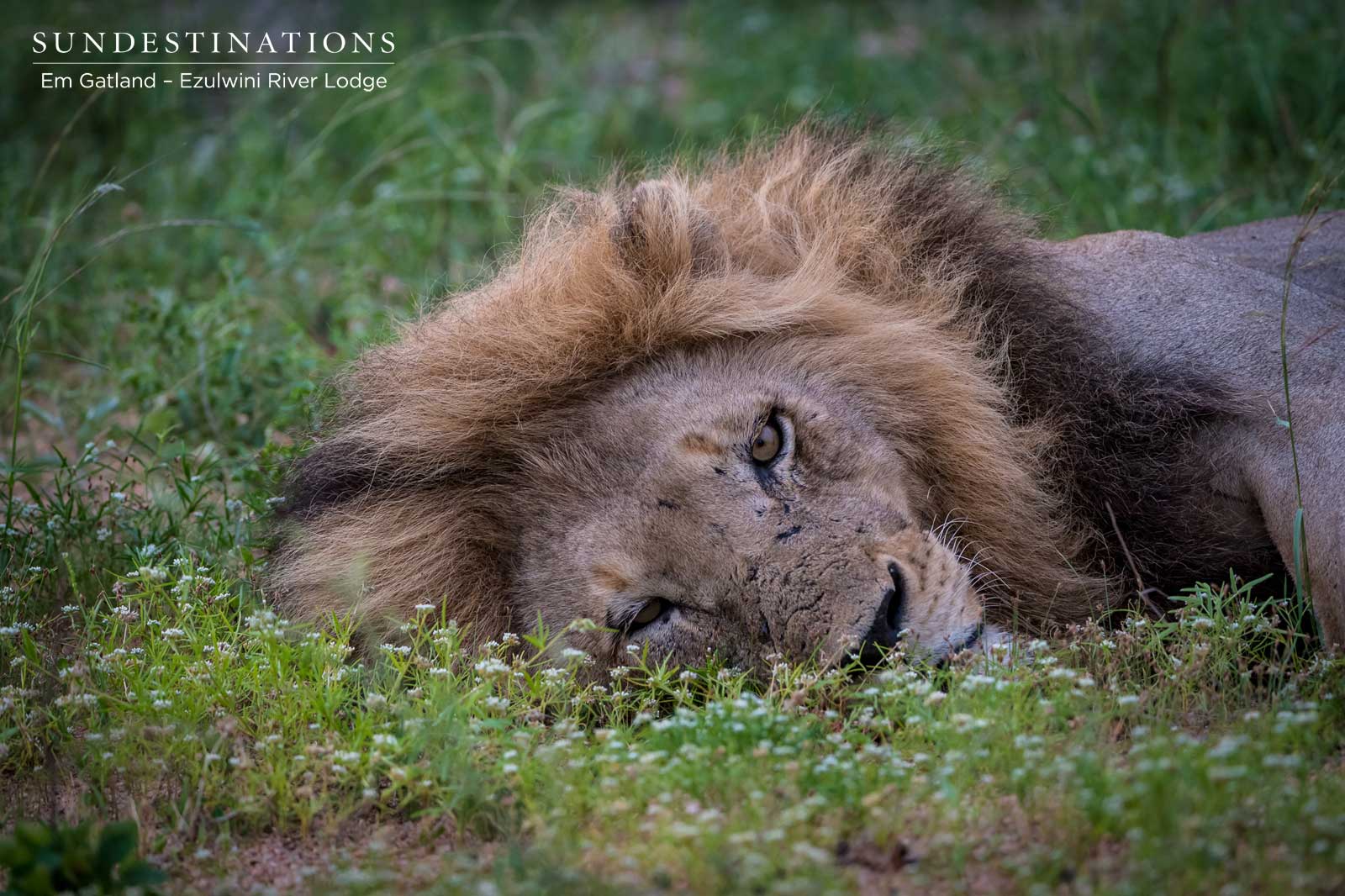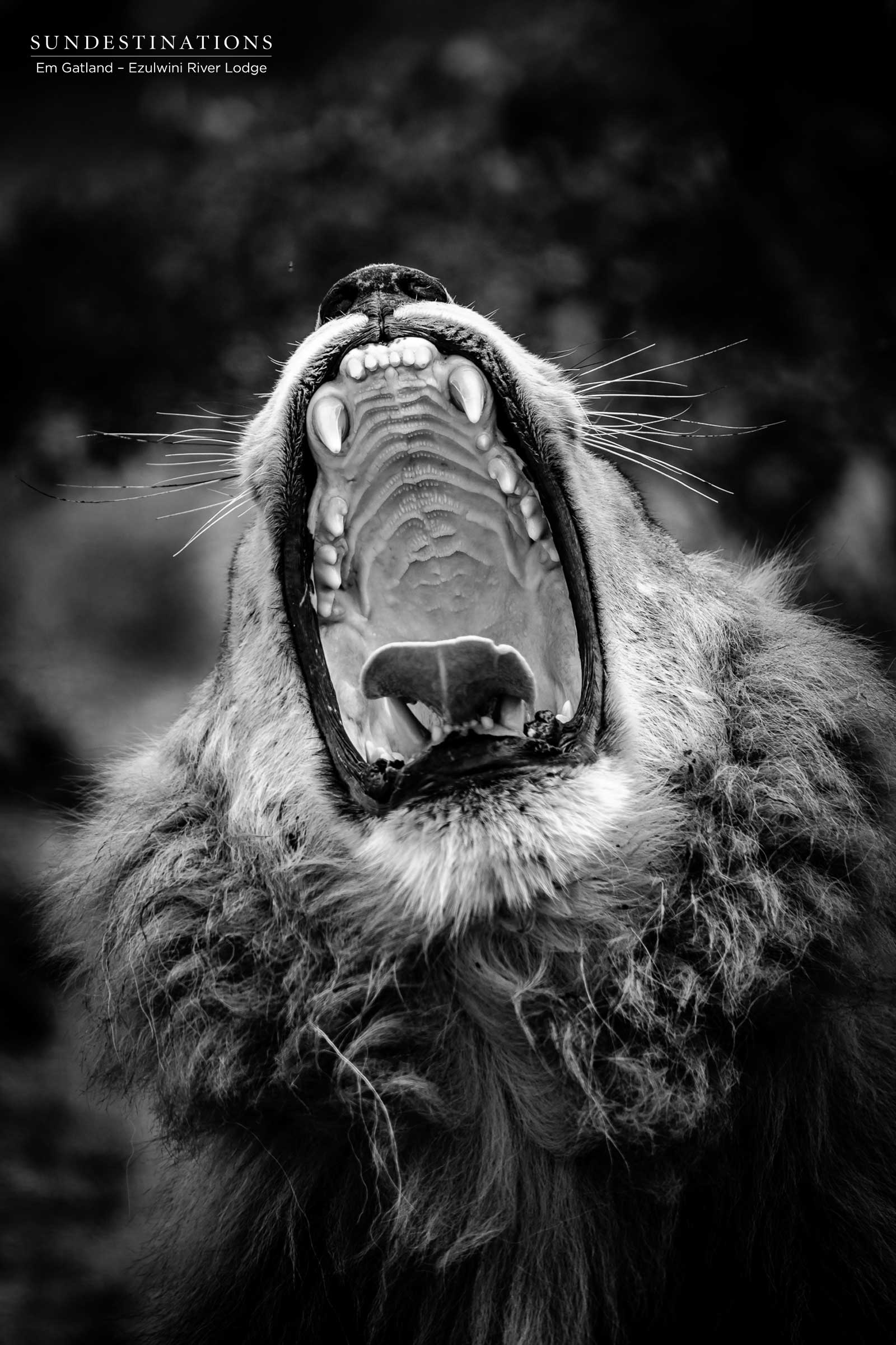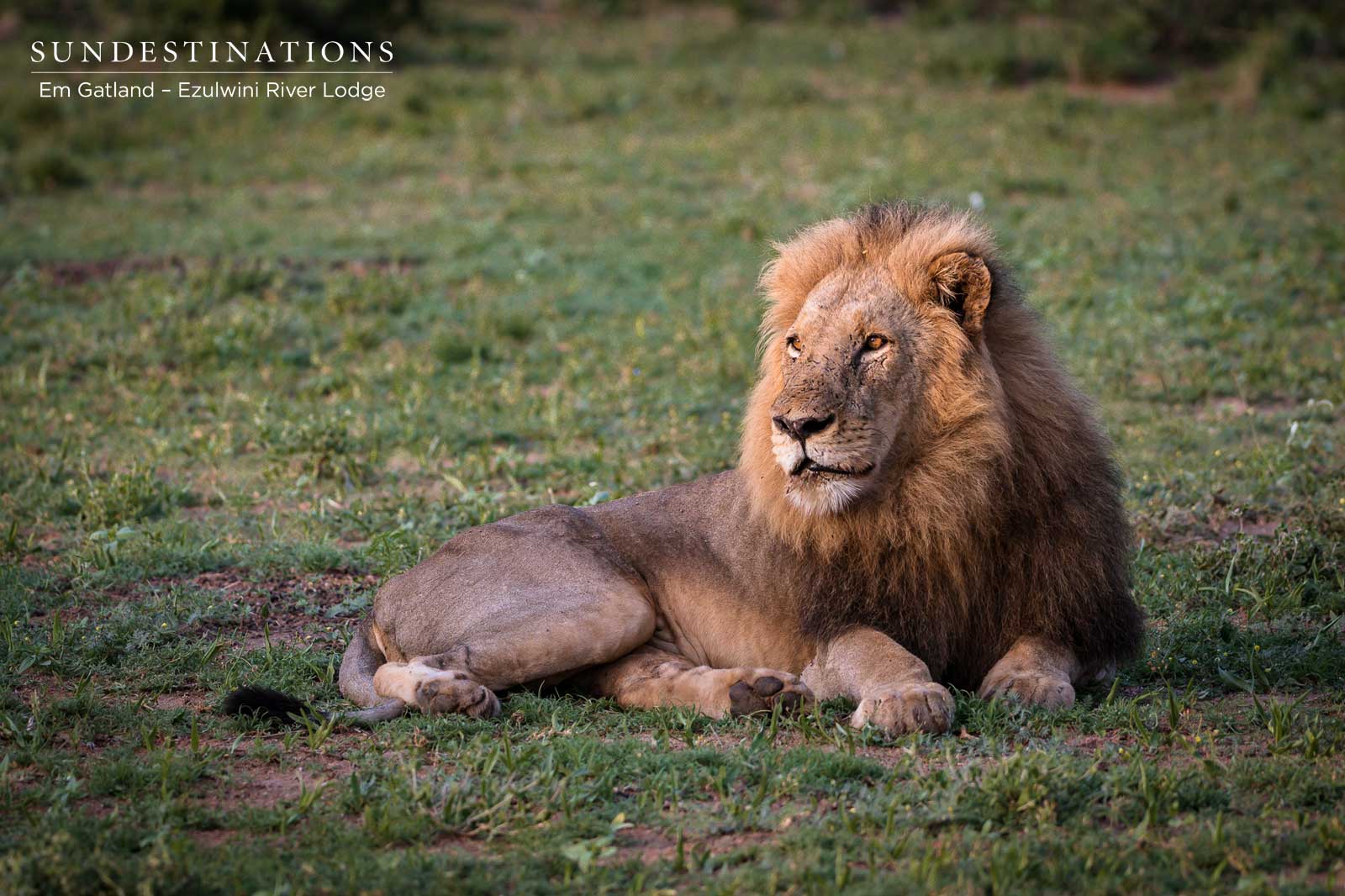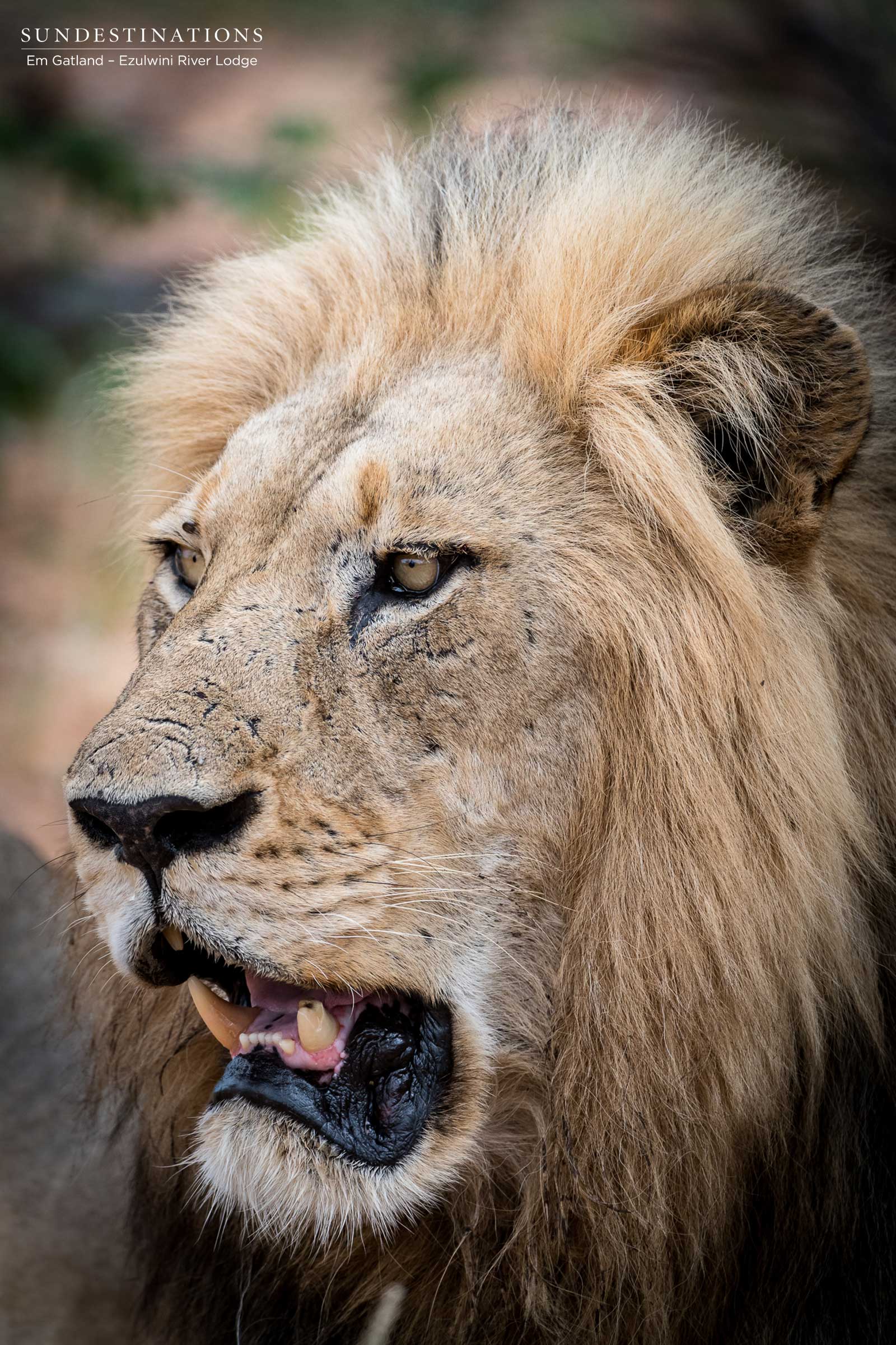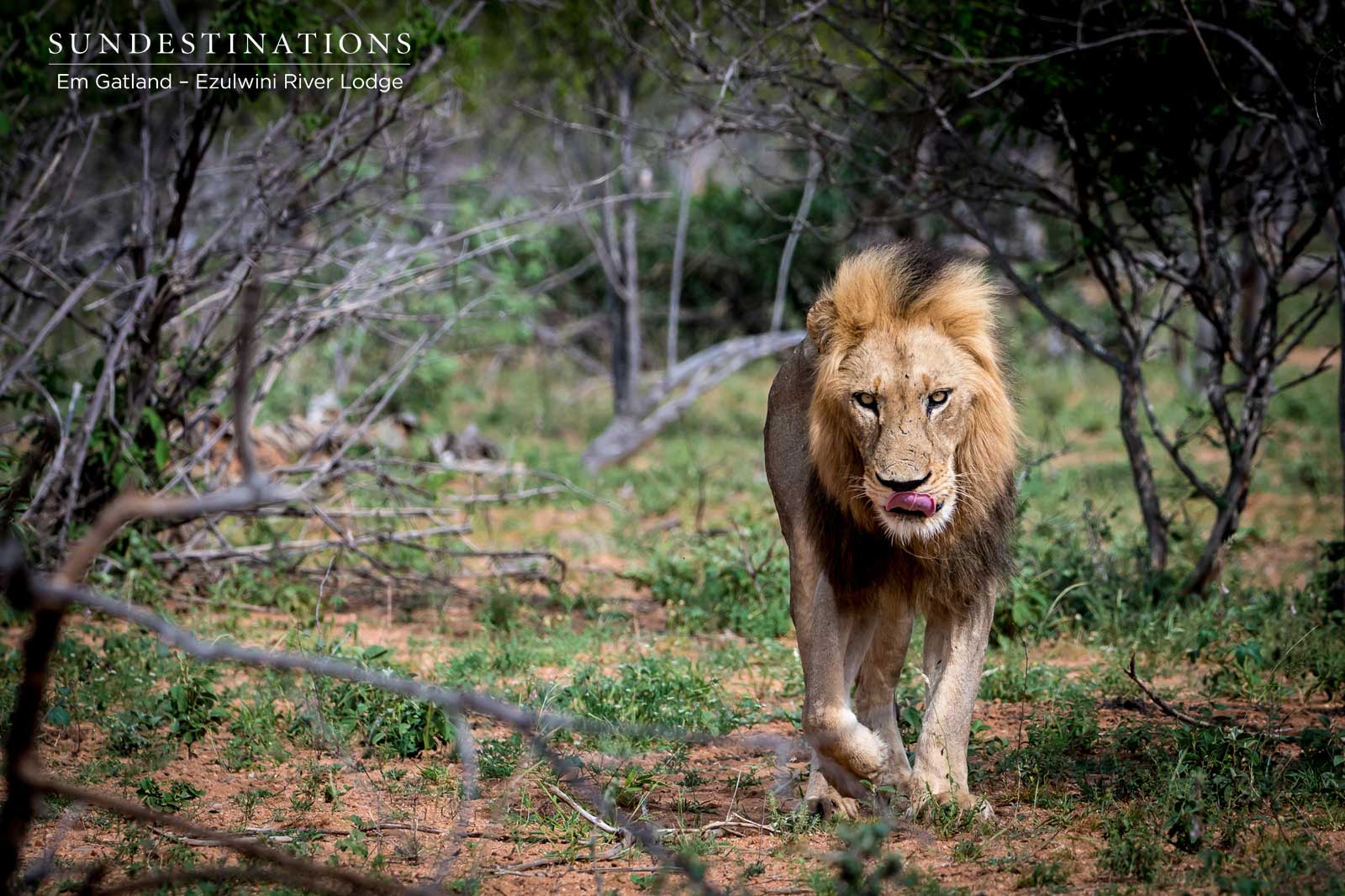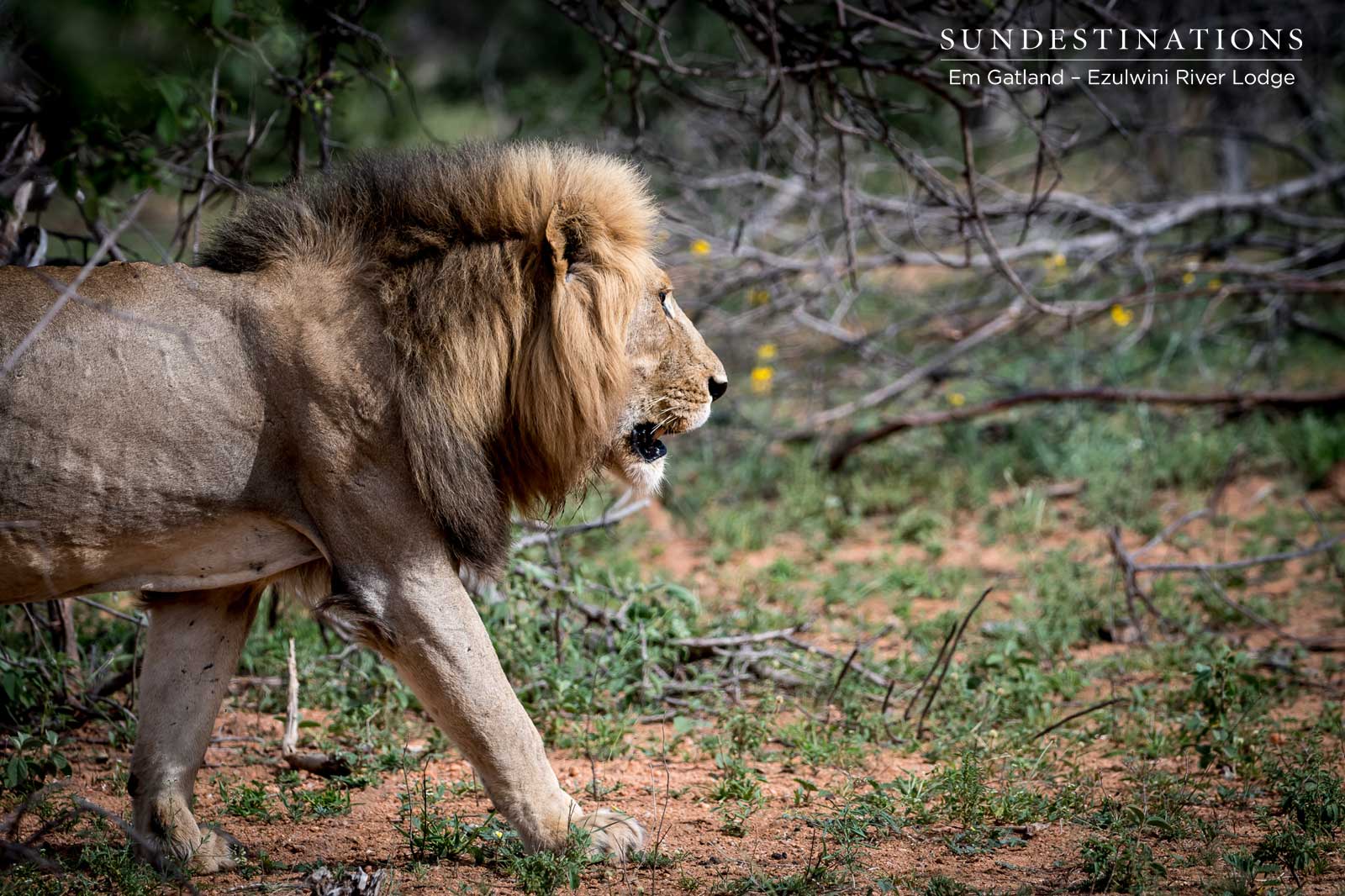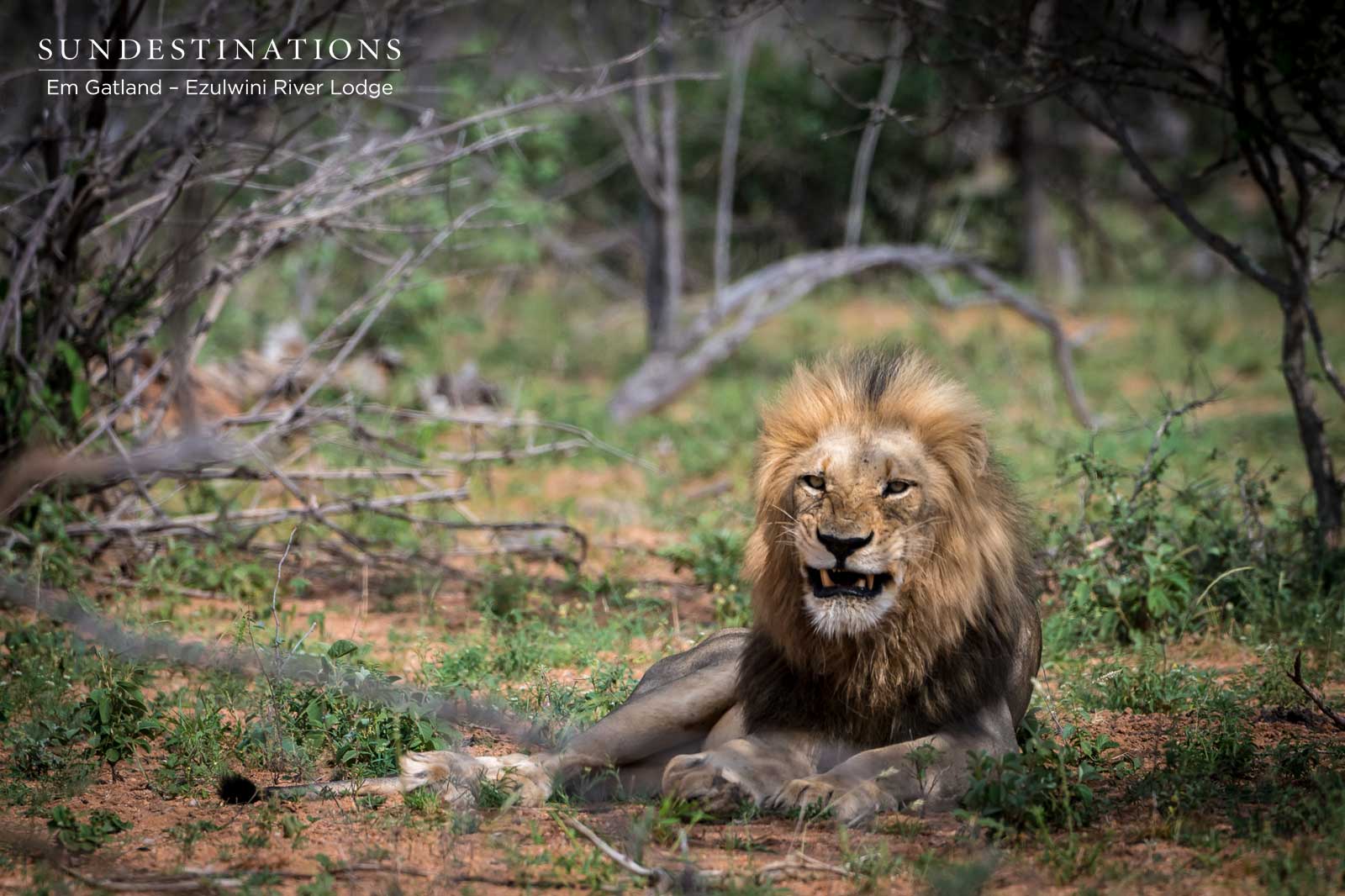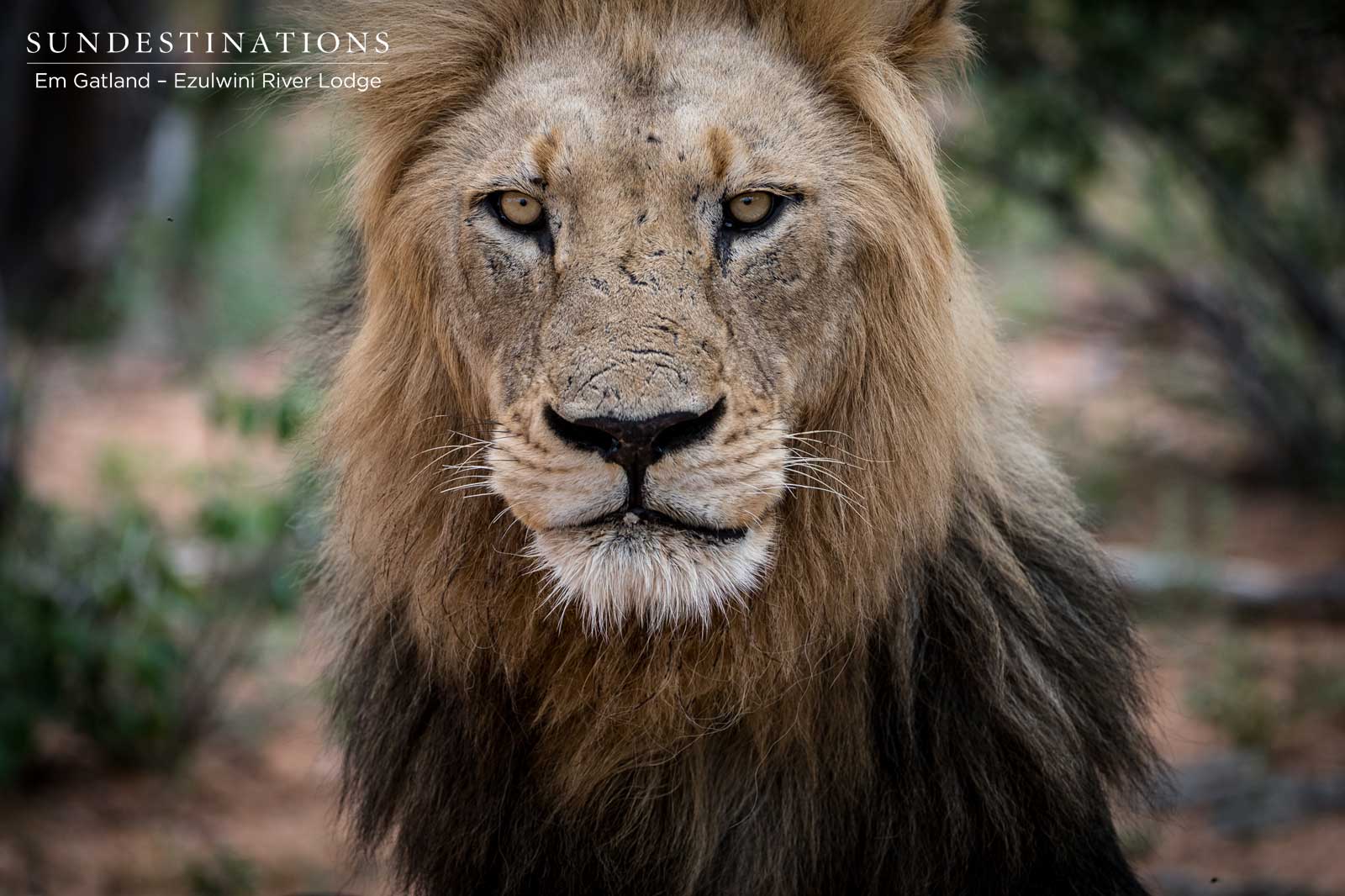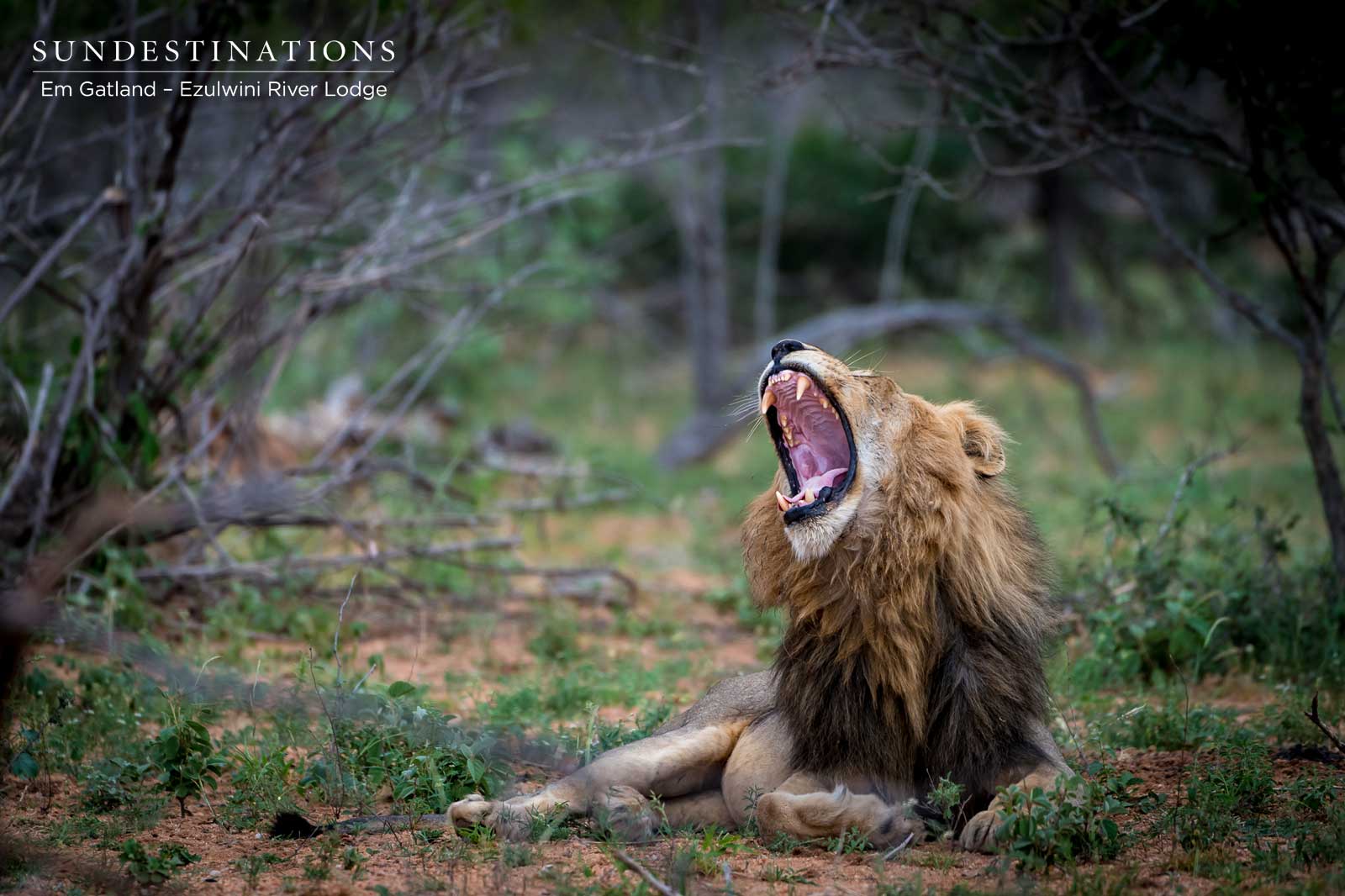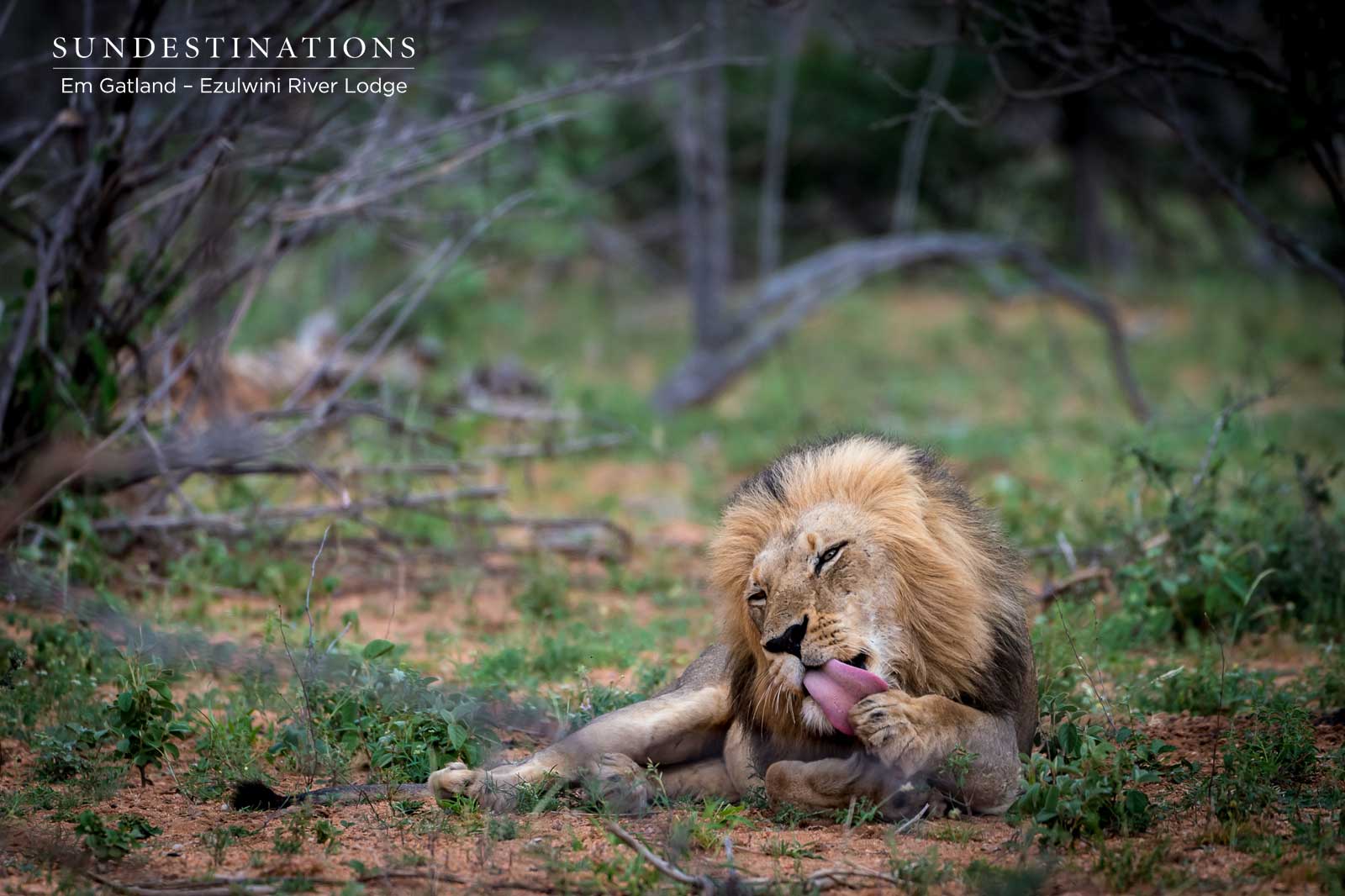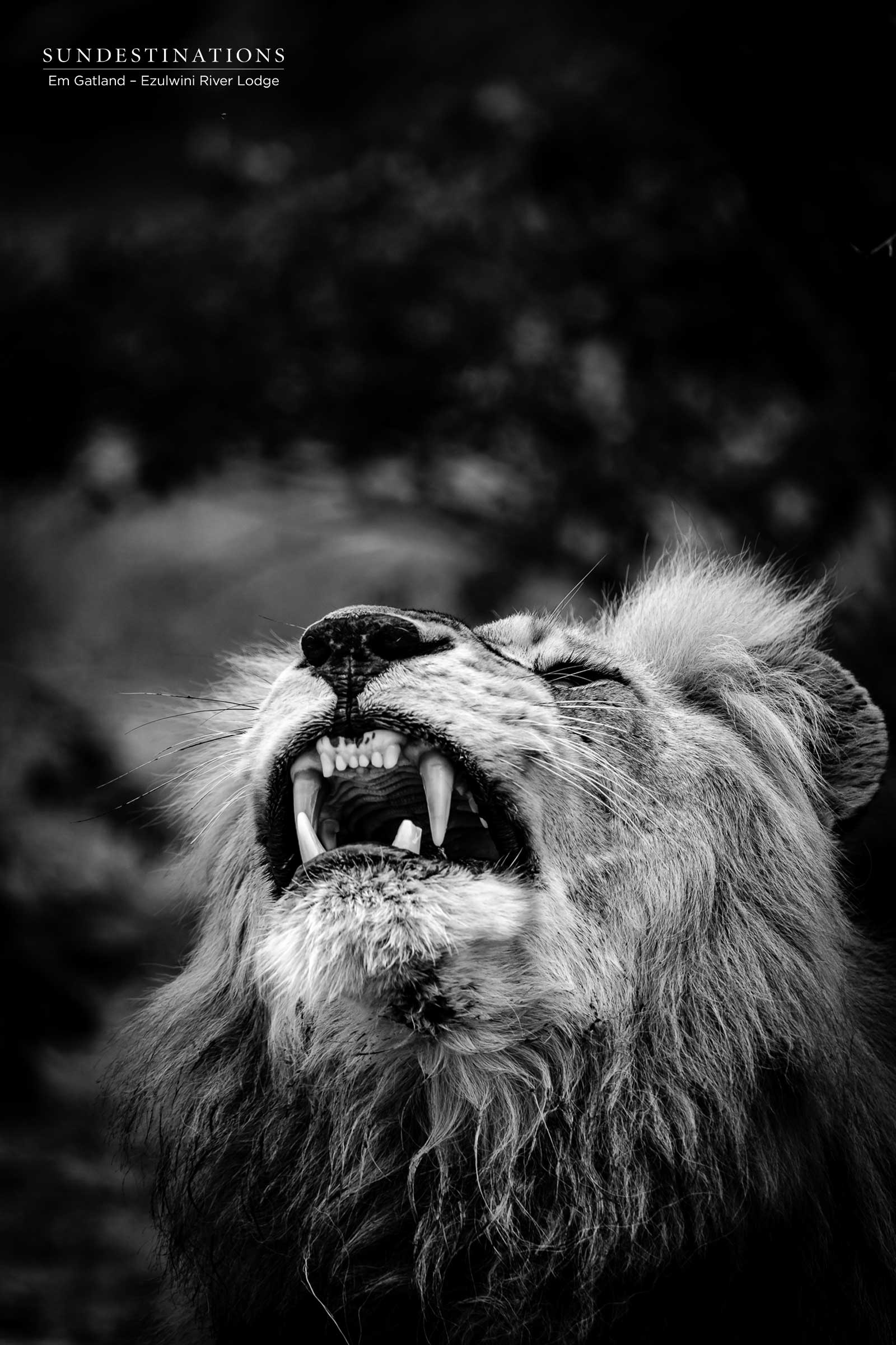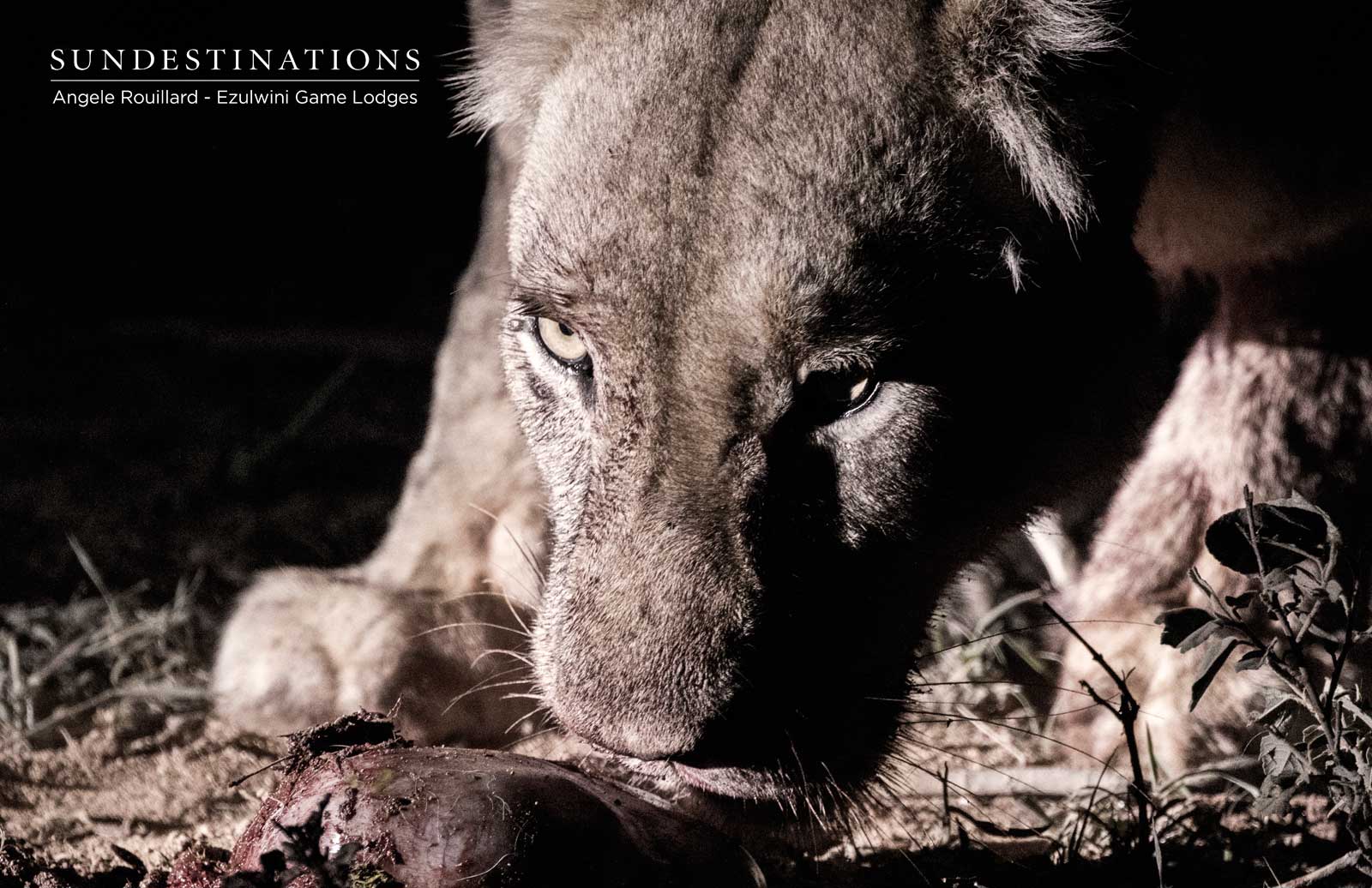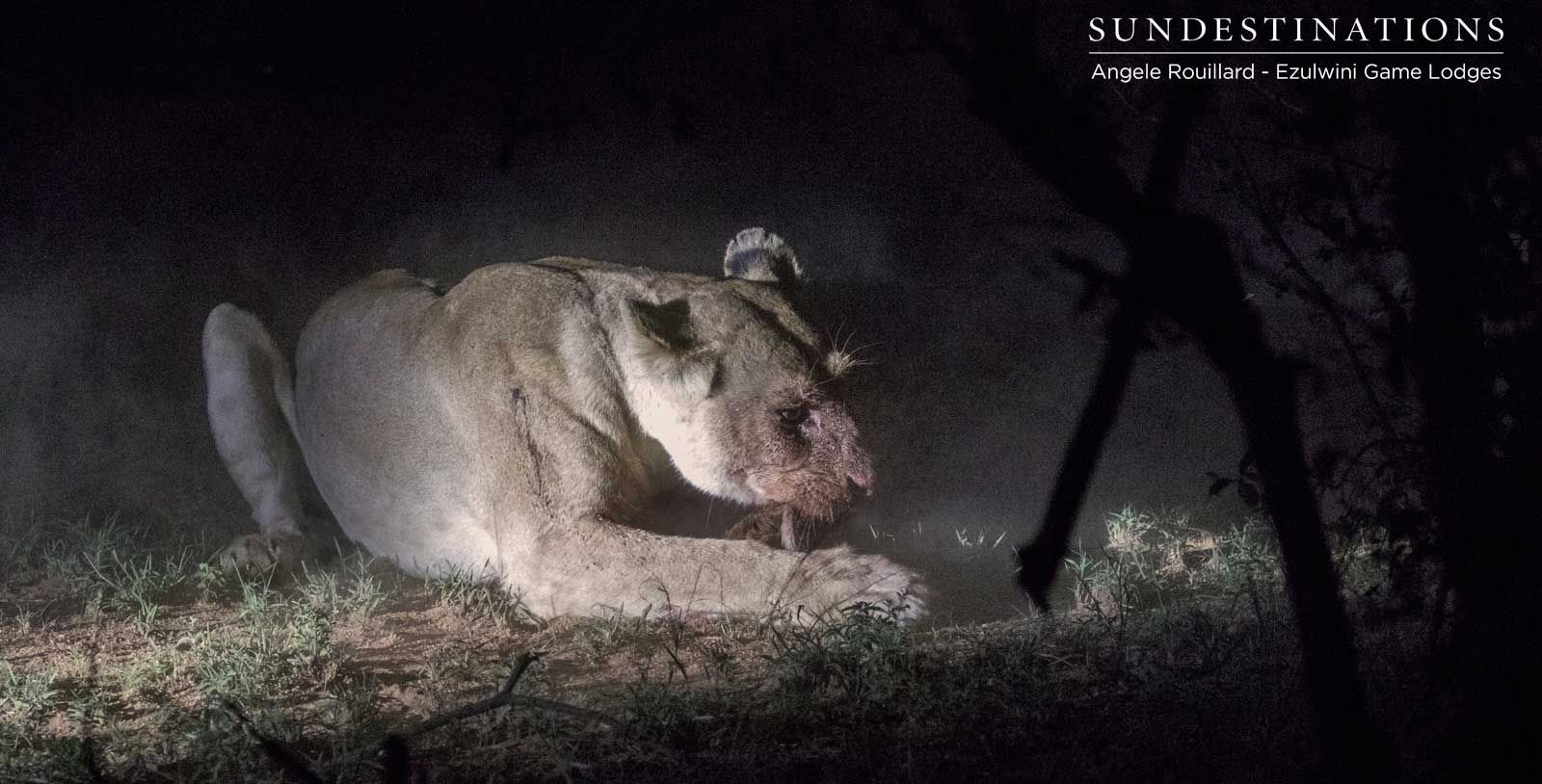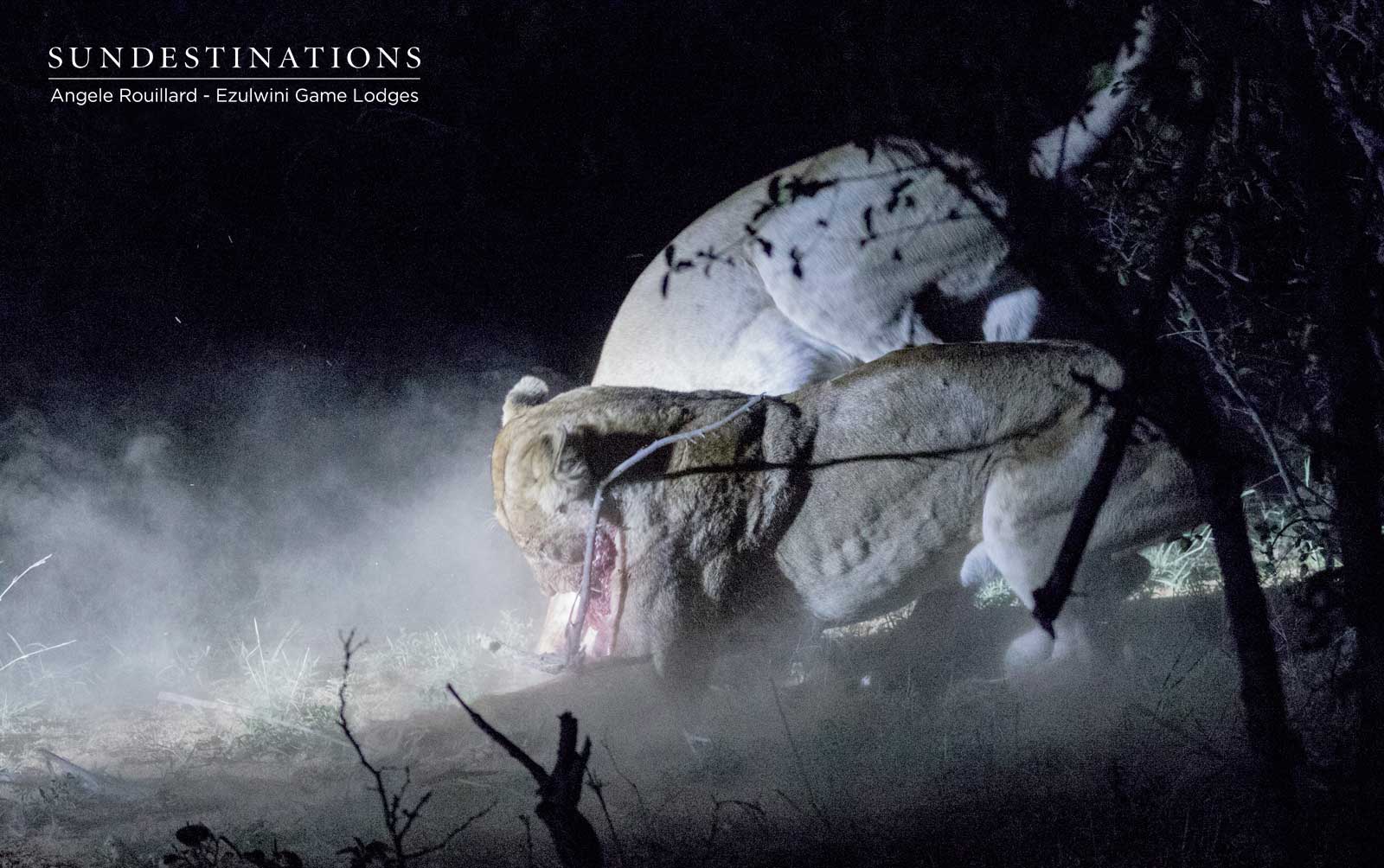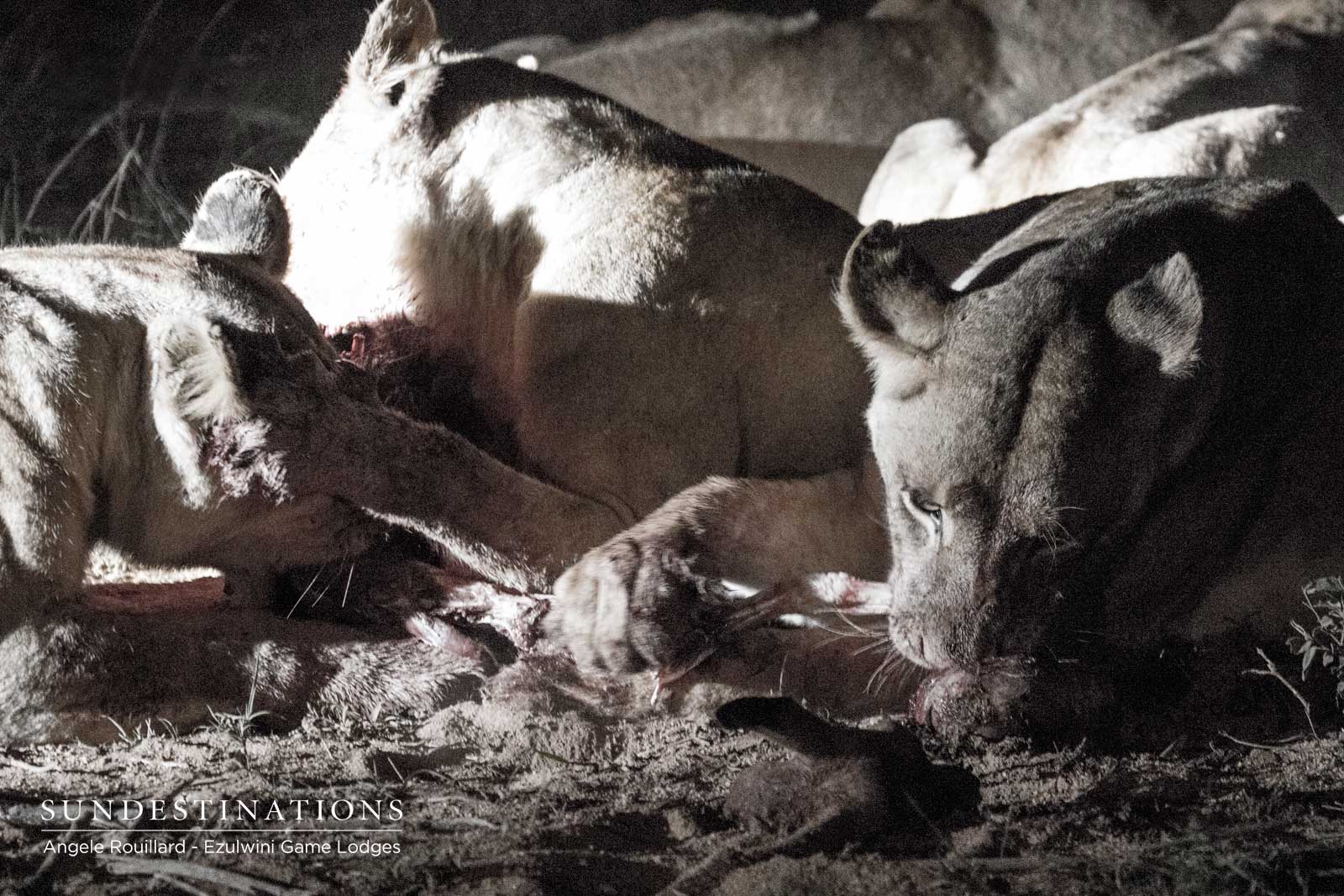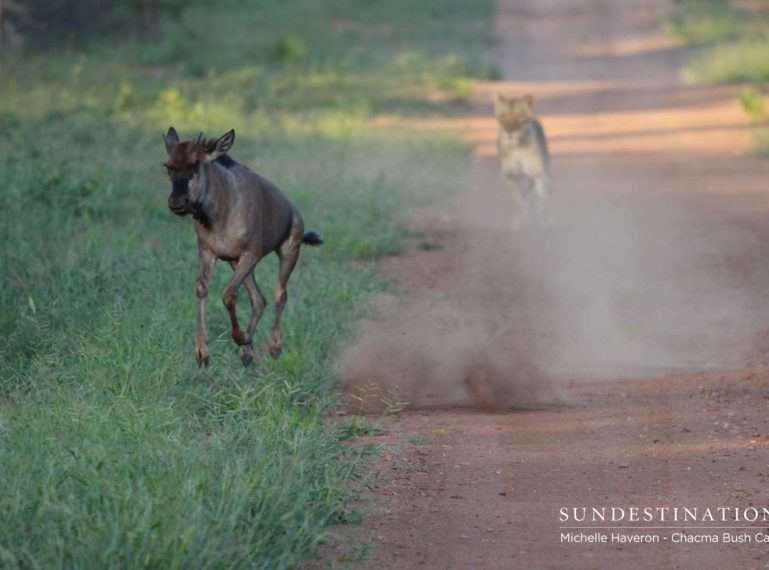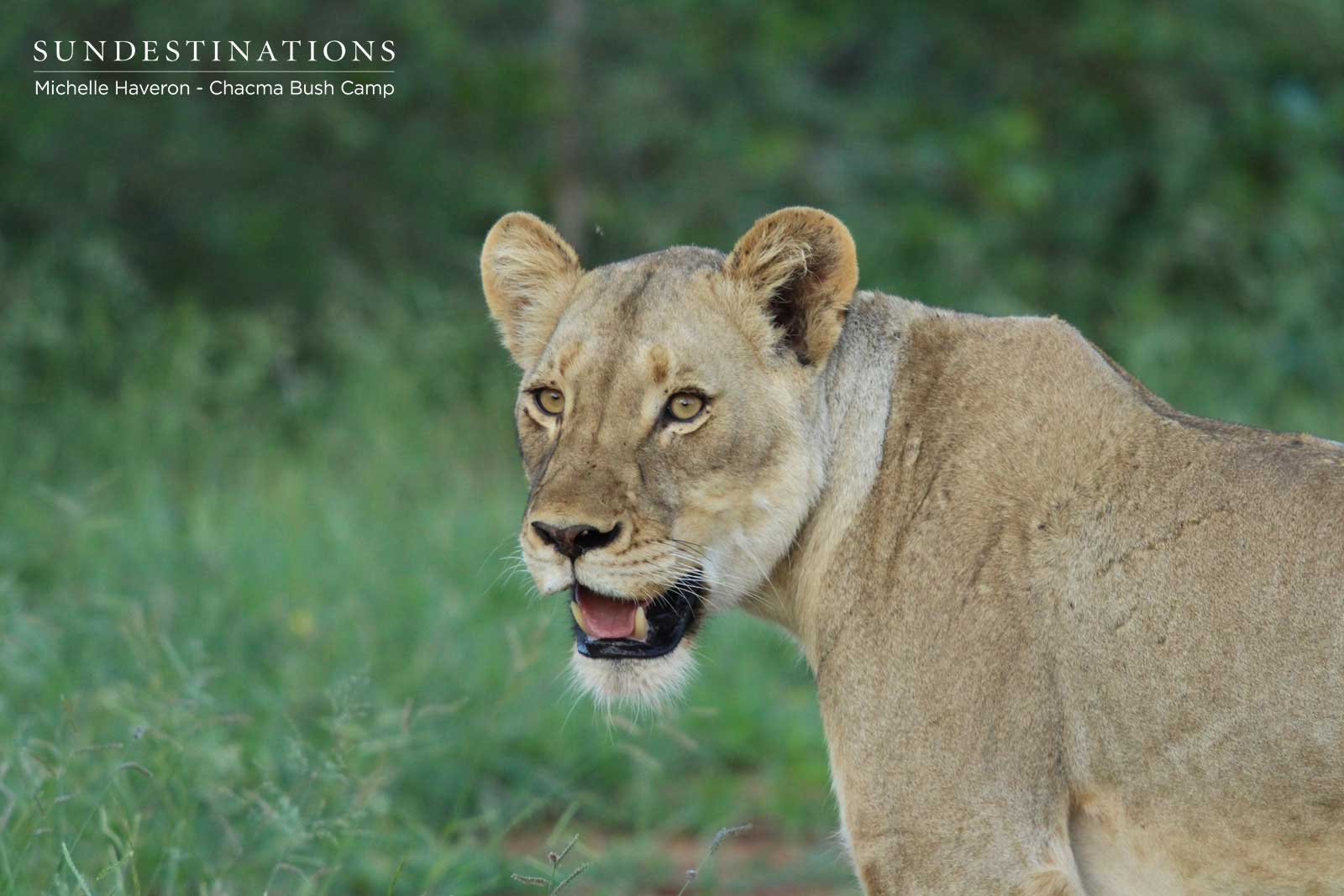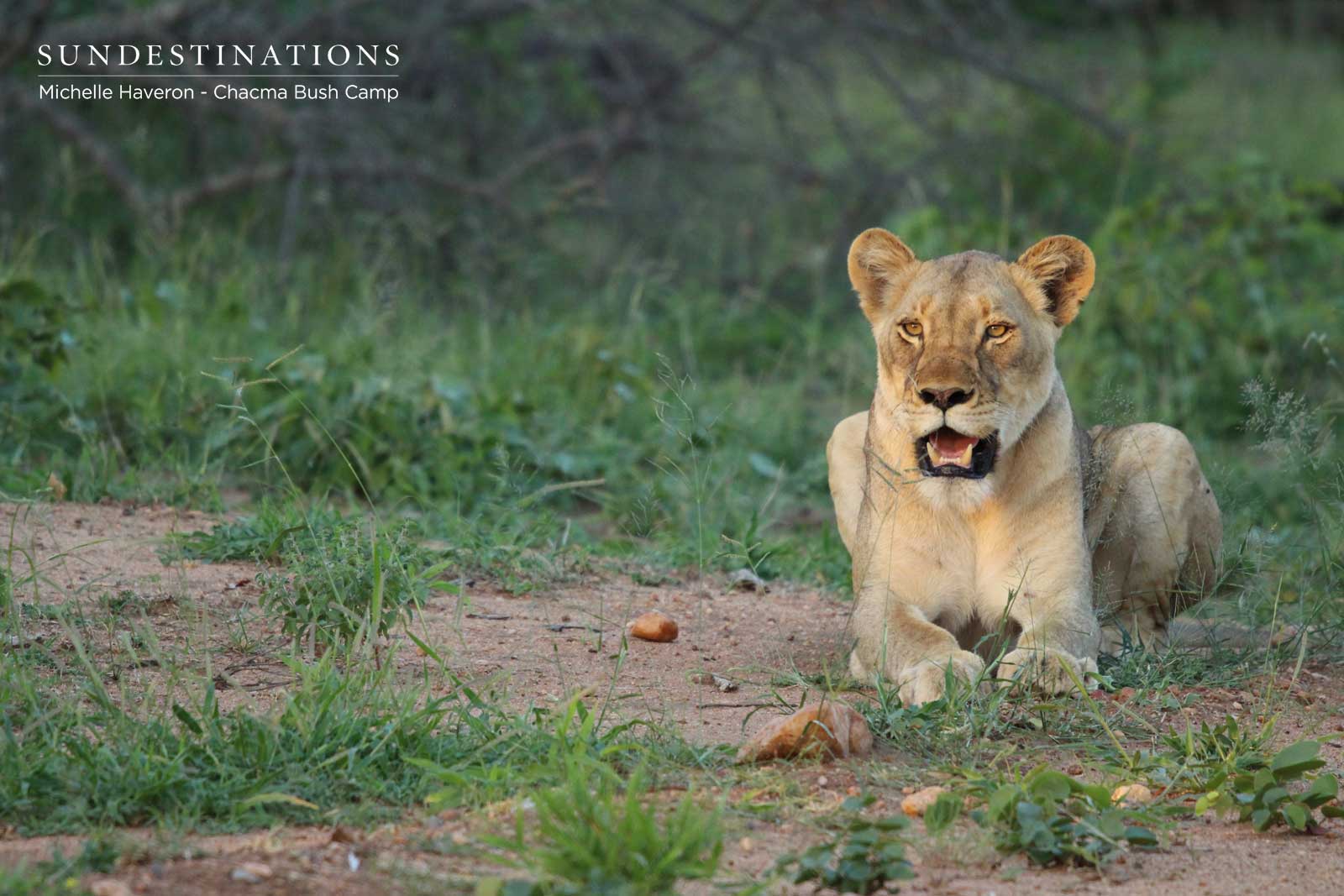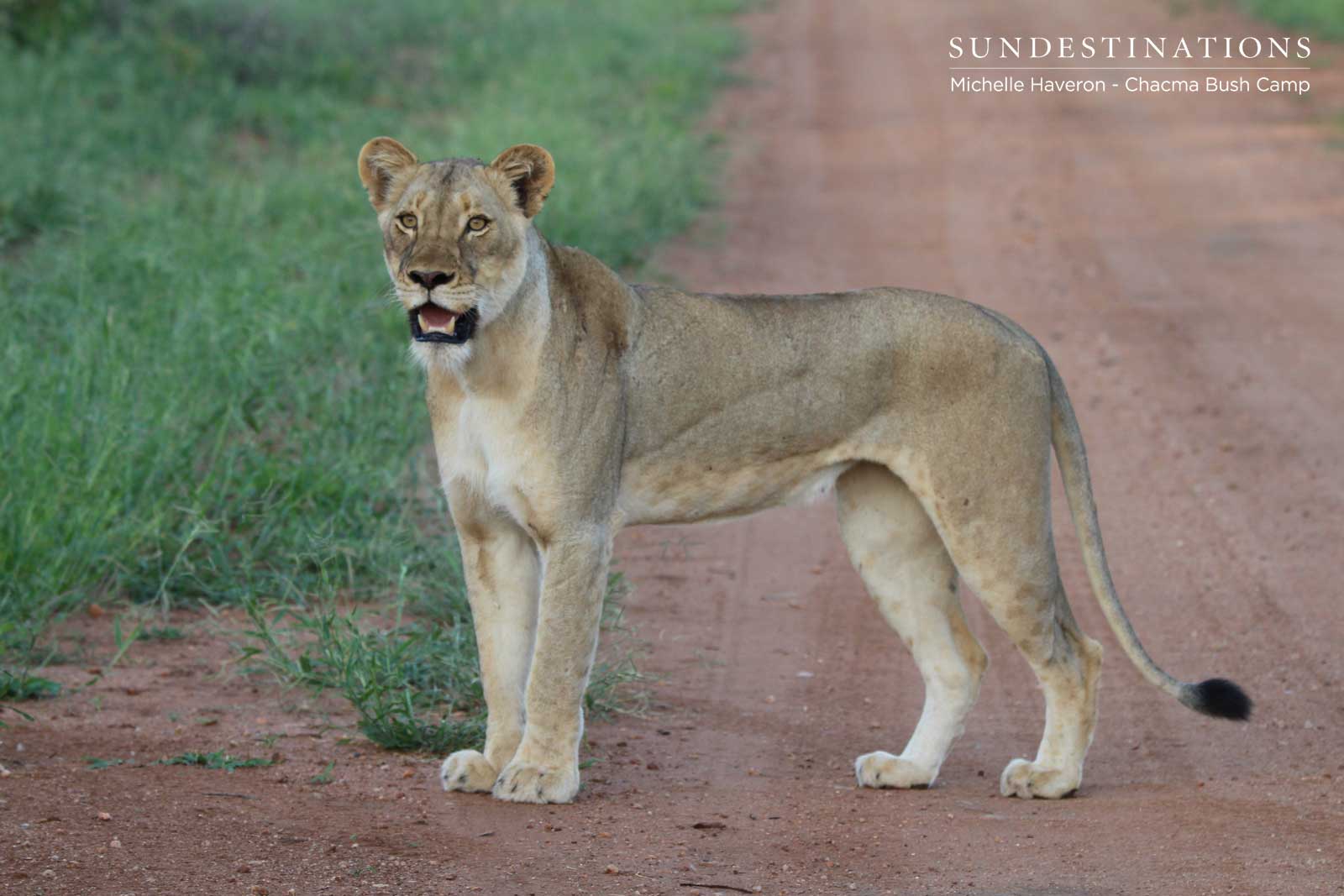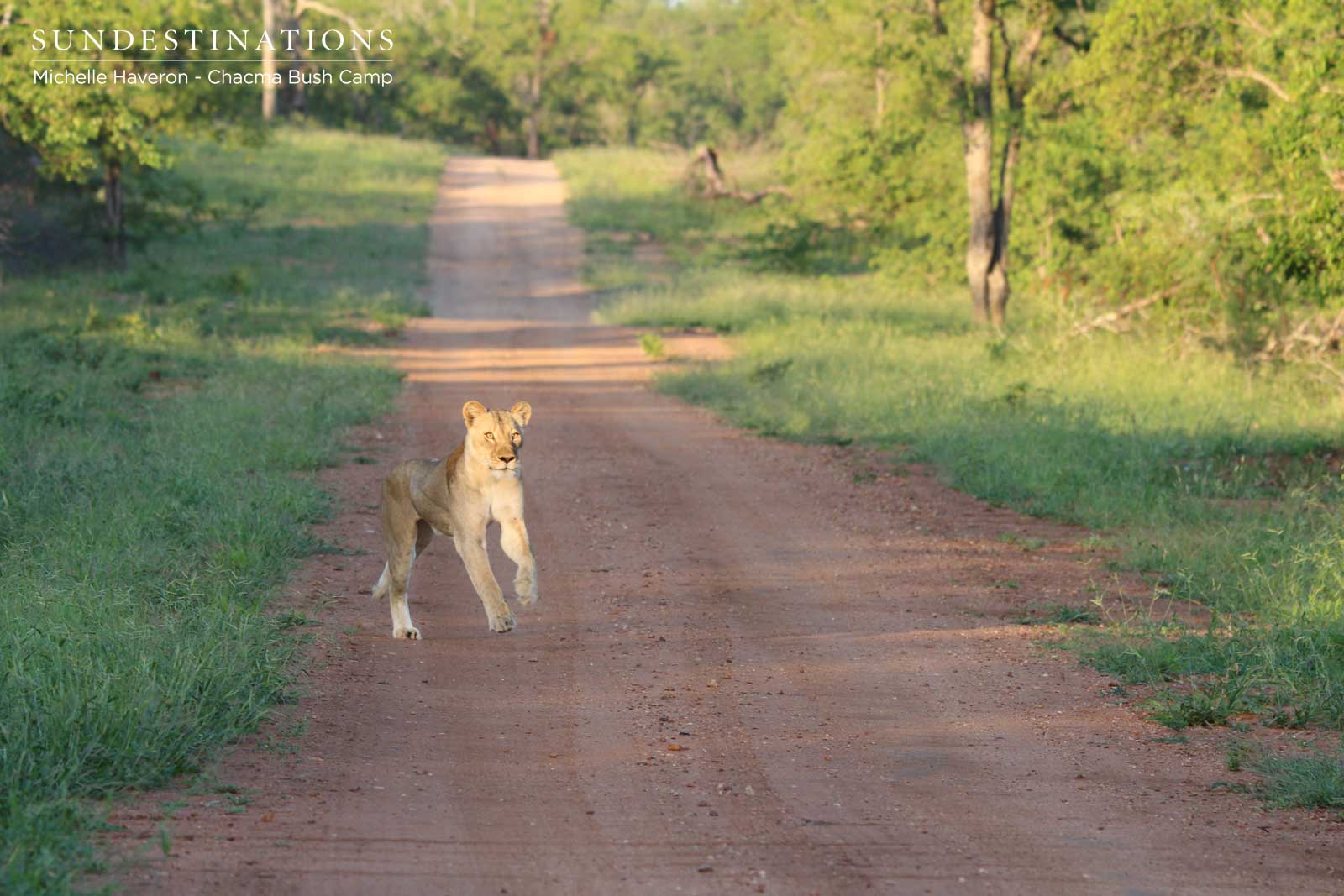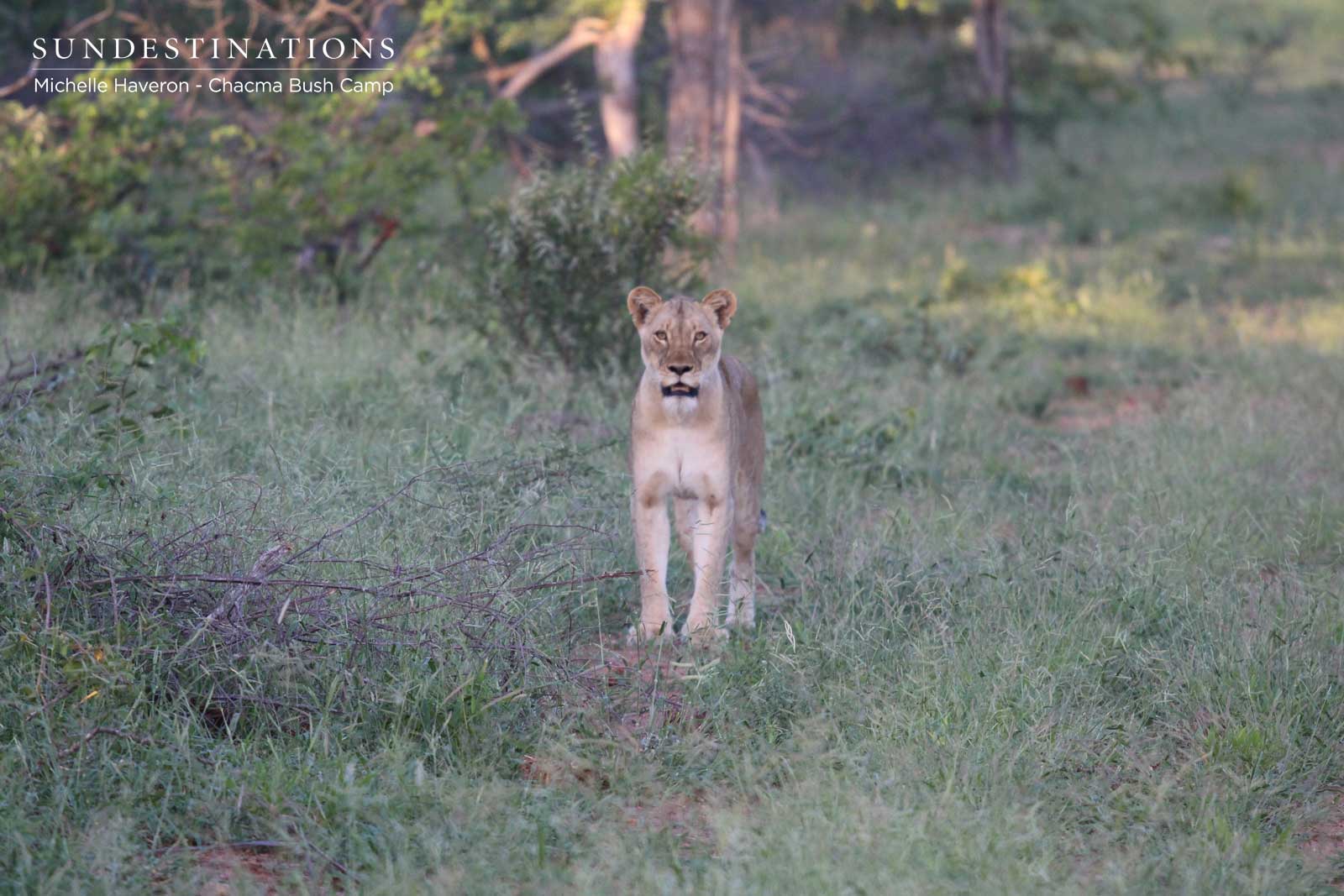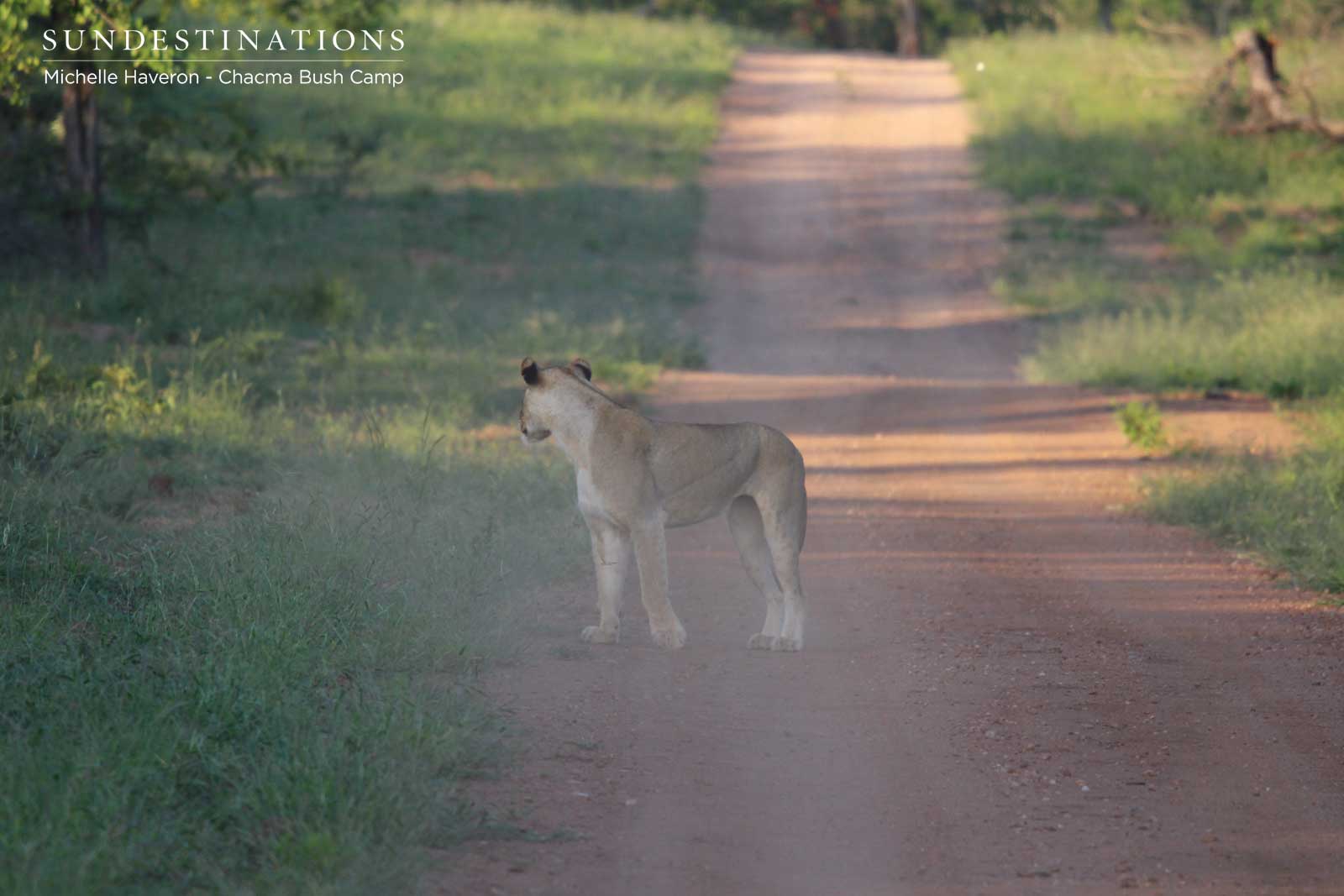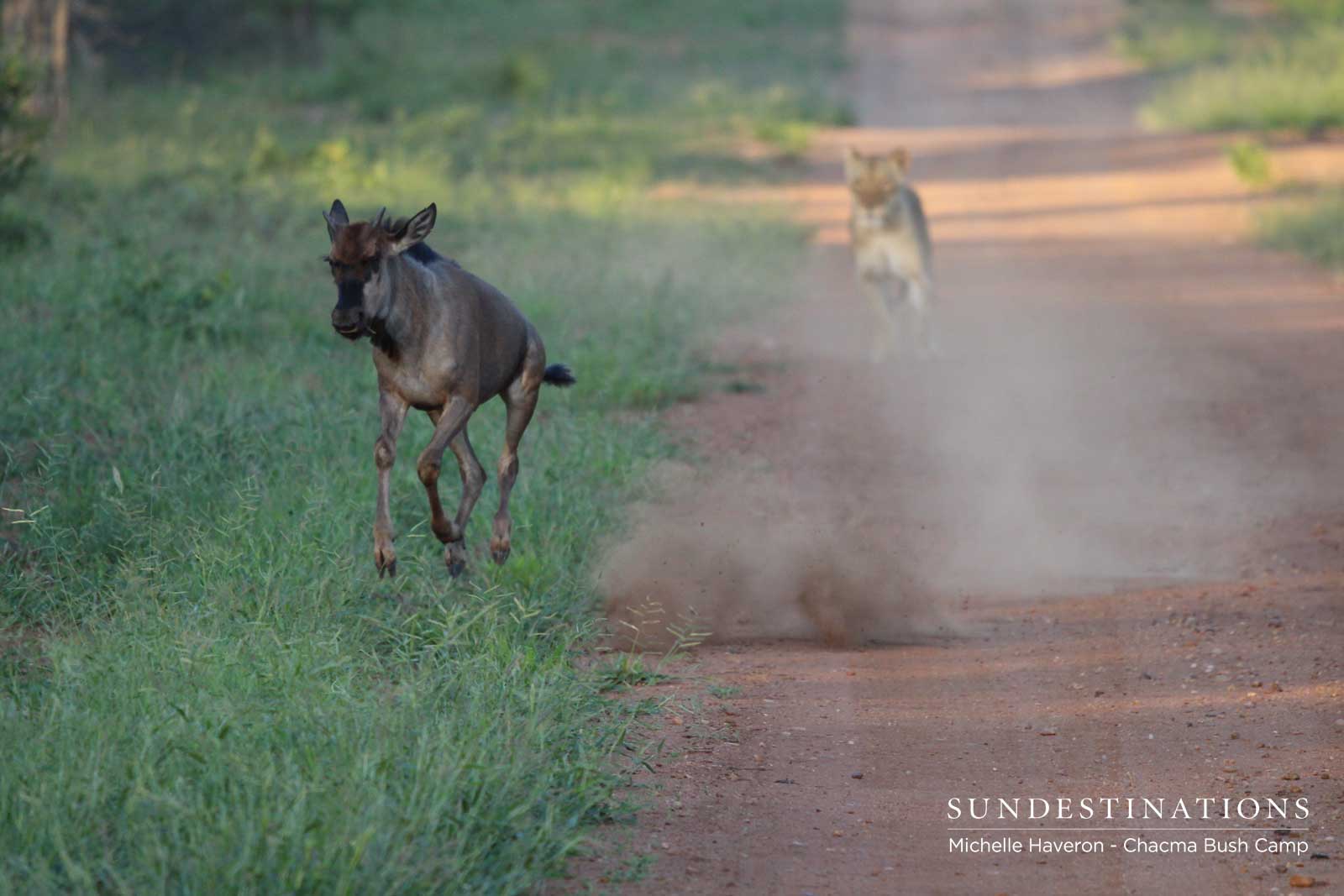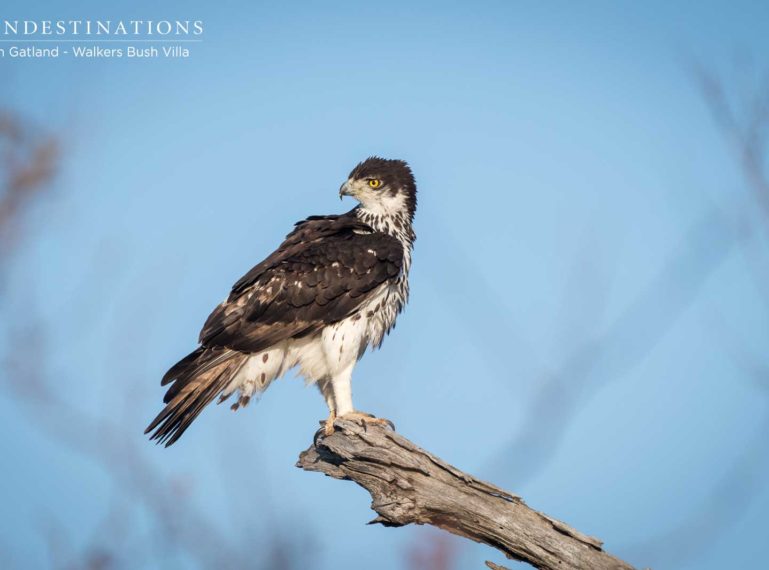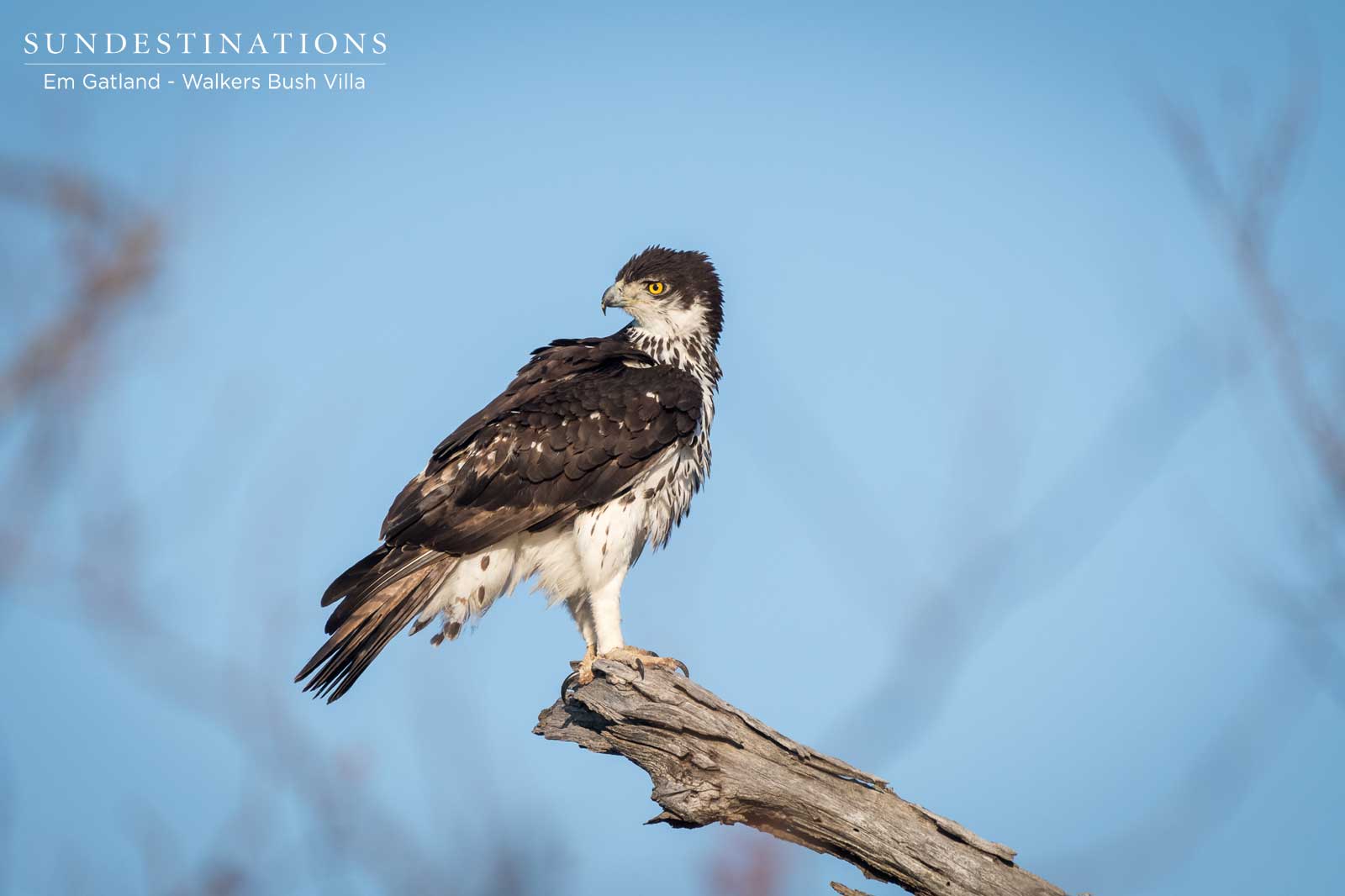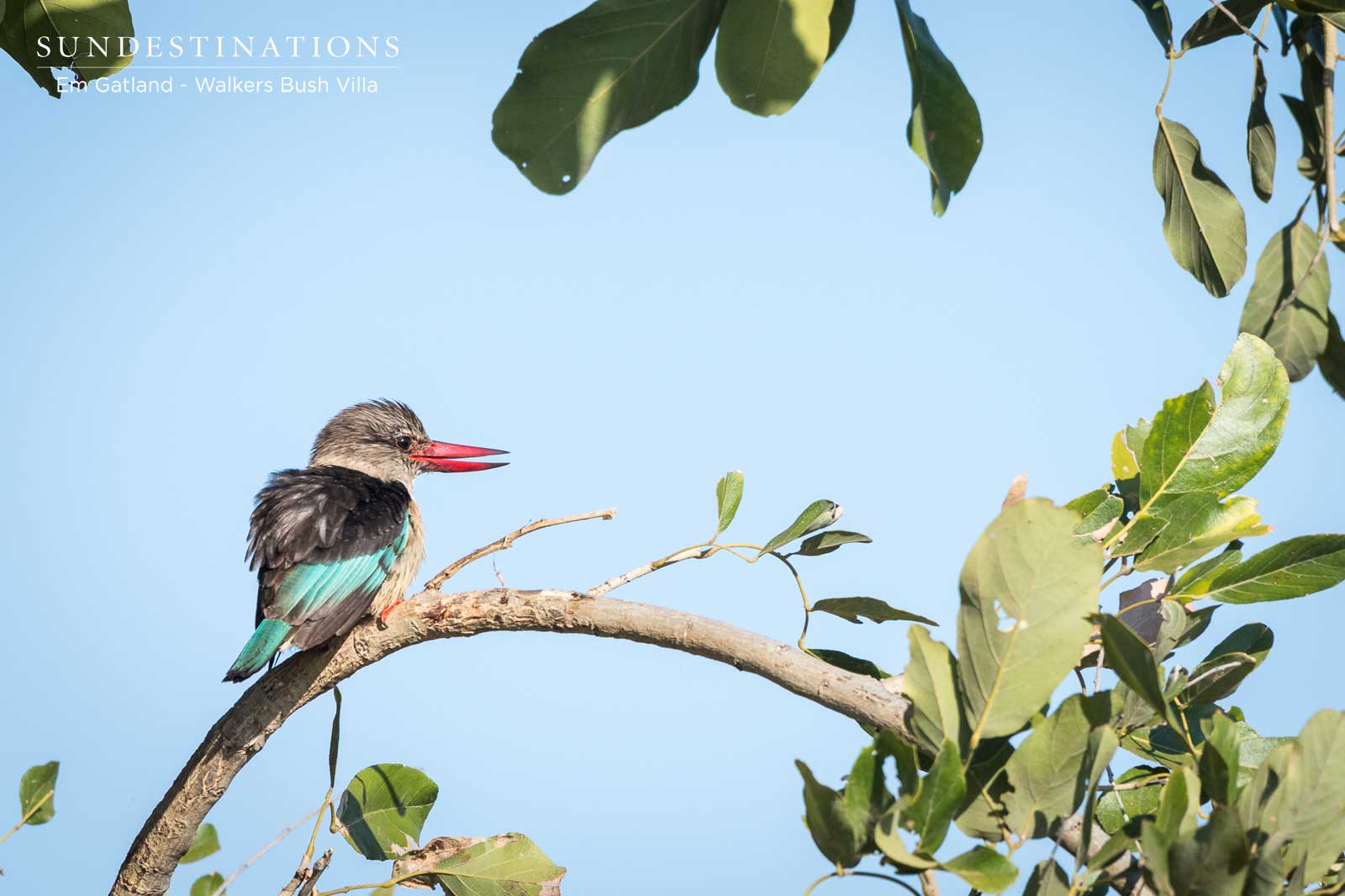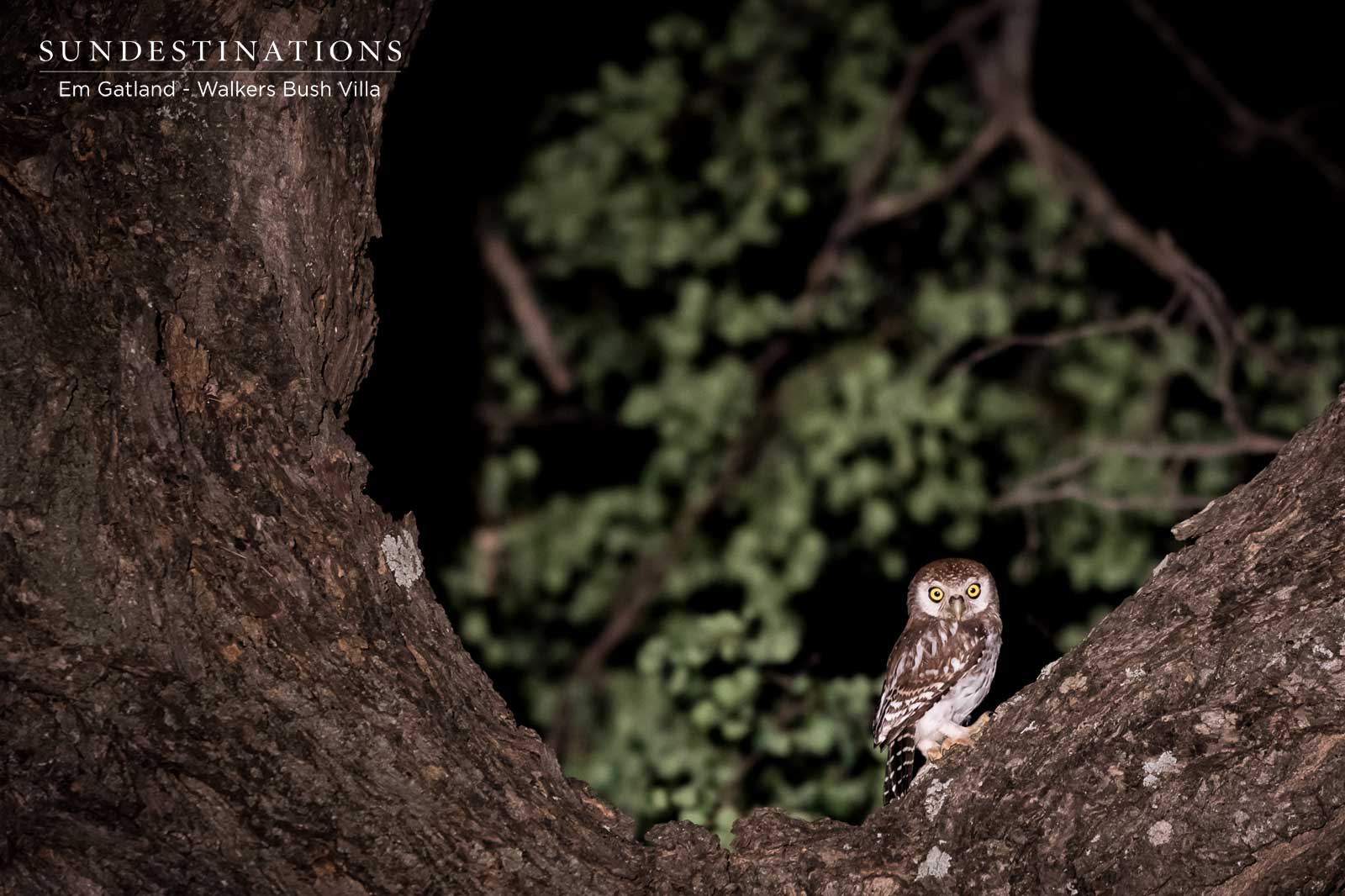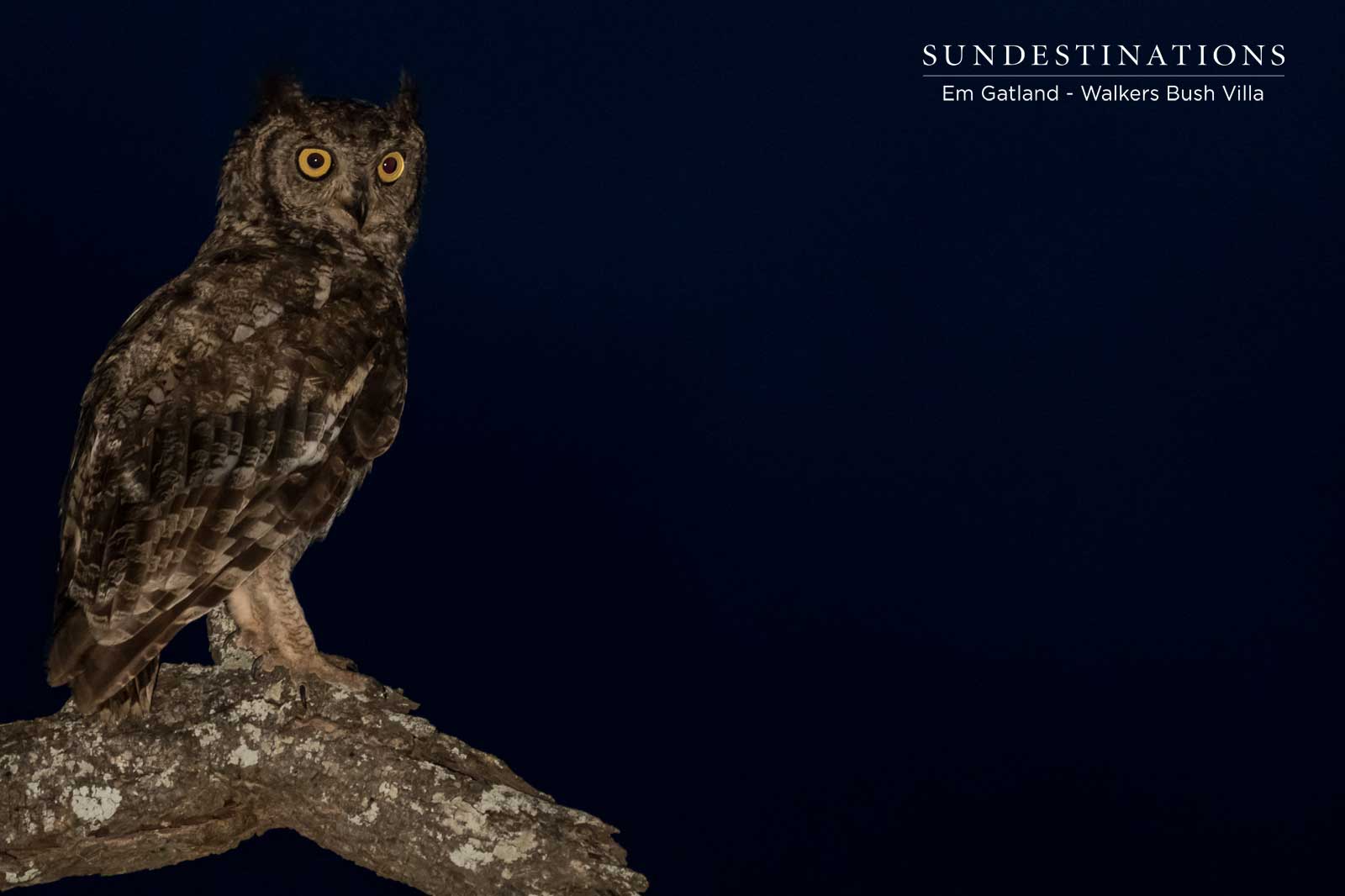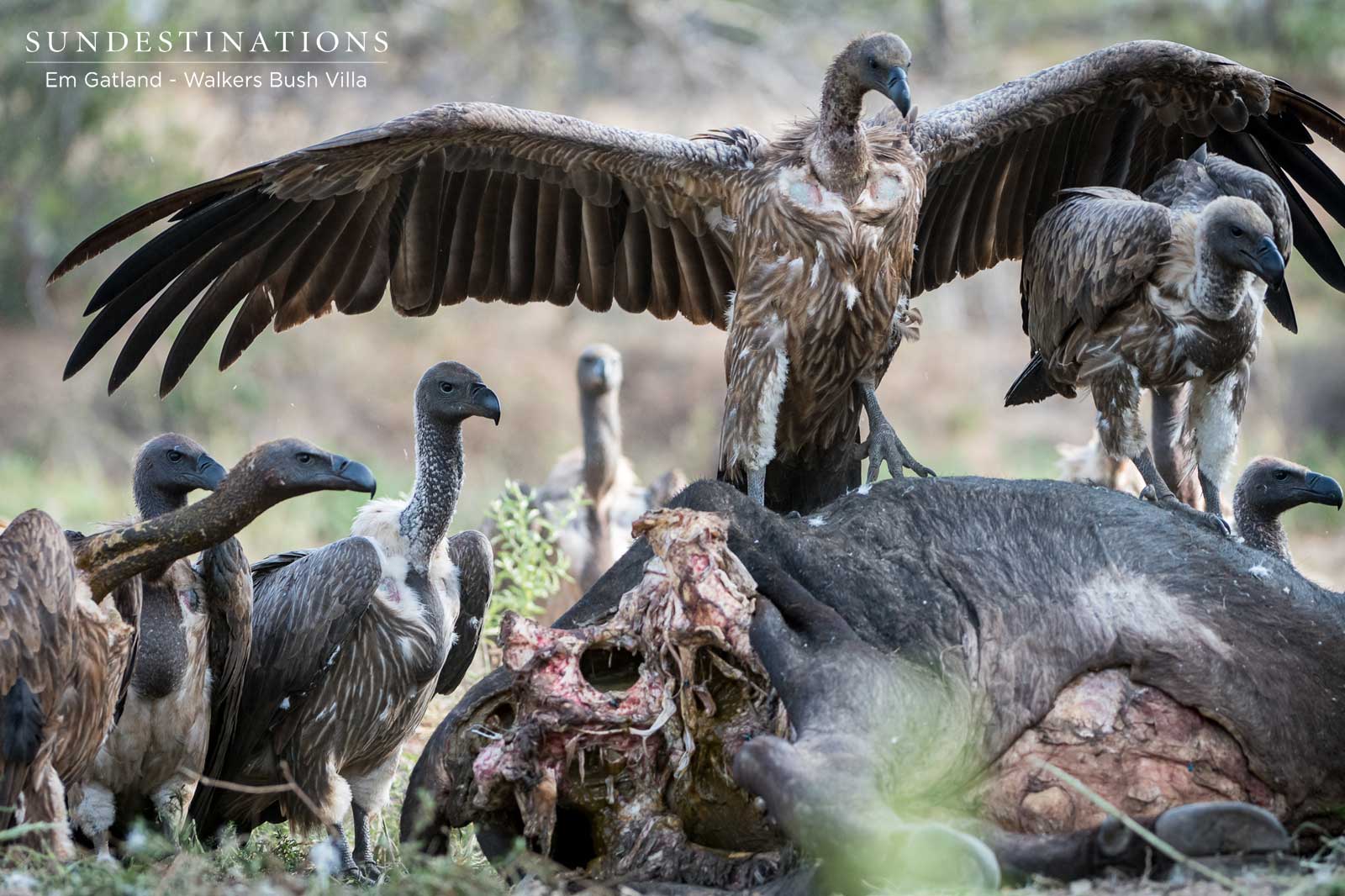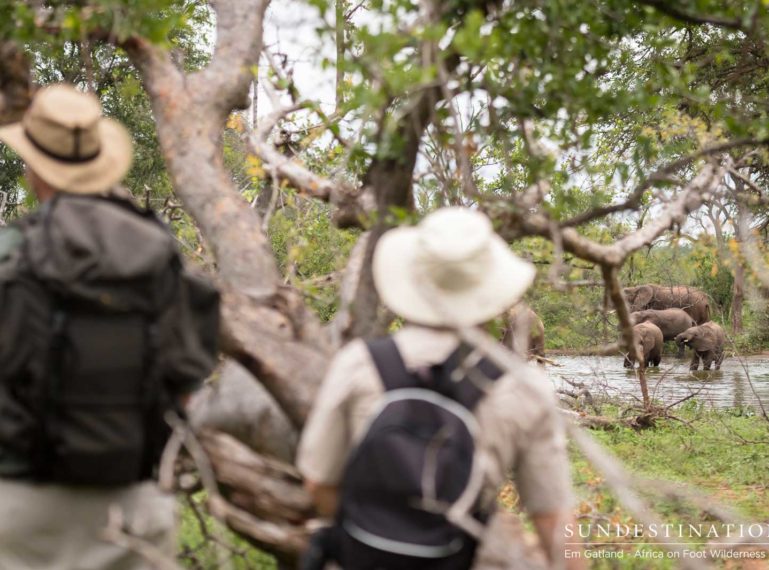
We Found Lions on Foot During Our 3 Day Kruger Walking Trail
Despite the torrential downpours and unpredictable weather bestowed upon us by moody Mother Nature, our scheduled 3 day walking trail in the Greater Kruger’s Maseke Game Reserve went ahead as planned. This weather is not atypical to the Kruger during the summer months and this time of year we’re at the tail end of summer, so the weather can be ominous at times. However, this certainly doesn’t deter our wildlife. We enjoyed an absolute highlight of a sighting – we discovered lions while on foot! Who cares about one day of bad weather when you get to observe lazy lions succumbing to their full stomachs from a recent kill.
Being on foot means we are constantly in the right place at the right time. Expert trails guide Luan set out on Thursday to lead the walking group through the undulating Maseke Game Reserve in search of wildlife. Many lessons were learnt en route and plenty of laughs were shared.
Photographer Em Gatland joined the intrepid crew to document their journey and share a few highlights from our bi-weekly 3 day walking trail. Tracking animals on foot while retiring to a different scenic location each night and being waited on hand-and-foot by qualified staff offers the best of three worlds – adventure, comfort and wildlife.
Day 1 : Hear Us Roar
The first day at camp included the standard arrival procedure. Arrive, kick back, unwind and relax. Depending on the group, weather conditions and general consensus; a choice is made to either walk or enjoy an evening game drive. The group opted for a game drive which proved to deliver ample wildlife sightings of elephants, crocodiles and bounding plains game.
The real excitement came when the adventurers returned to camp.
While discussing life in general around the crackling campfire and hungry embers, the lions began to contact call. When dinner was served an implausibility of wildebeest appeared to be disgruntled and were going mad around the outskirts of camp. In the early hours of the morning the group heard the unmistakeable sounds of a lion pride taking down prey. From the sounds it was clear the the incident was close to camp.
Day 2 : Getting Close to Slumbering Lions
At 5:30 the walkers headed out into the undiscovered bushveld. This was circa 2 hours since the lions had made the kill, so Luan decided to try locate them using his tracking skills combined with knowledge of the pride’s behaviour from the previous day. Luan headed straight for the thick bush ensuring great care and safety was taken at all times. Photographer Em said, “It was quite an adrenalin rush heading into the mopane woodlands to find the lions!”
Luan found fresh tracks and, lo and behold, the lions were found ! The cats were completely flat and had full bellies. Em couldn’t get the best visual while on foot because the lions were shrouded in greenery and refused to rise from their slumbering positions.
That evening after walking 6 – 8 km in the wild the evening game drive was a welcome relief. Yet again more wildlife was spotted proving that the Maseke Game Reserve truly has earned its social media hashtag, #MasekeMagic!
Day 3 : Spotting a Spitting Cobra
The second day of walking delivered even further interesting sightings with an unusual encounter with a Mozambique Spitting Cobra. Luckily Luan was leading the walkers and spotted this agitated youngster from a distance. Em was close enough to take a quick photo, but she avoided getting too close.
The day saw the group learning about the small things in the ‘veld. Old bones and skulls from recent big cat kills were discovered. Luan discussed the many uses of the surrounding vegetation and the group managed to spot four elephant herds frolicking in the deep waters.
Shortly before returning to camp the weather showed its more temperamental side and warned everyone that the following day might not go as planned (that’s what we call an adventure!).
Yet again, the lions were calling throughout the night.
Day 4 : The Wrath of Mother Nature
As predicted, Mother Nature decided that she’d had enough of our incredible sightings so she opened the thunderclouds and let the rains down in Africa replenish the landscape! It was all part of the adventure.
We hope this gives you a clearer understanding of what our 3 night, 4 day Africa on Foot walking trail in the Maseke Game Reserve entails. We can’t always guarantee the type of sightings we had last week because each trail is different. but we can guarantee a unique walking and wildlife experience deep in the heart of the Kruger!
